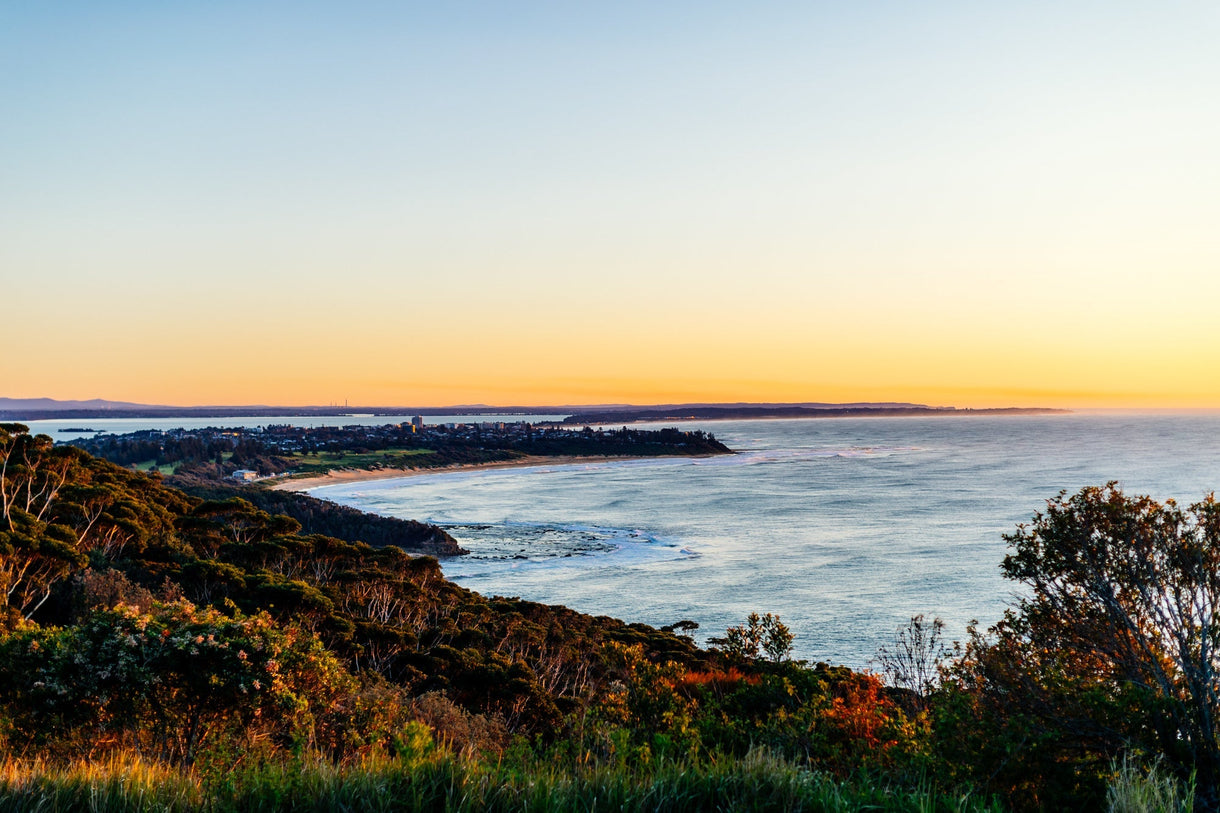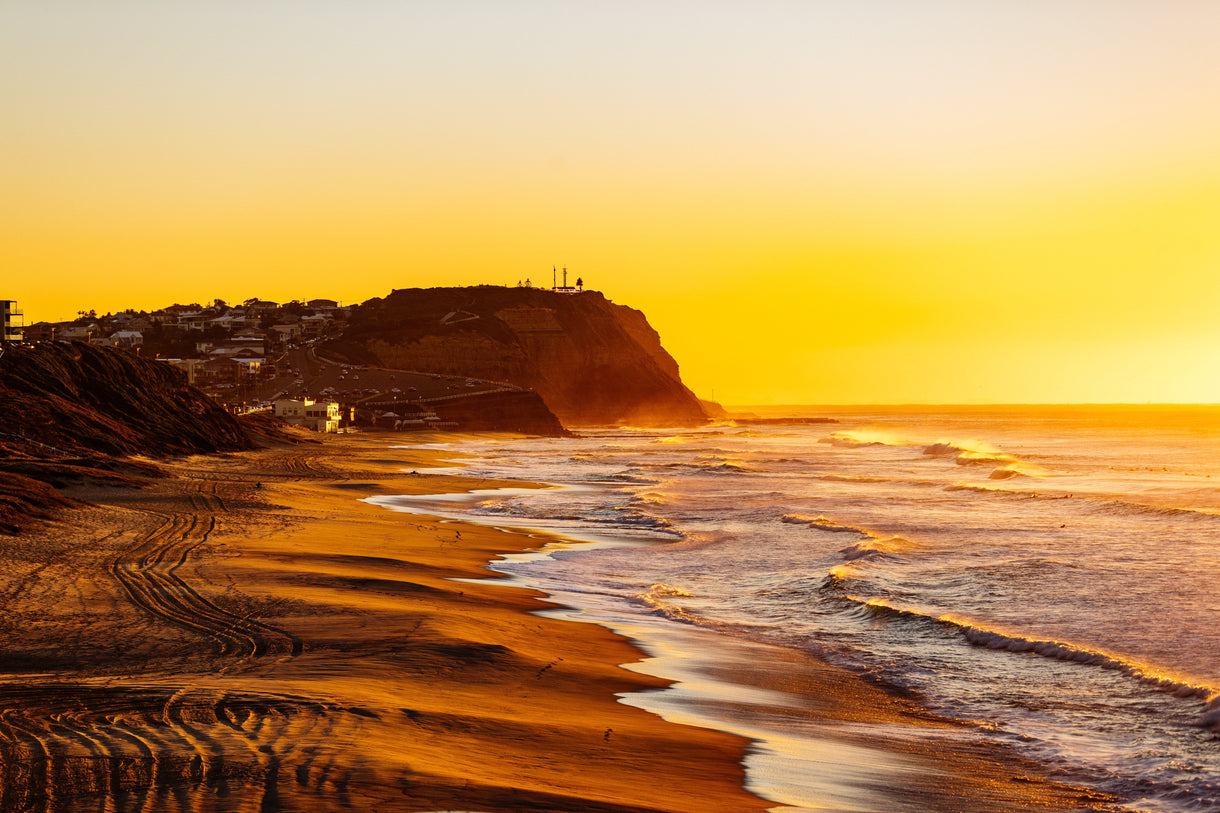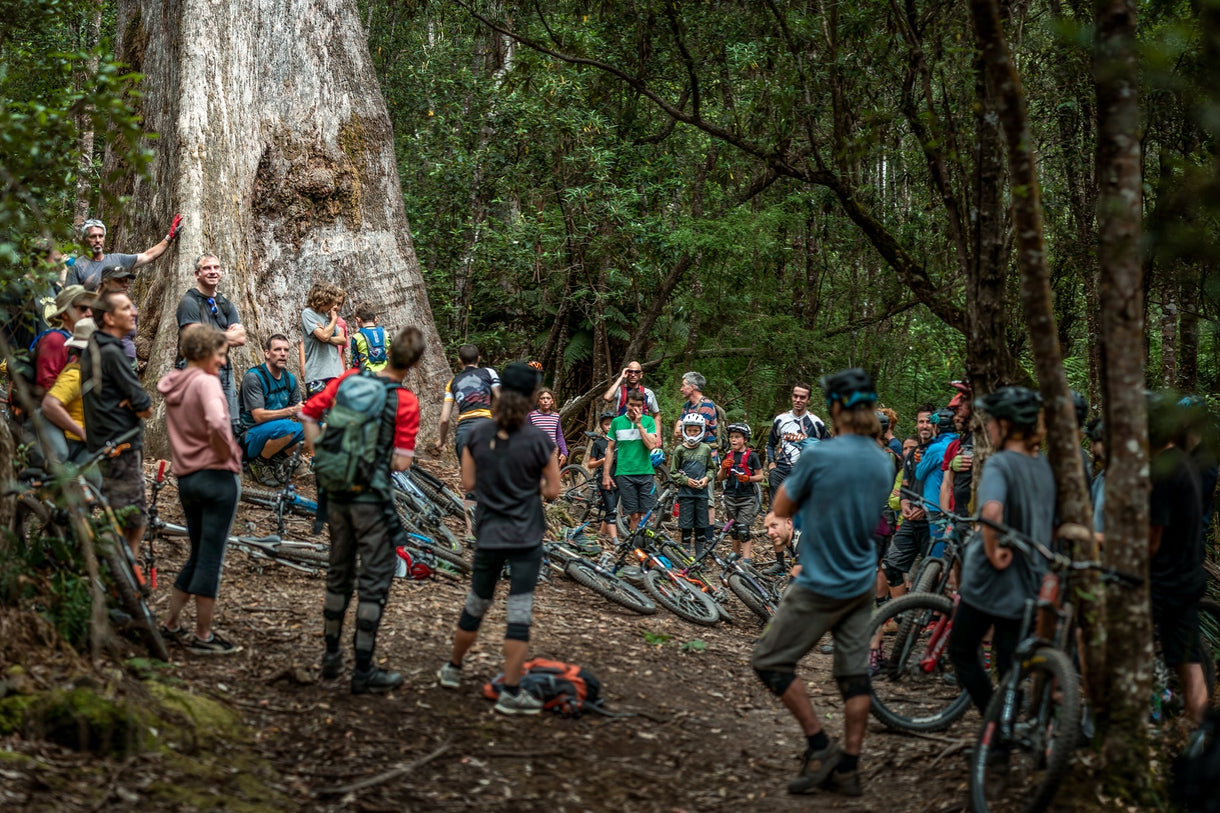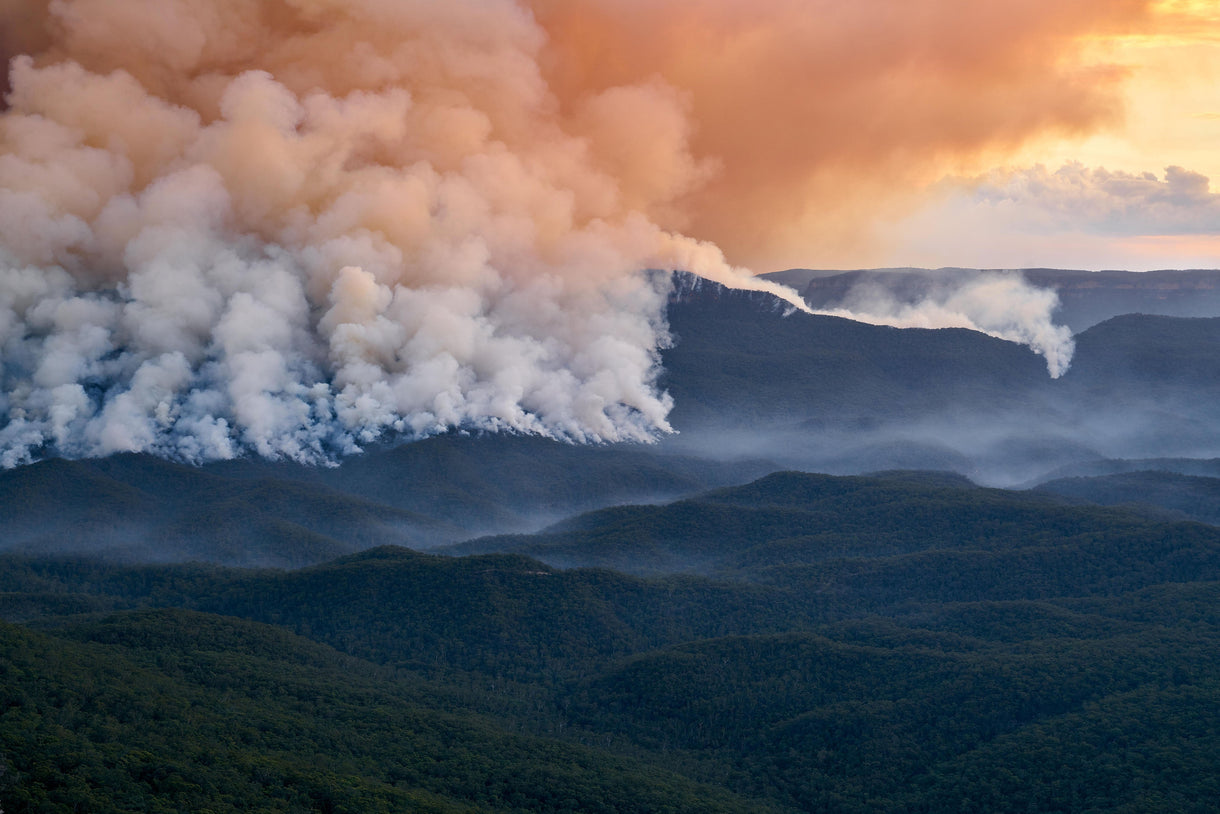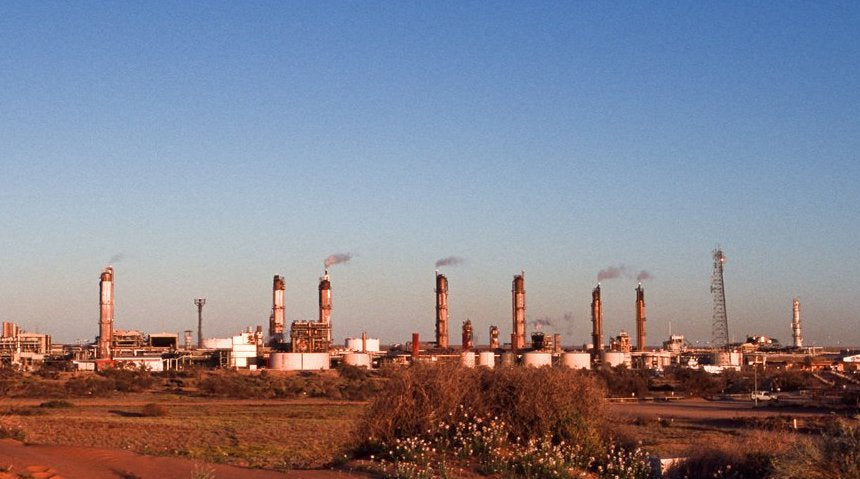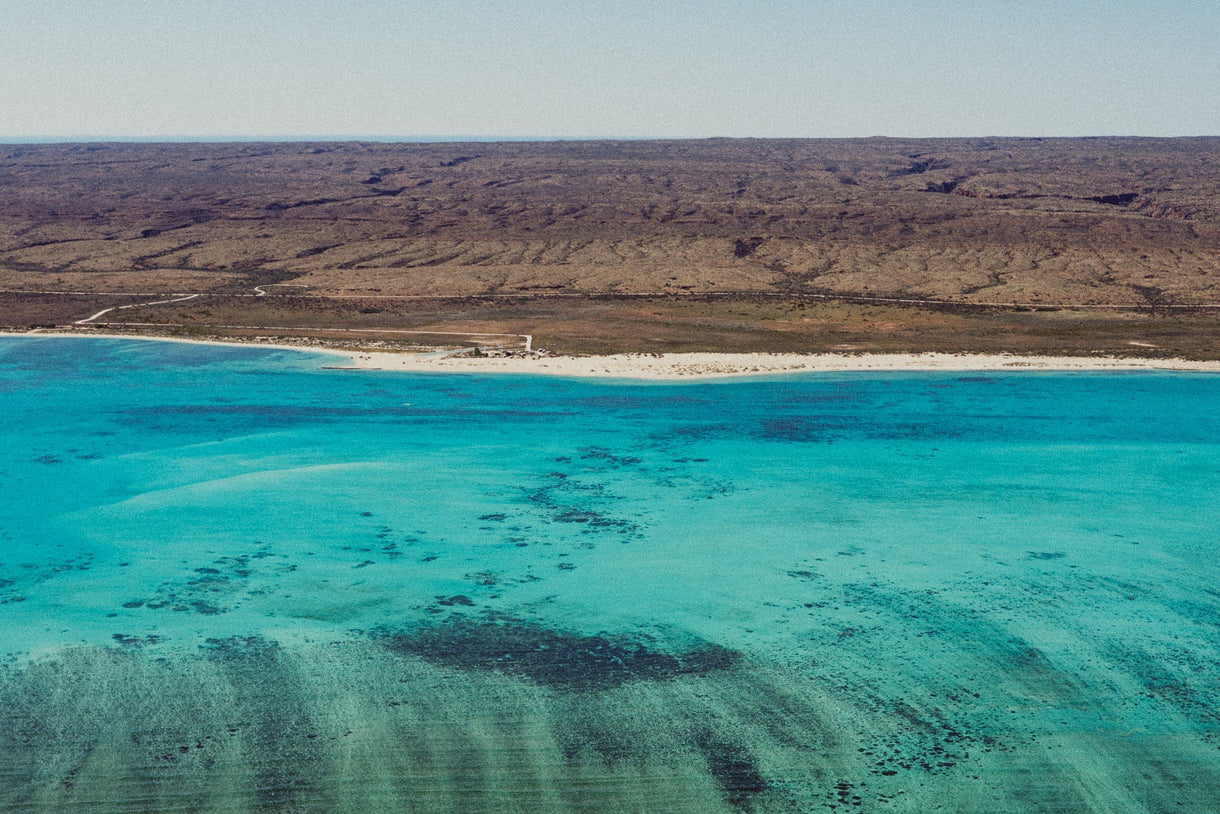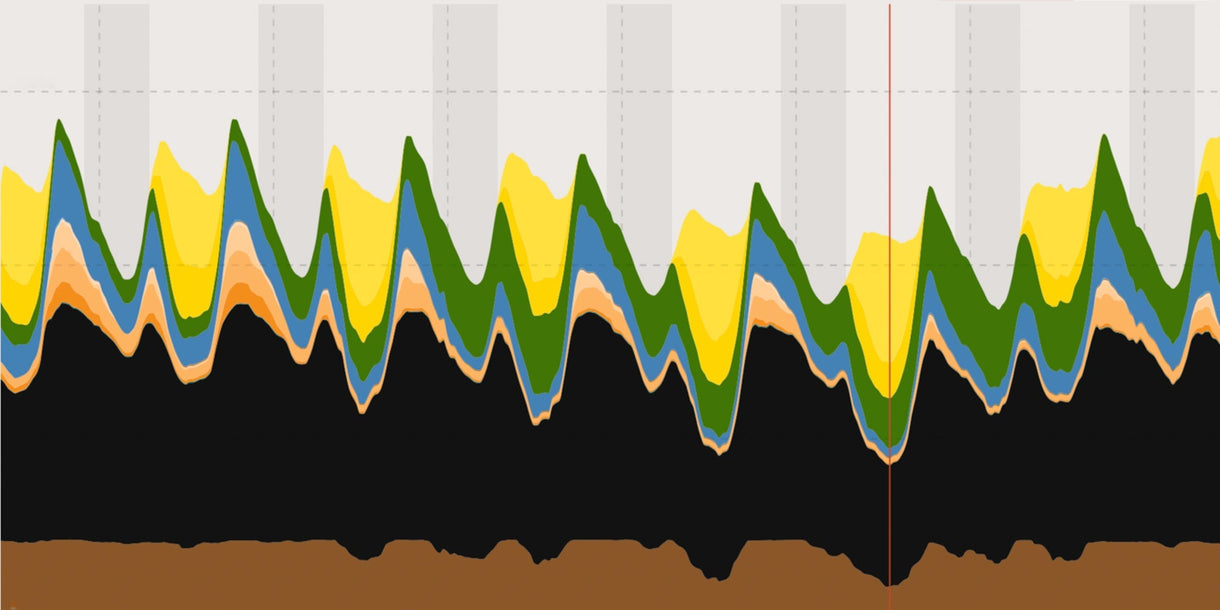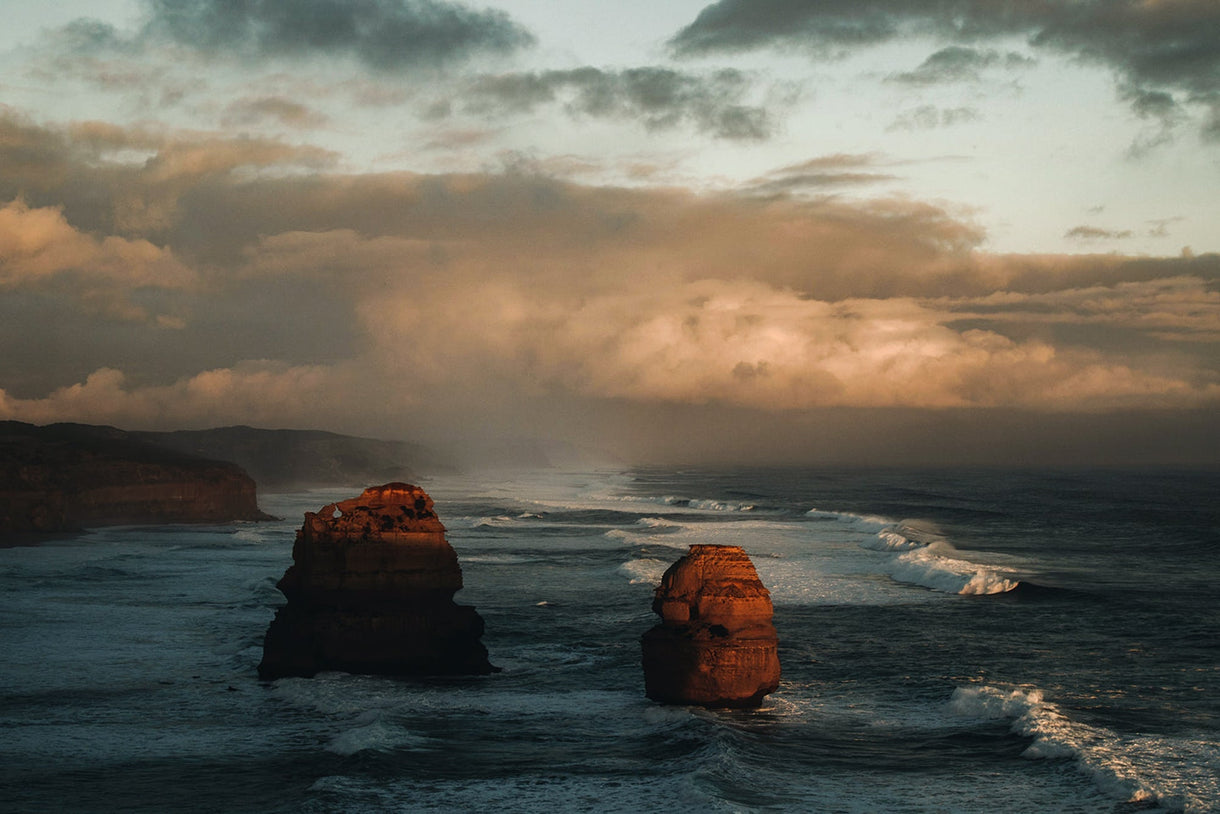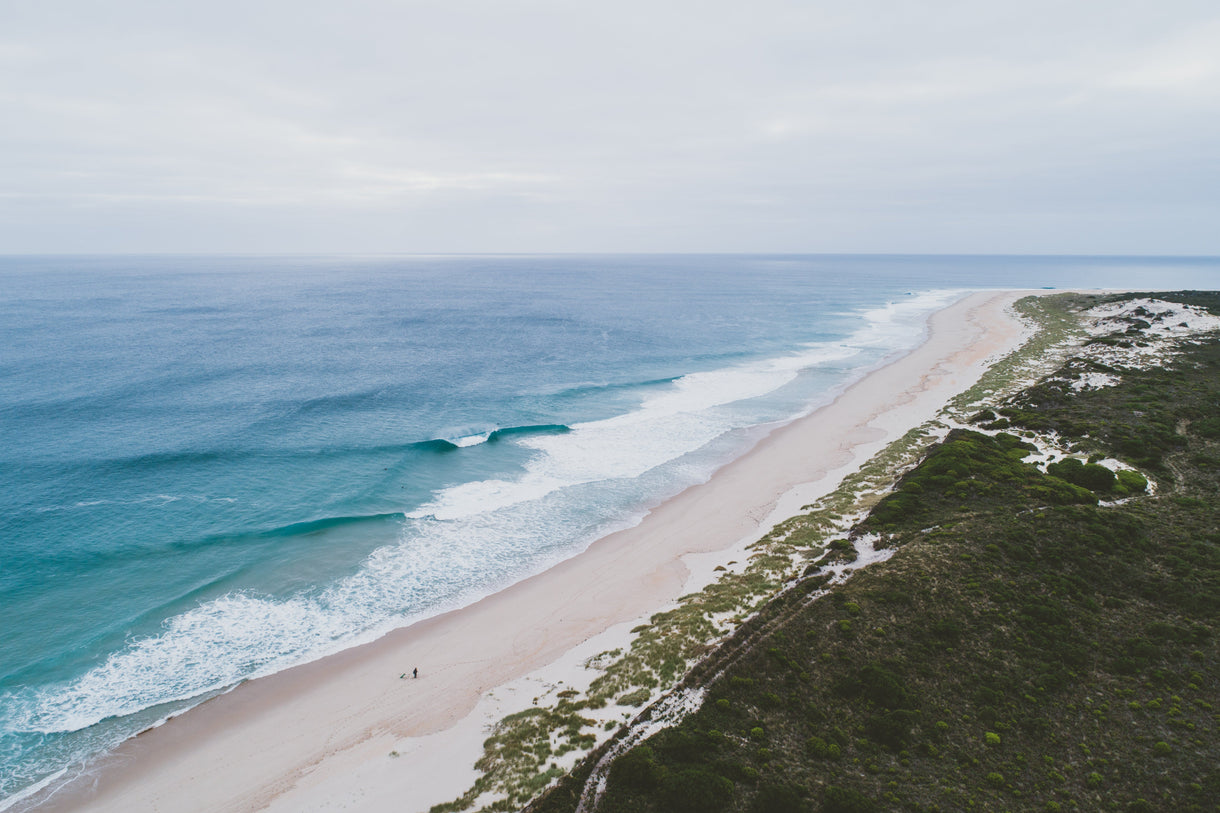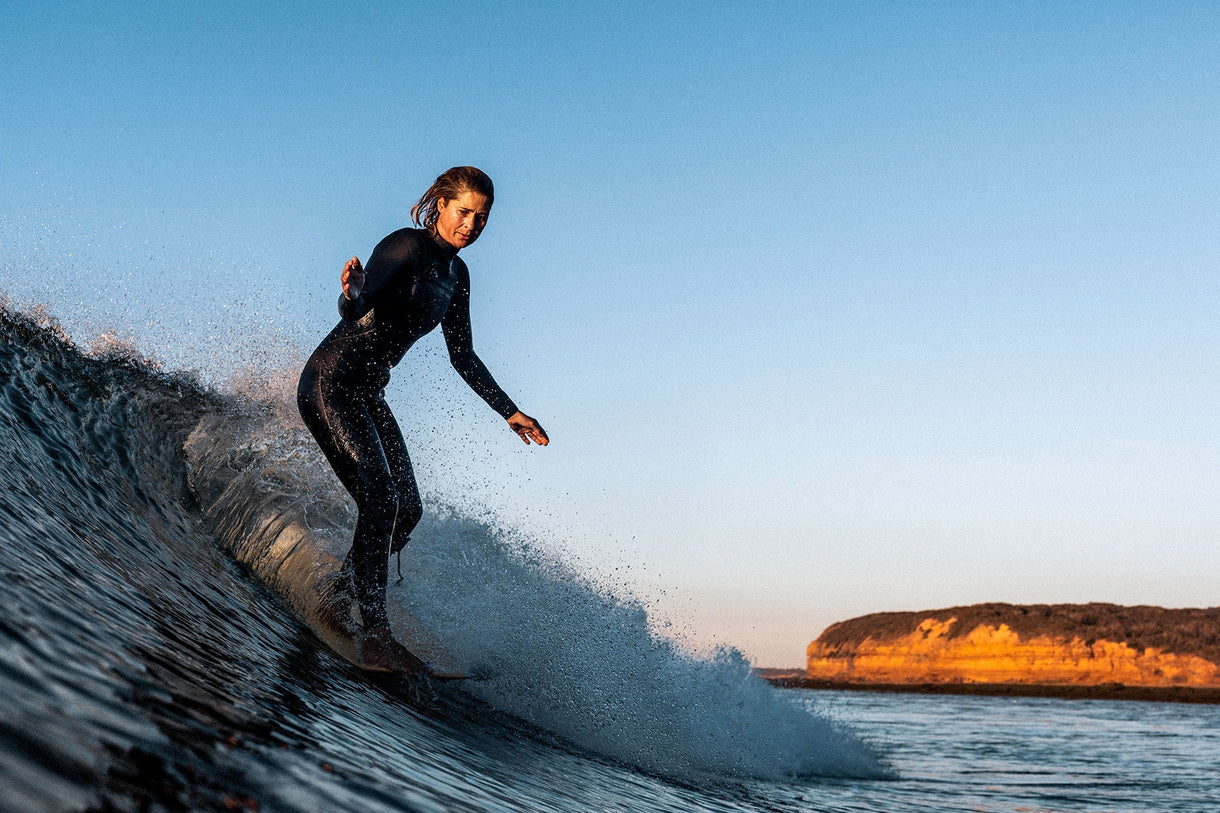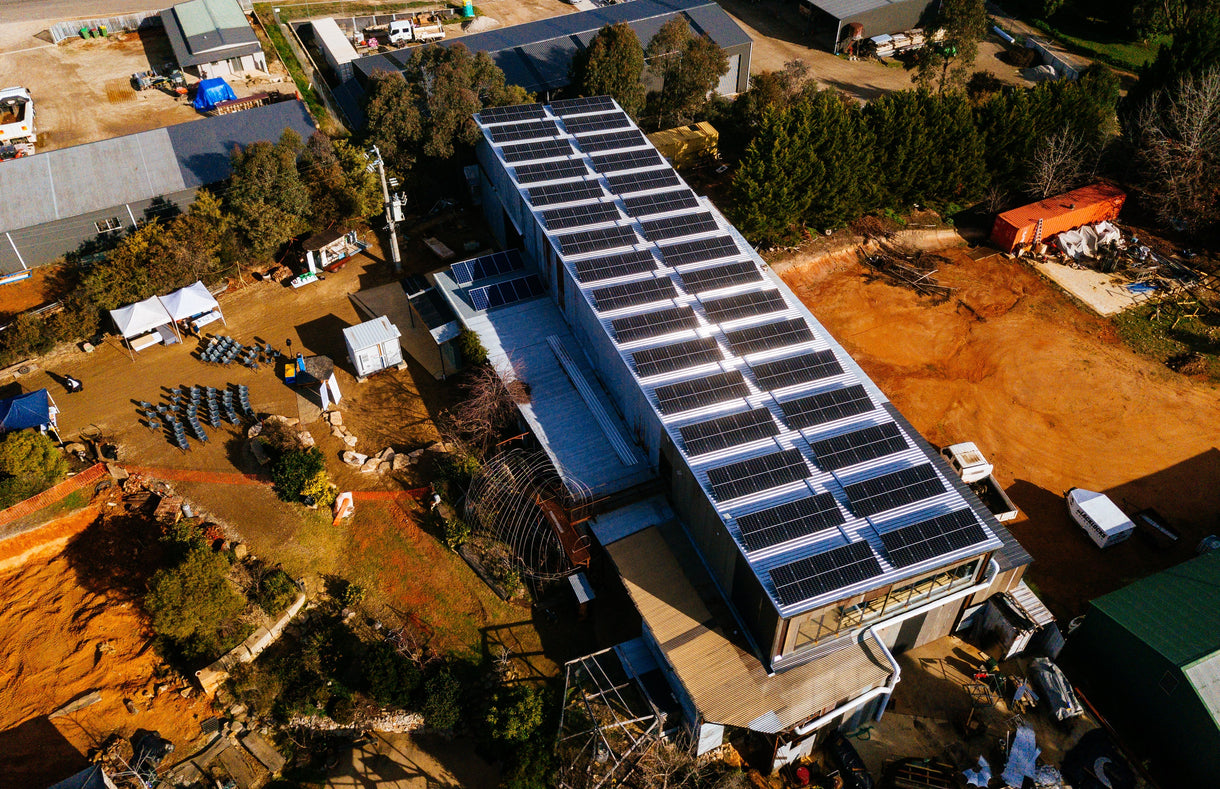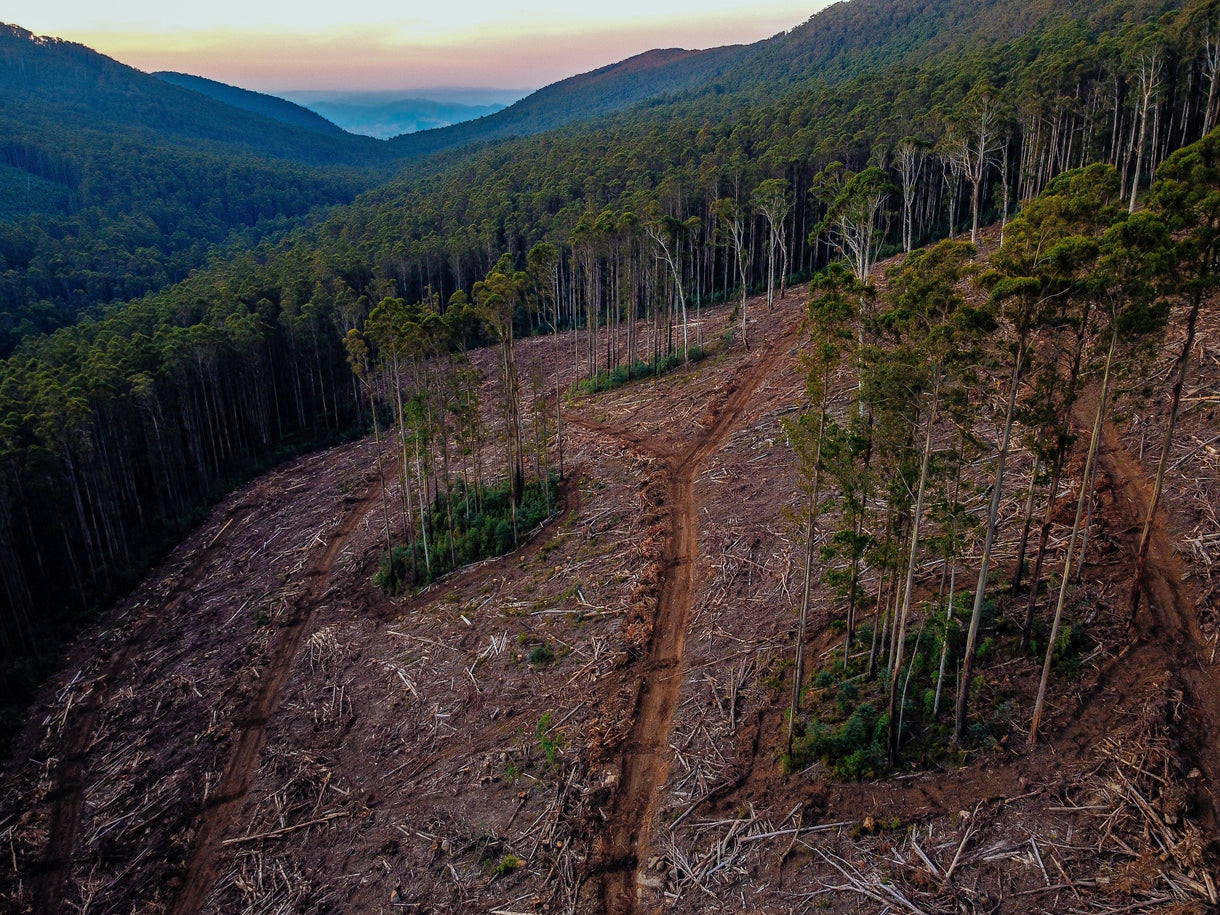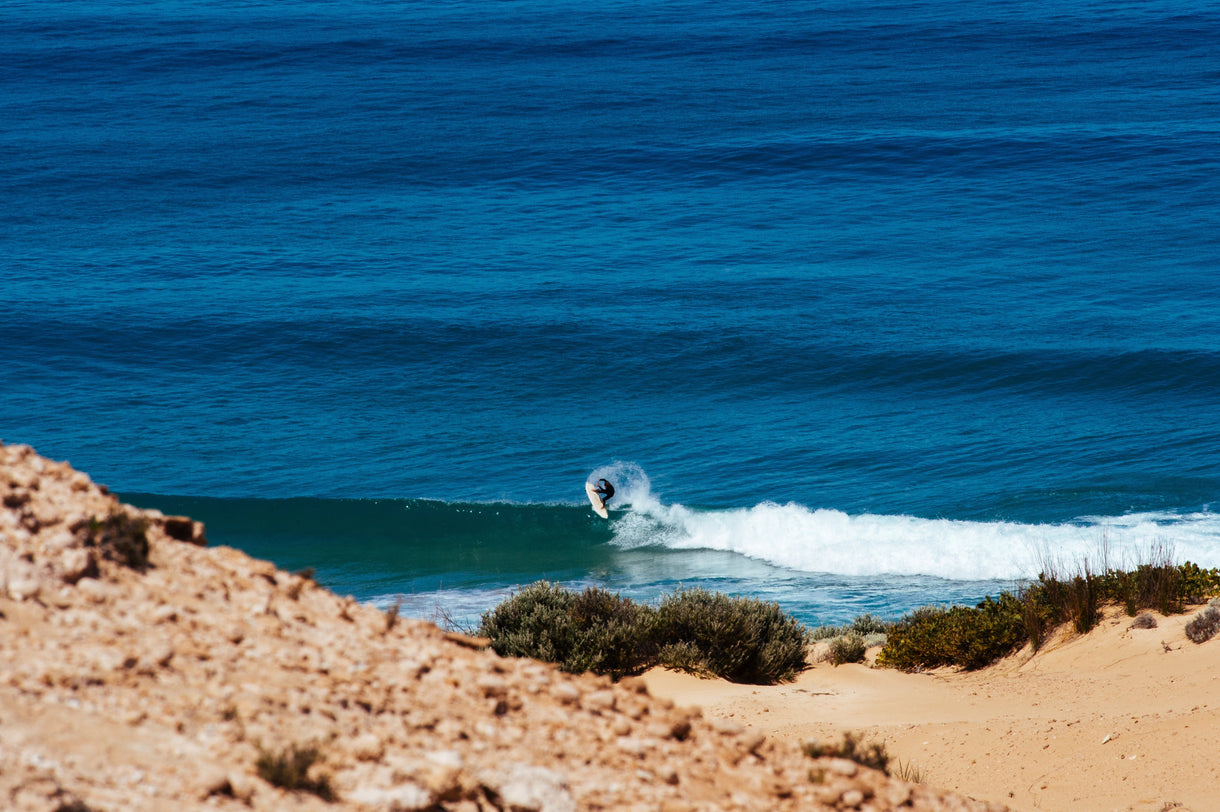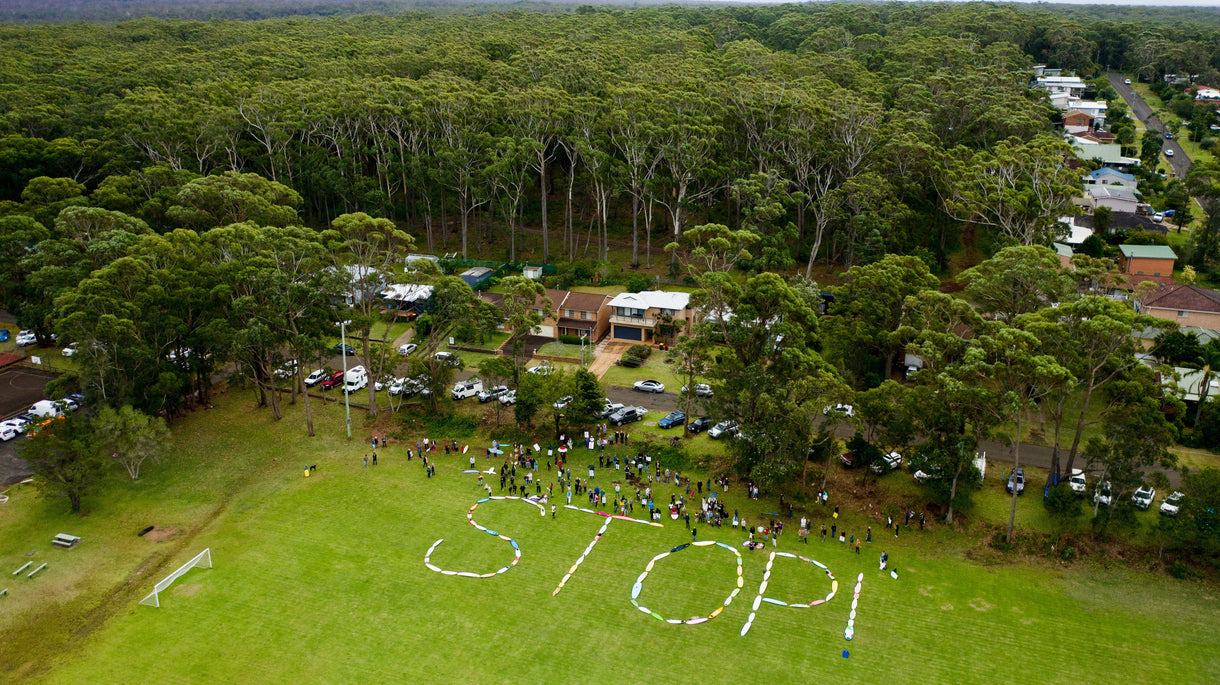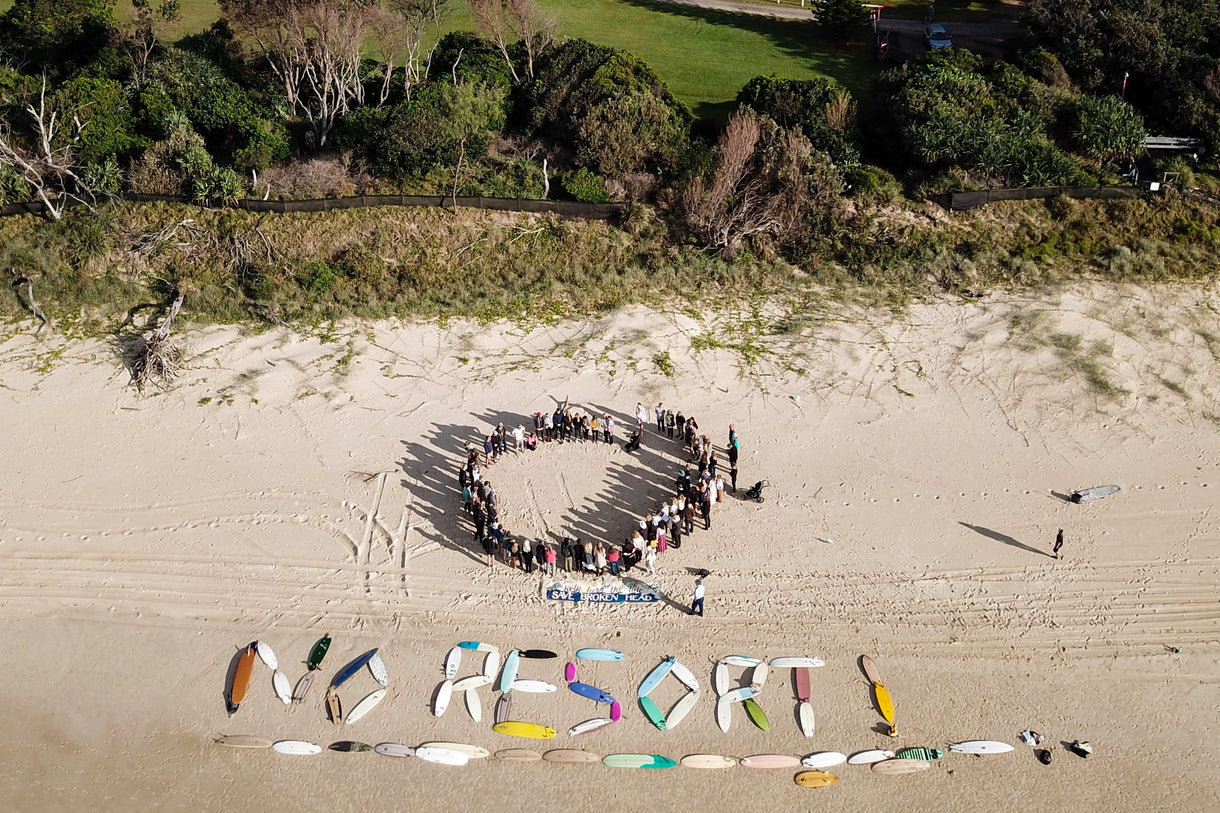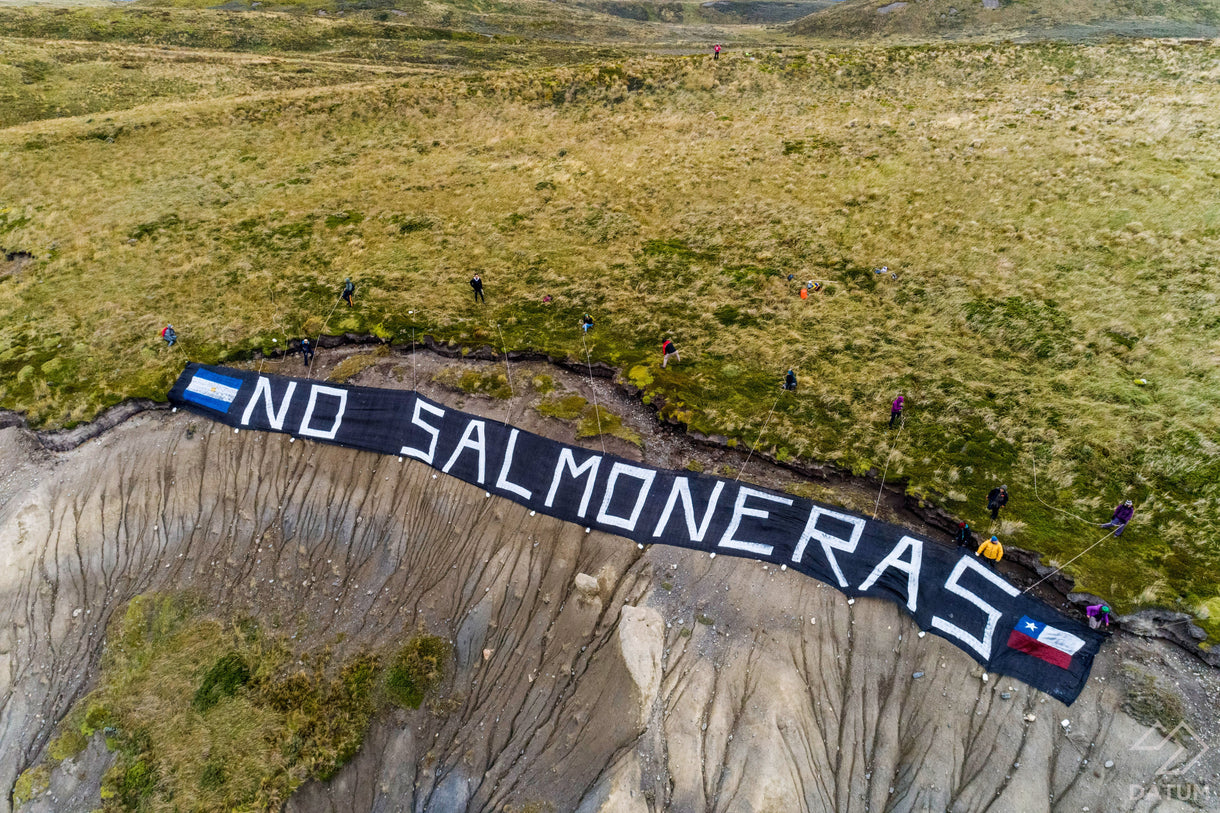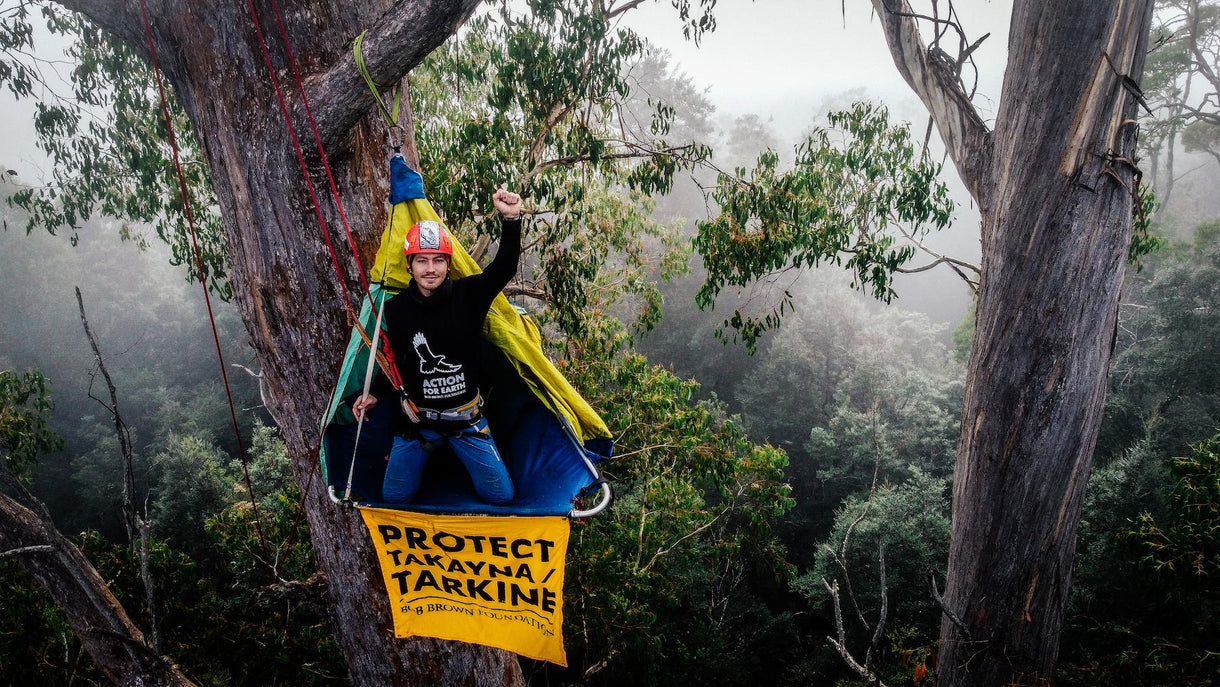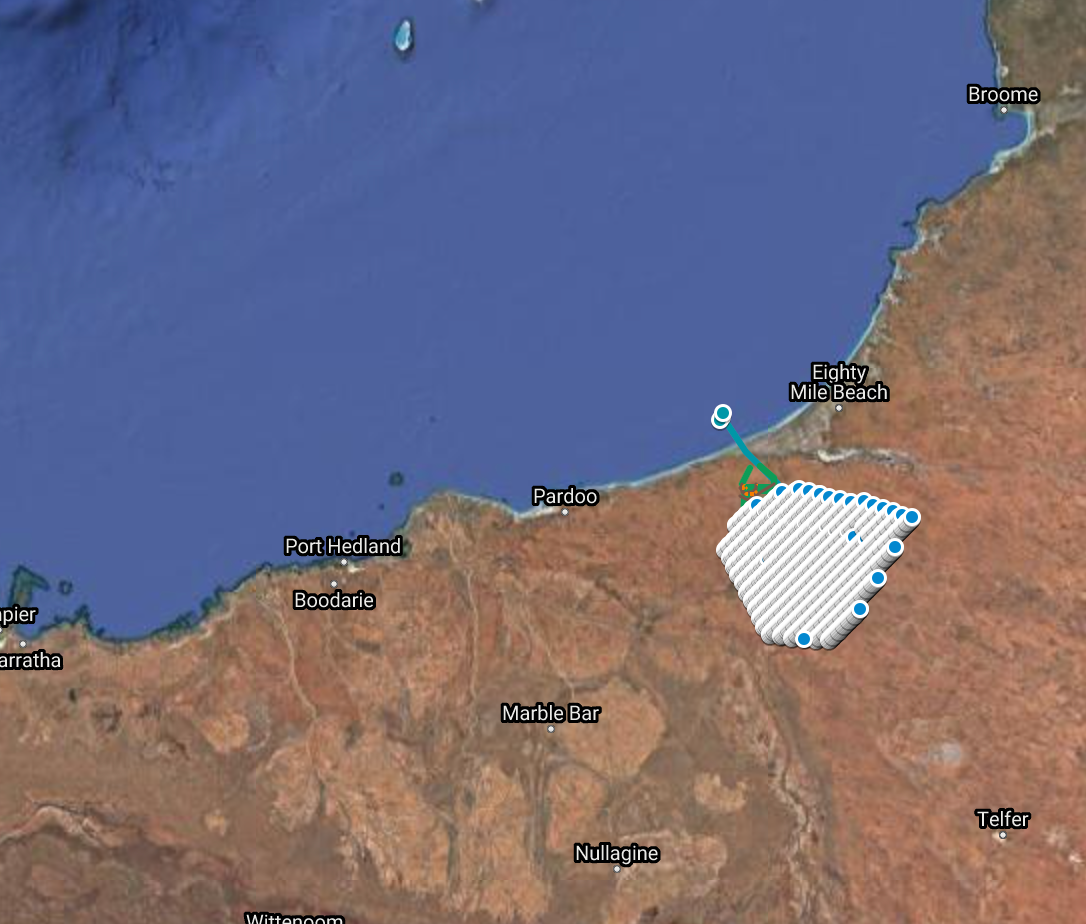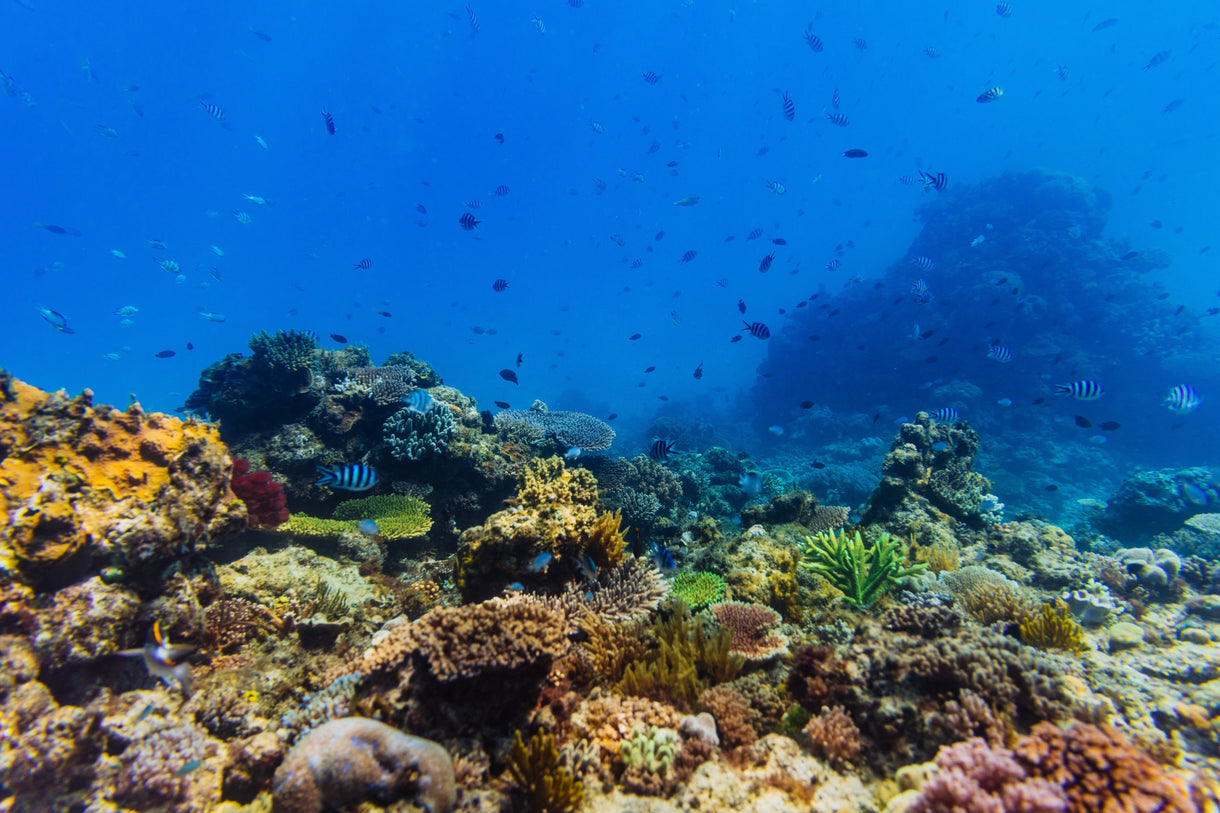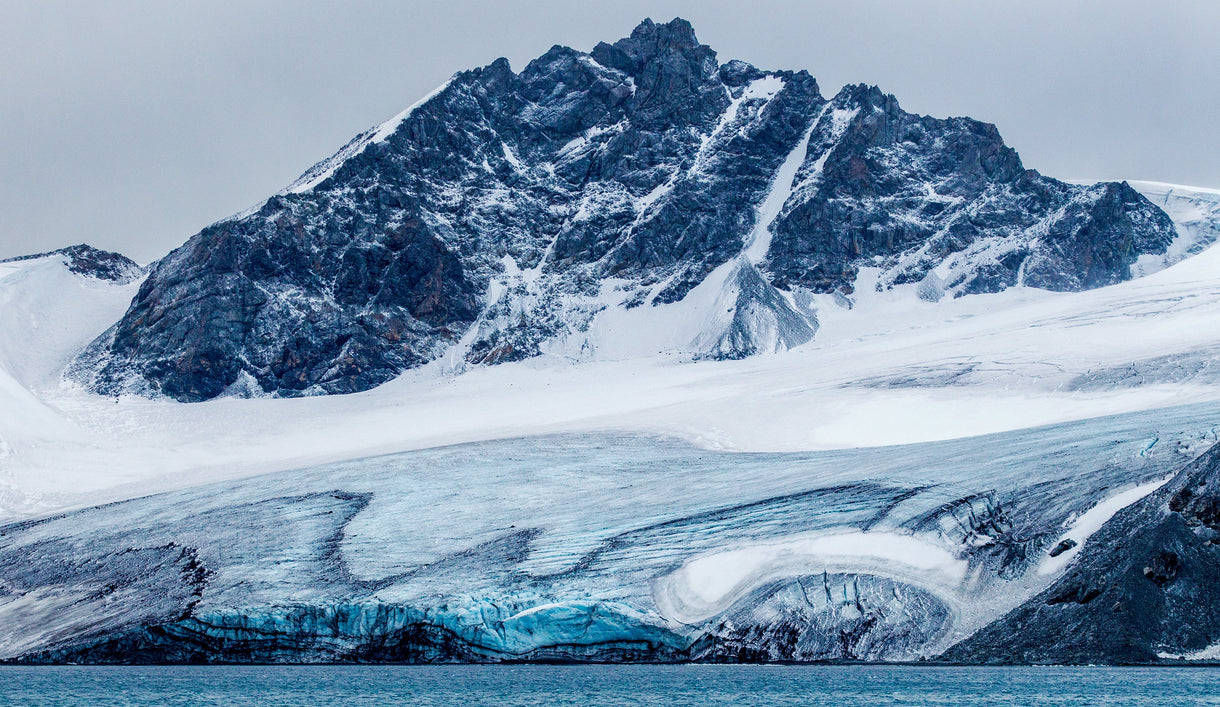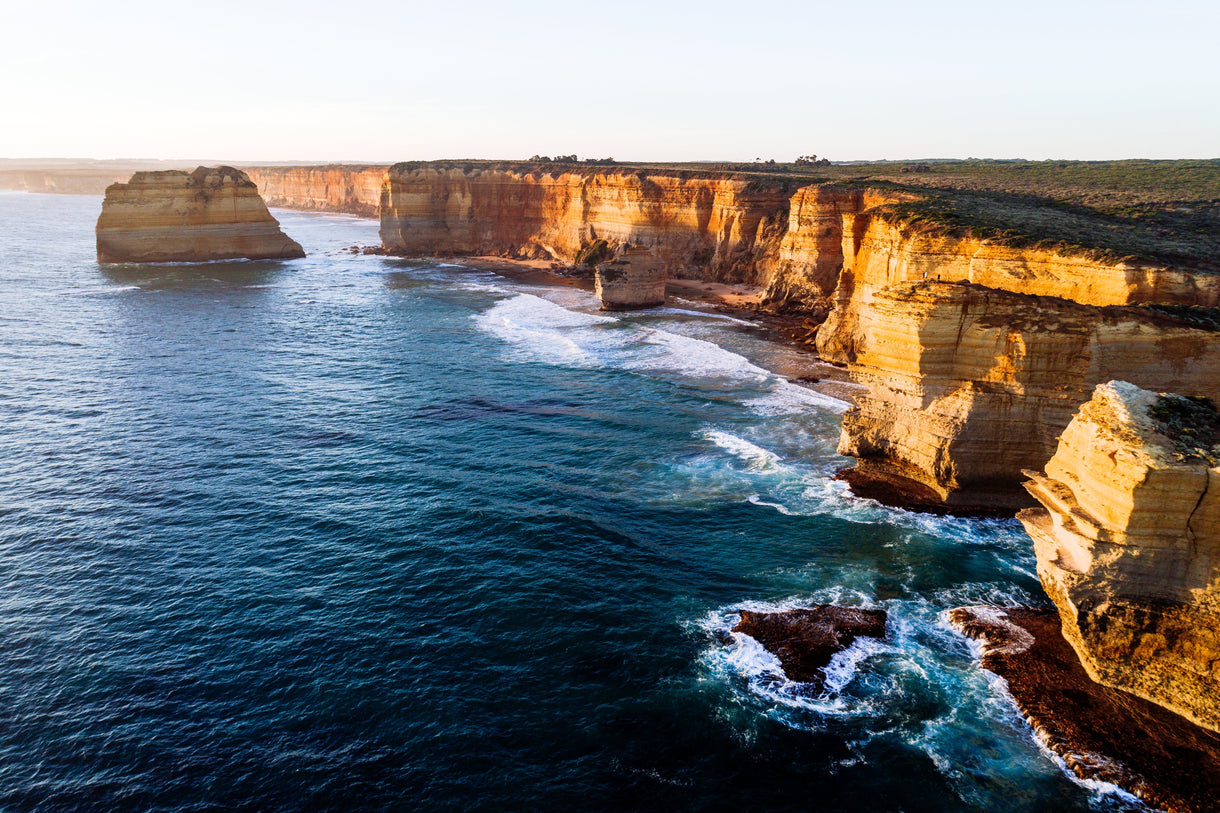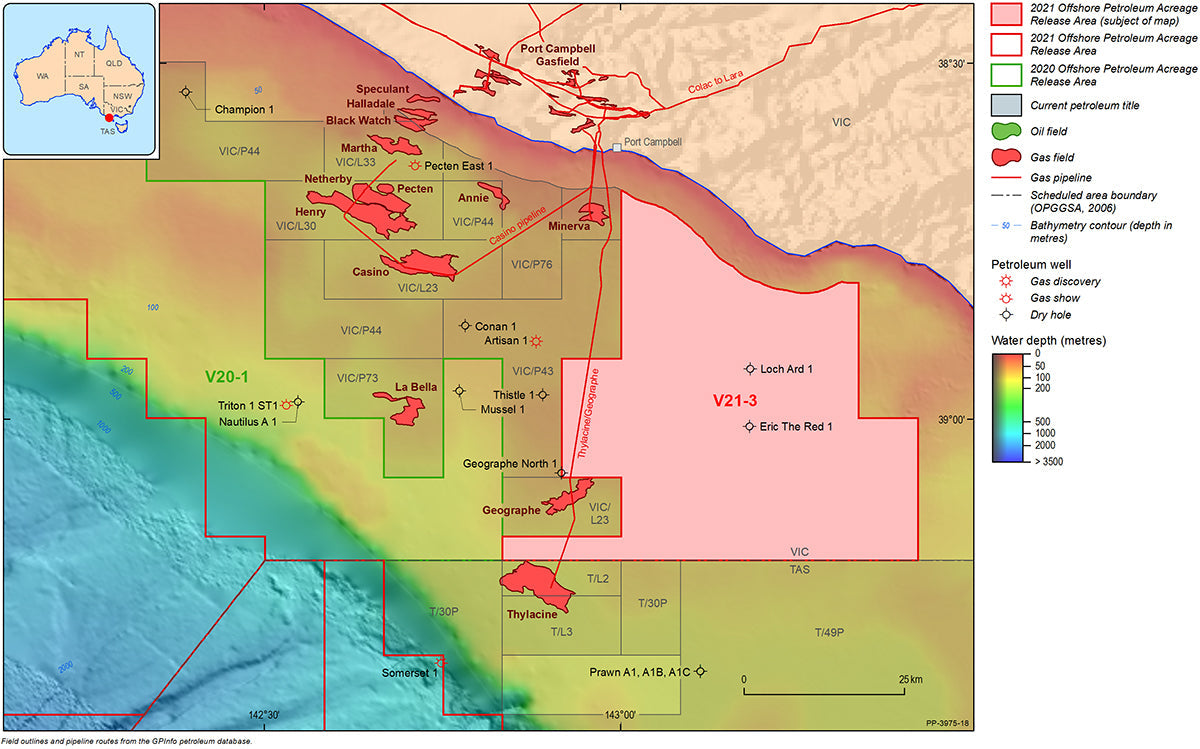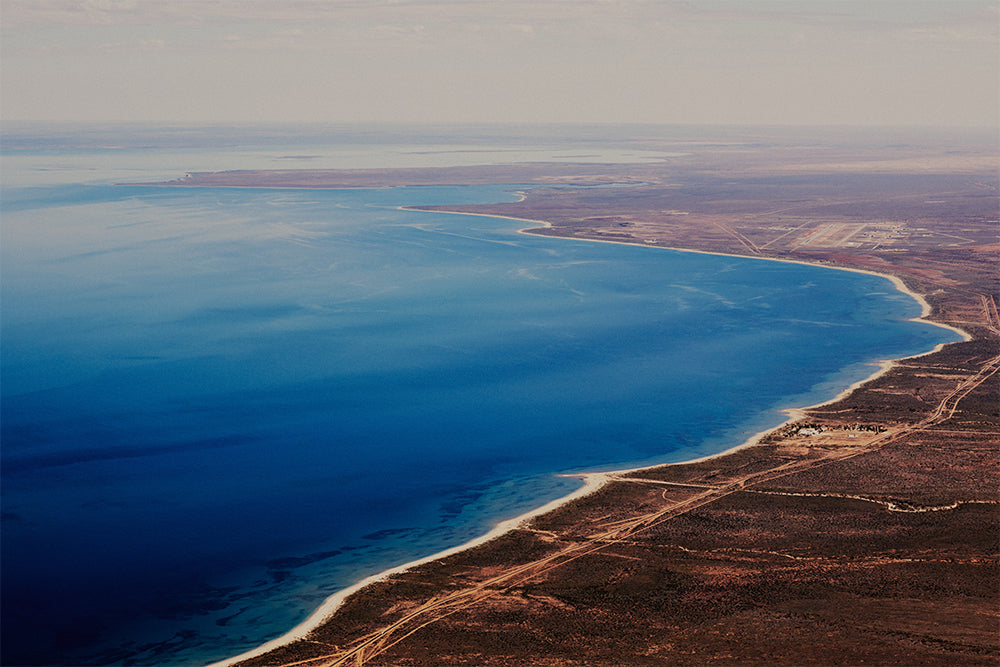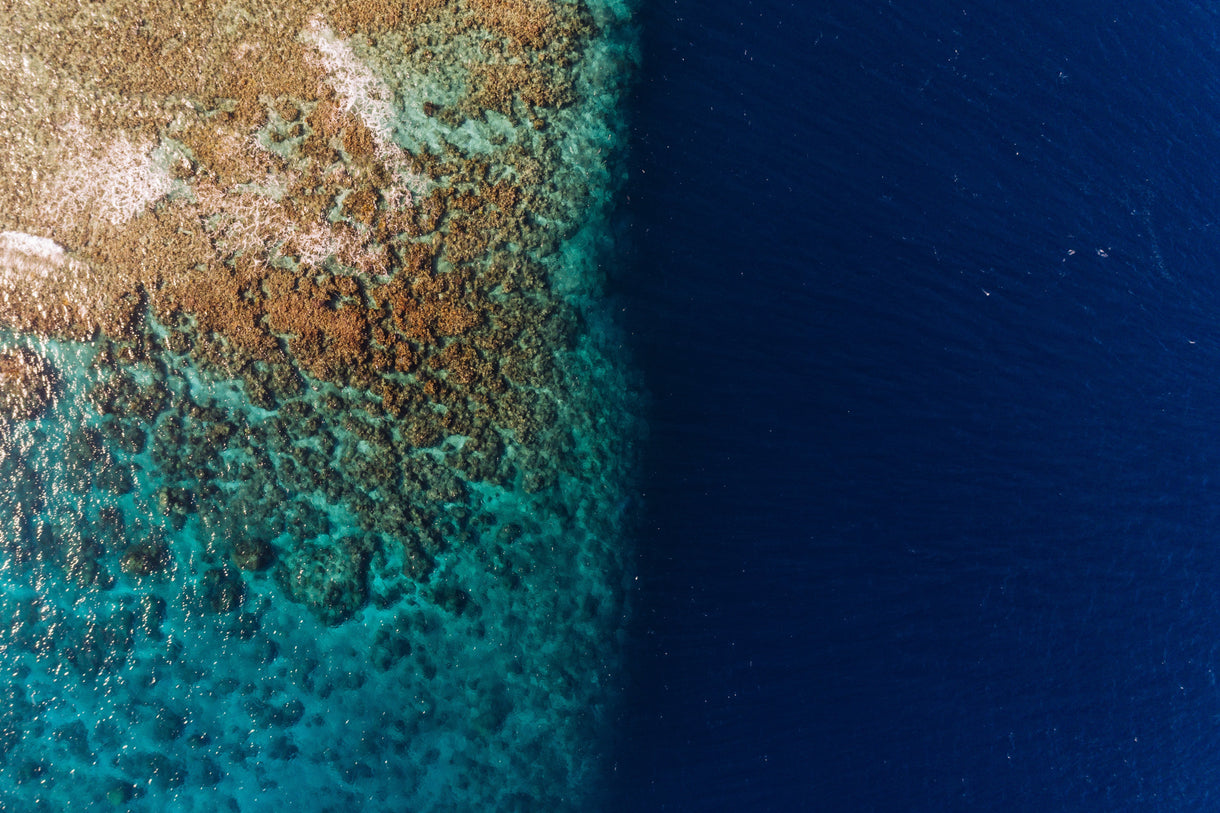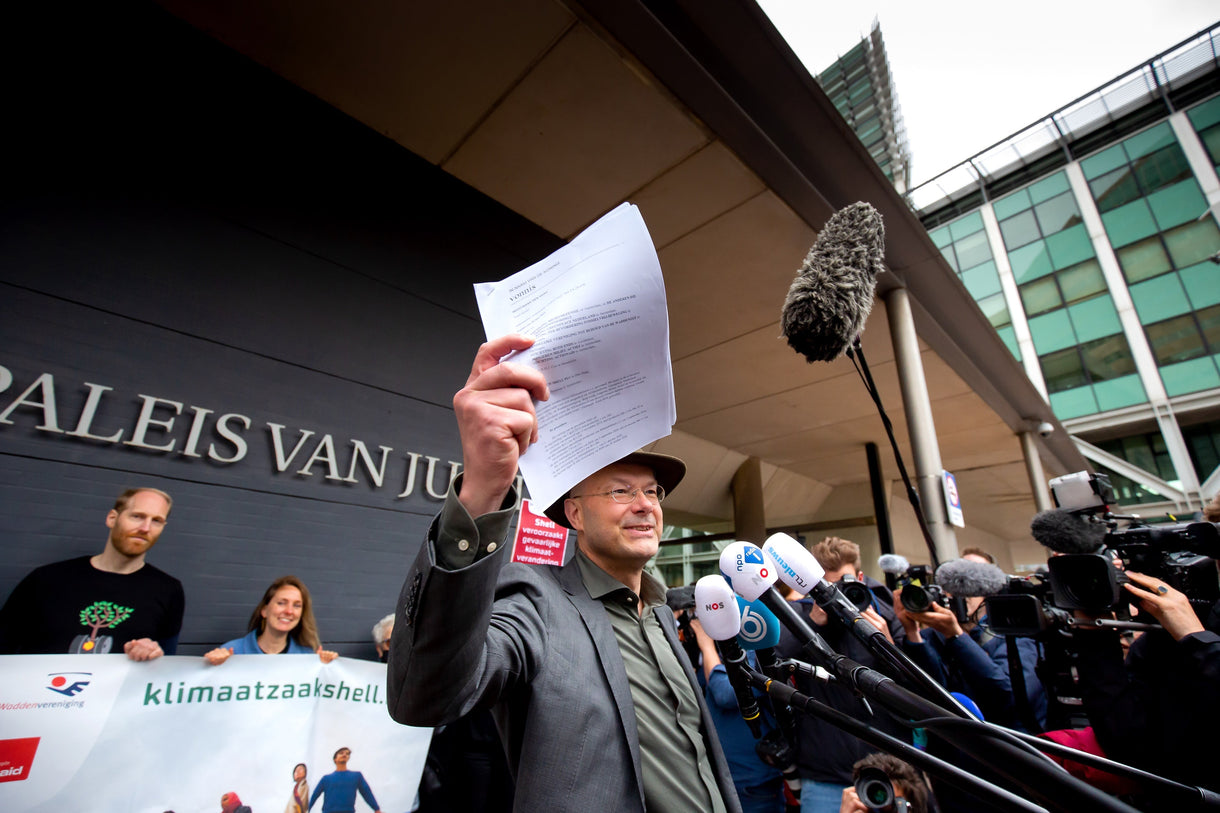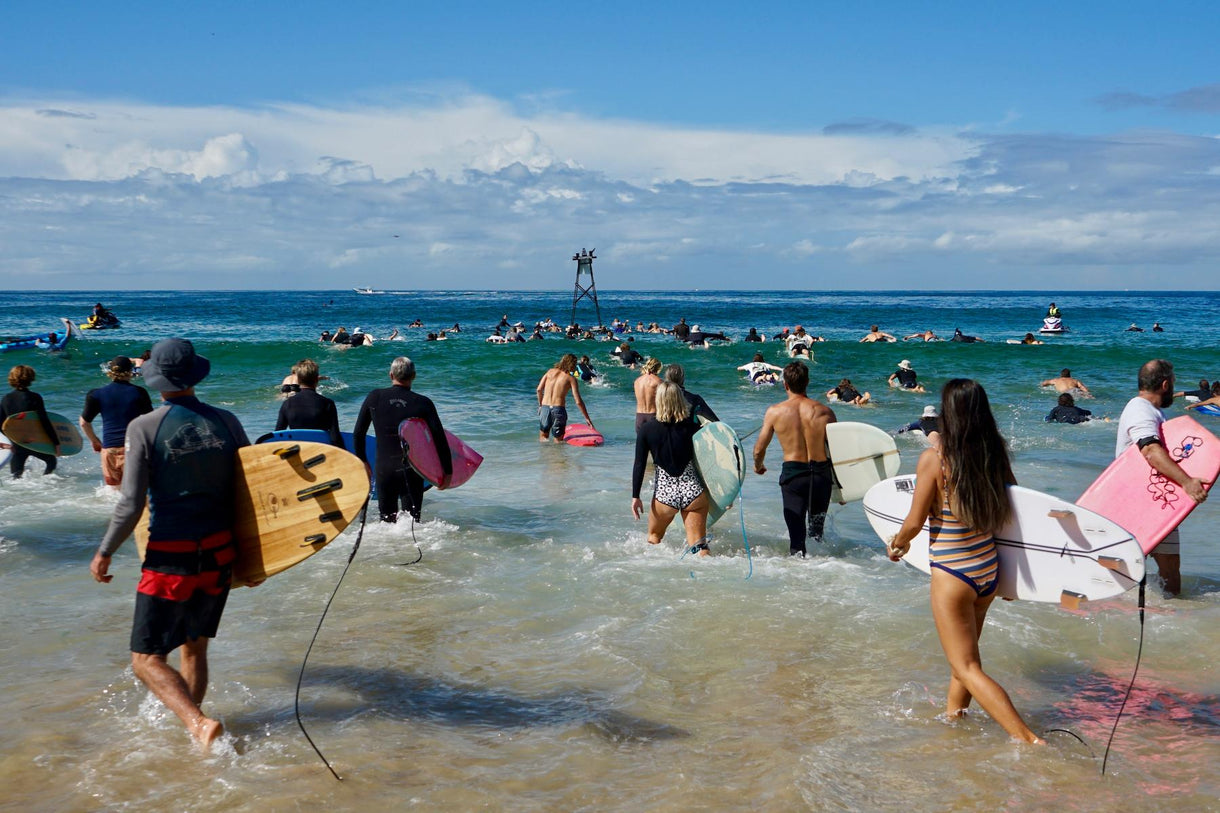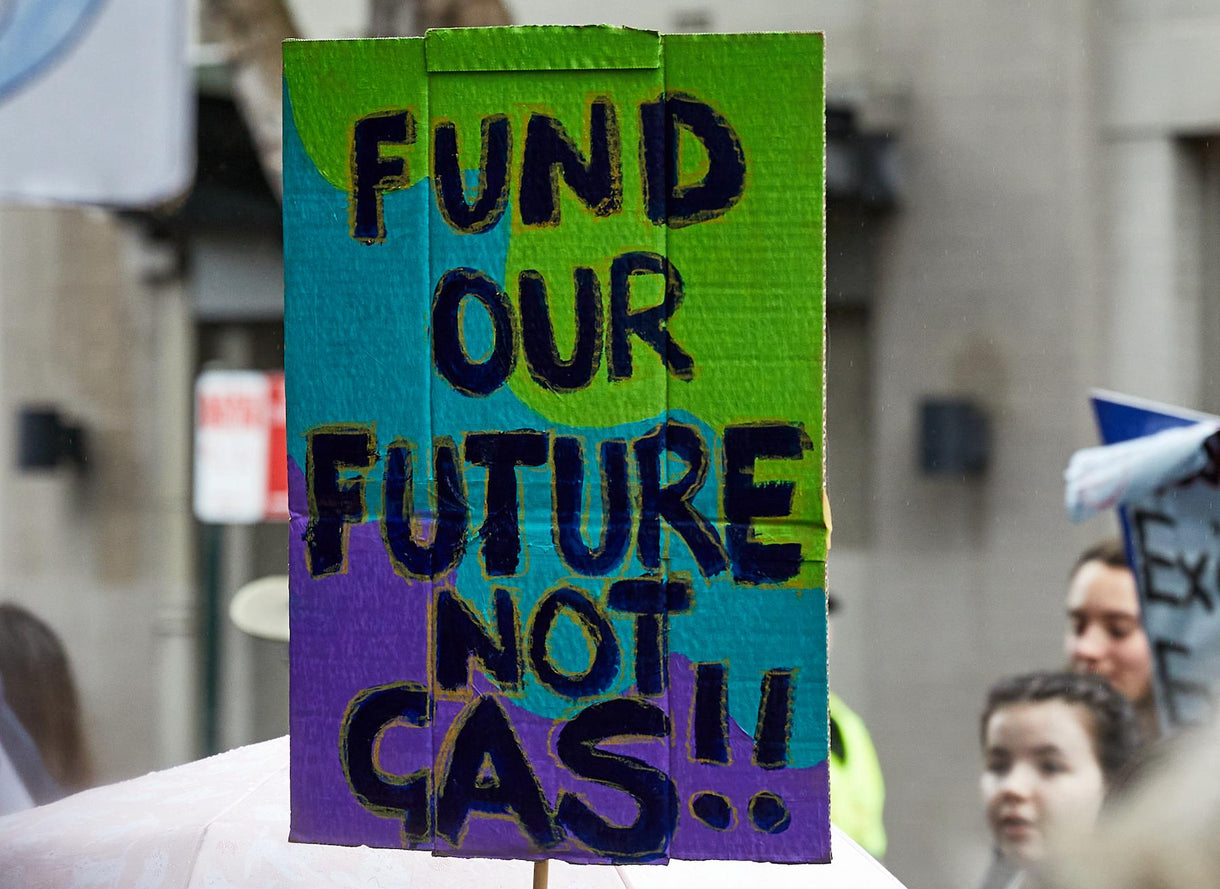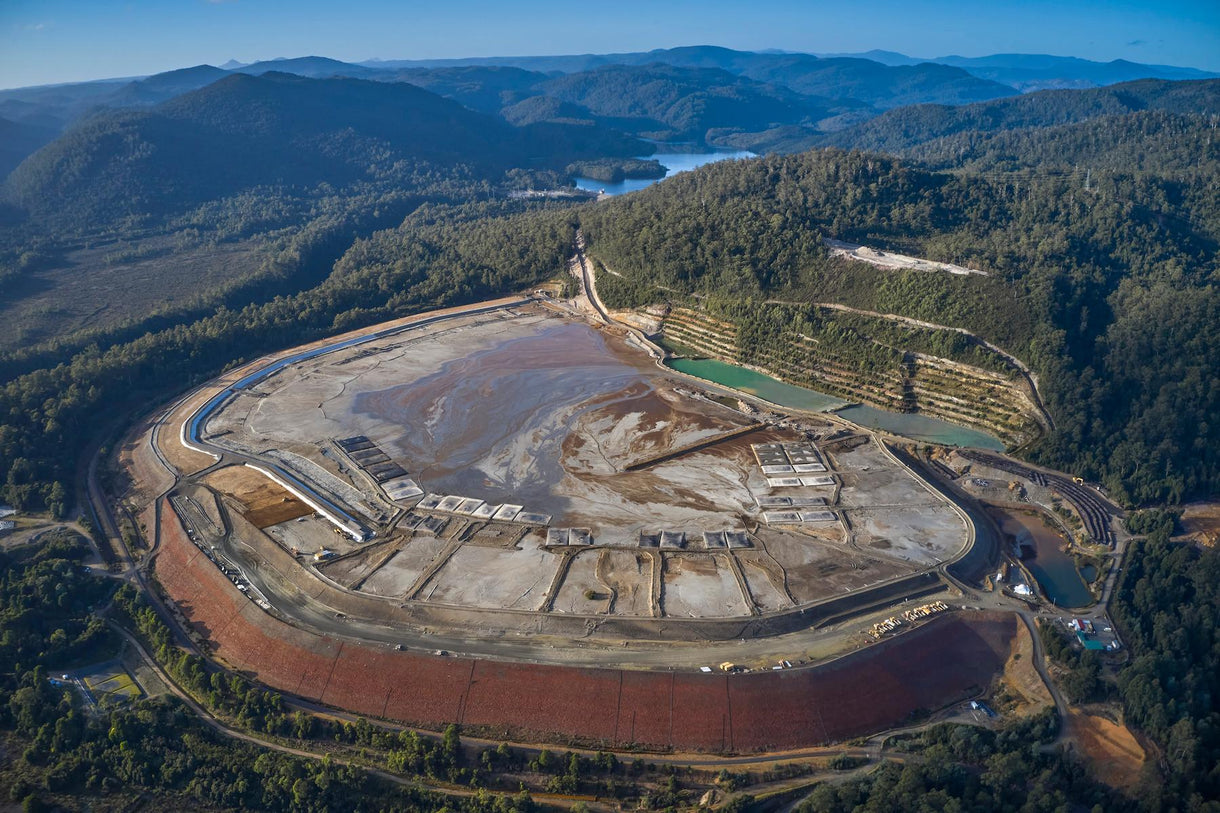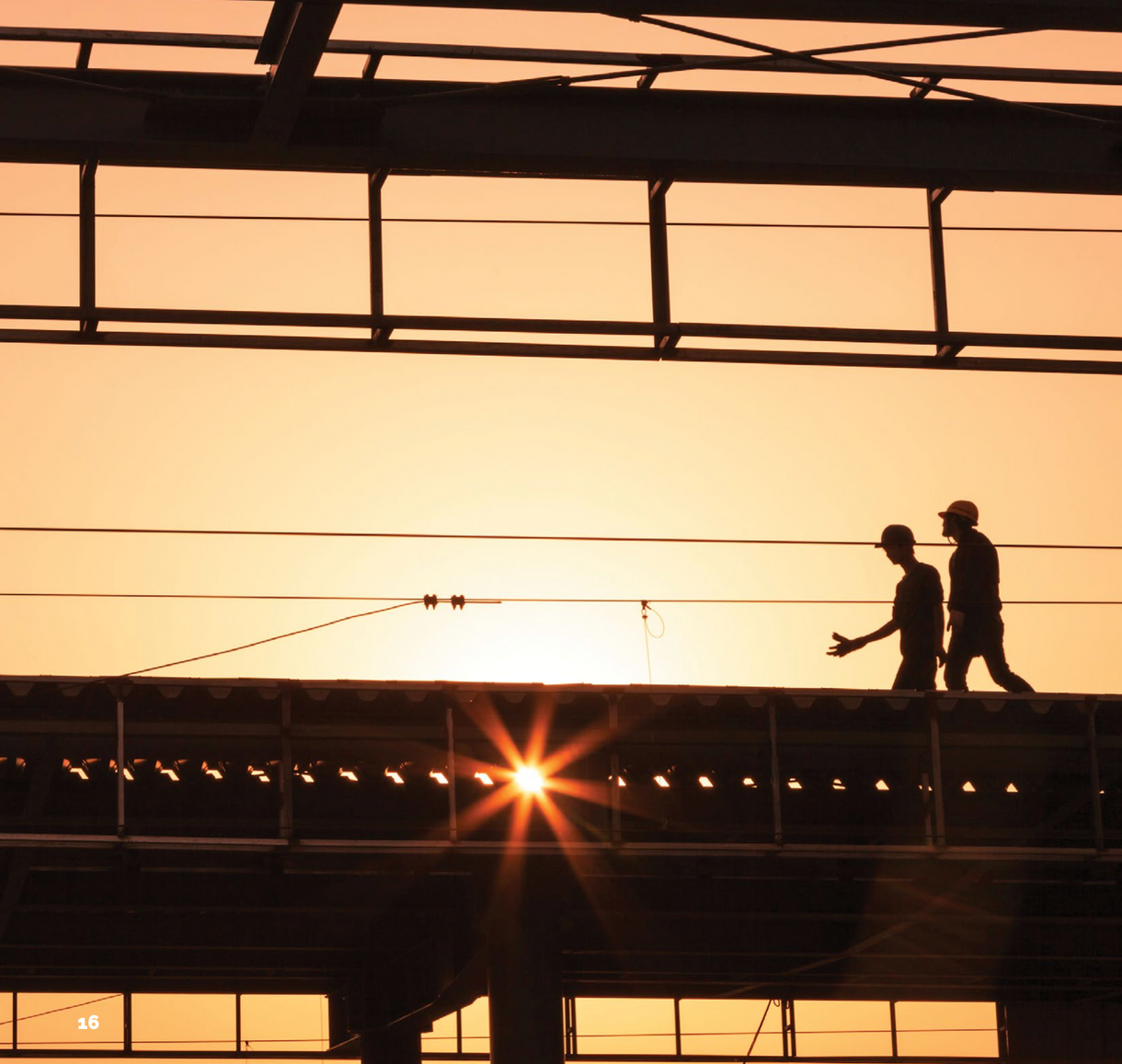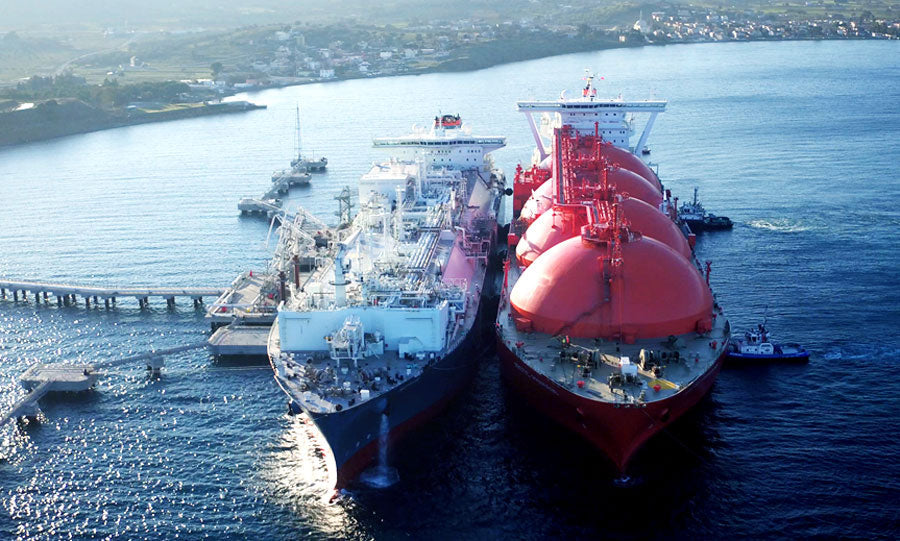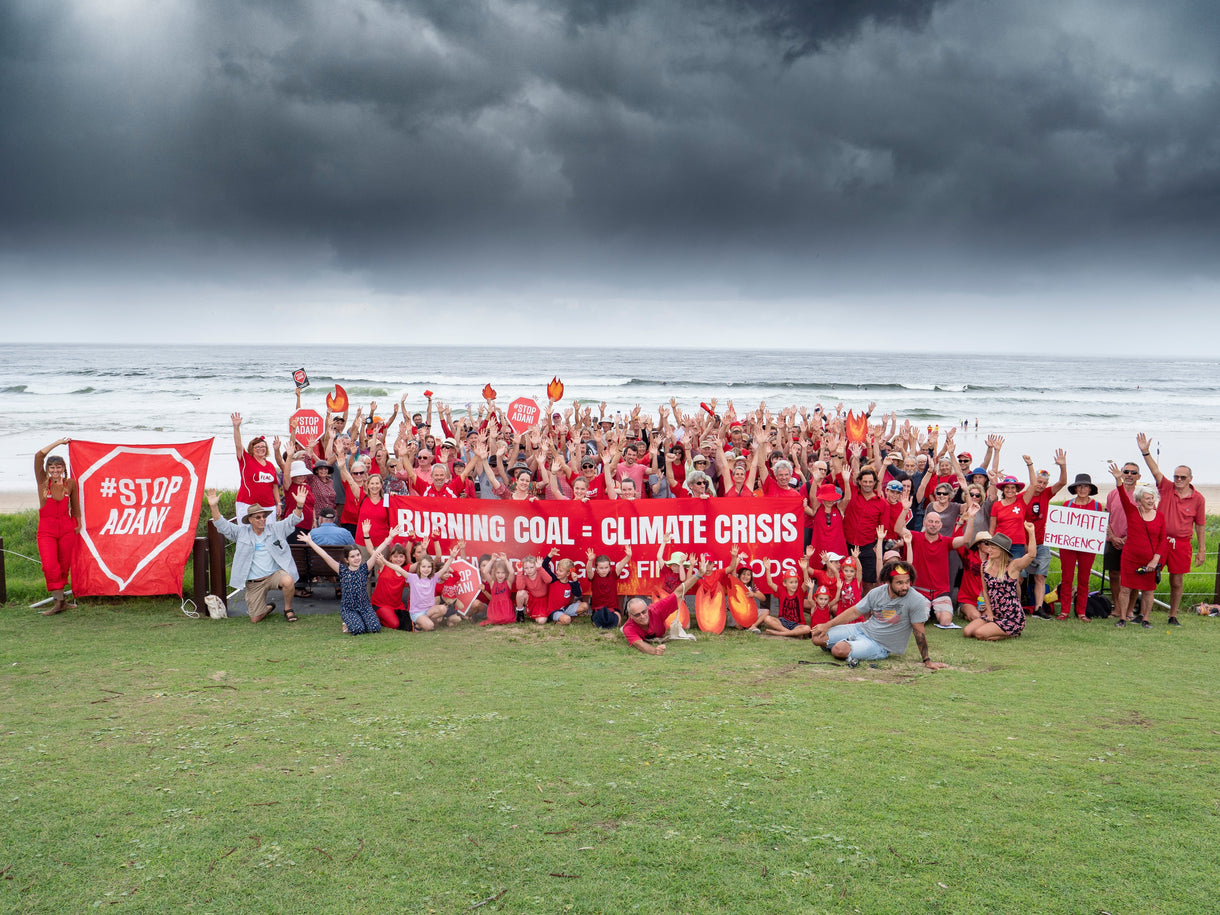South Australia broke yet another renewable energy record over the Christmas break.
The state was powered exclusively on renewables for almost seven days straight between December 23 and 29, the longest the South Australian electricity grid – or any state in Australia – has run without needing back up from fossil fuel generation. Wind contributed 64.4 per cent of the record, rooftop solar 29.5 per cent and solar farms 6.2.
This rolls on the back of another record set a few days earlier when renewables generated 142.3 per cent of South Australia’s energy needs. South Australia is connected to the National Energy Market (the combined electricity grid of the five eastern states) by interconnectors to Victoria, and the surplus generation is simply sent east.
These records haven’t happened by accident. South Australia has led the way amongst Australian states in transitioning from fossil fuel generation to renewables. Unlike the eastern states, South Australia doesn’t have coal-fired generation, instead relying on gas, which as recently as 2006 supplied the entire South Australian grid. But as early as 2002, the SA state government set a 2020 renewable target of 26 per cent… which at the time seemed radically ambitious. By the time 2020 rolled around, renewables were contributing 60 per cent.
“… South Australia became a battleground for the ongoing culture war around Australian energy policy.”
But while the benefits have arrived – with carbon-free generation and lower power bills – the transition to renewables has met with resistance, and for a while there in 2016 South Australia became a battleground for the ongoing culture war around Australian energy policy.
The flashpoint for the controversy was a wild “once-in-50-year” storm that rolled in from the Great Australian Bight on the afternoon of September 28. The storm blacked out most of the state, as transmission lines were downed across a wide area, and wind farms were shut down by protective software.
Led by Federal Energy Minister, Josh Frydenberg, a long line of renewable critics and conservative commentators began pointing at the blackout as a warning sign that renewable energy wasn’t up to the job of running a secure grid. The culture war that erupted over the blackout drew the attention of Tesla’s Elon Musk, who famously offered to build South Australia the world’s biggest battery at Hornsdale within a hundred days… or do it for free. The battery was operational on time, but the South Australian renewable transition continued to draw criticism, most notably from then-Federal Treasurer Scott Morrison, who mocked the Tesla “big battery” as “a Big Banana” that’s “not solving the problem.”
Five years on and the critics are somewhat quieter. There are now four “Big Bananas” in operation in South Australia with another two being built. The state had the lowest wholesale electricity price in the country in the last quarter of 2020, while the first quarter of 2021 saw average negative daytime prices. The South Australian transition is now being held up by groups like the World Economic Forum as a benchmark in clean energy transition.
Banner Image: The Cathedral Rocks windfarm on the Eyre Peninsula was built as part of South Australia's transition to renewable energy. Photo SA Rips

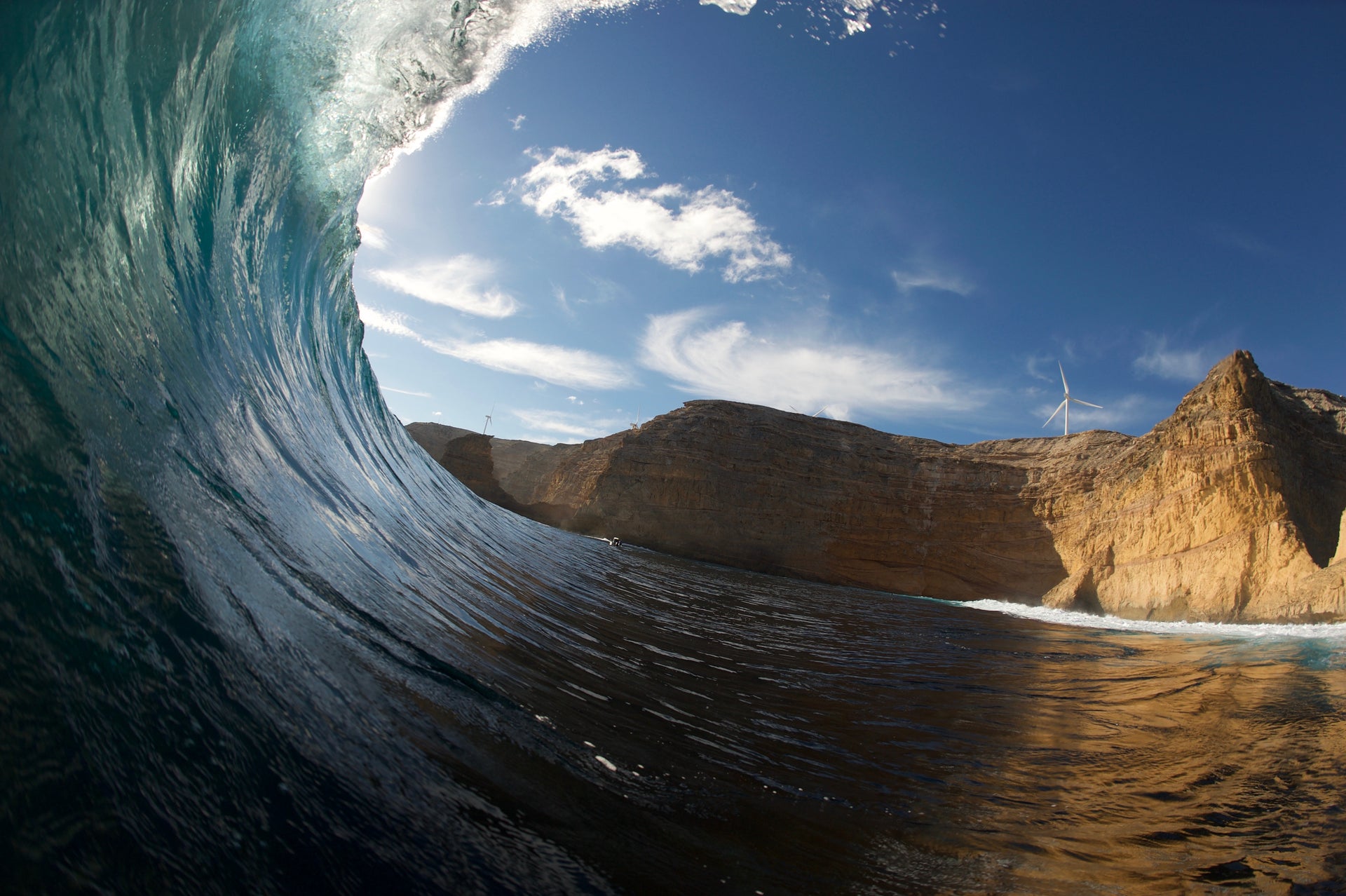
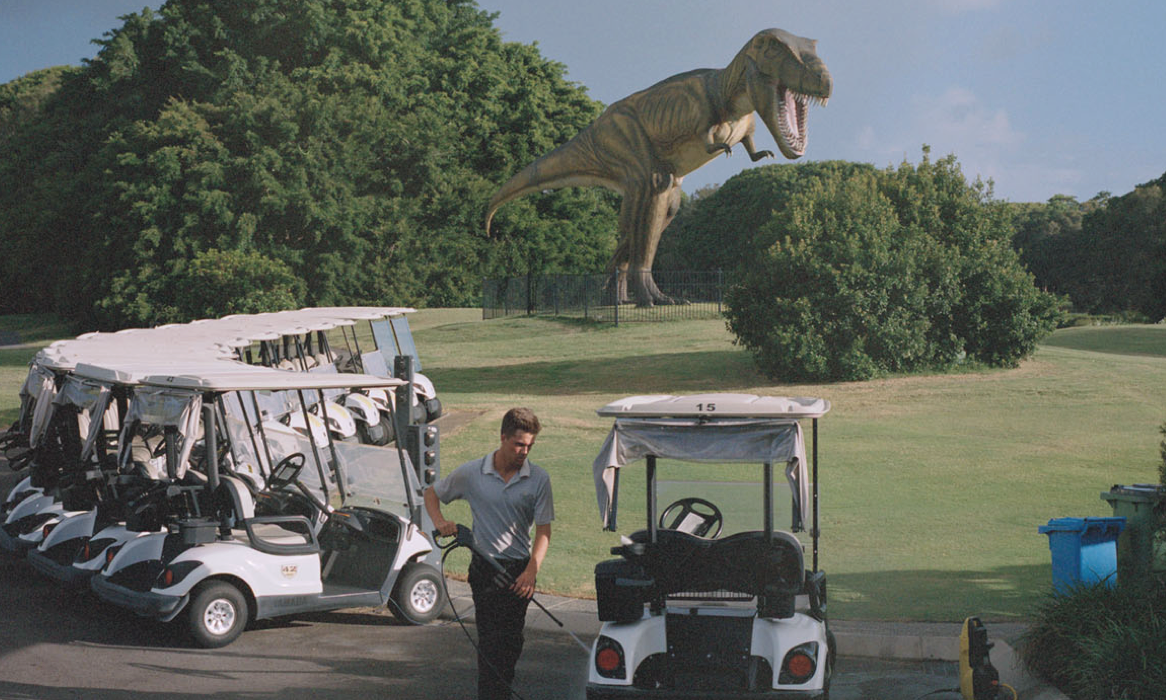
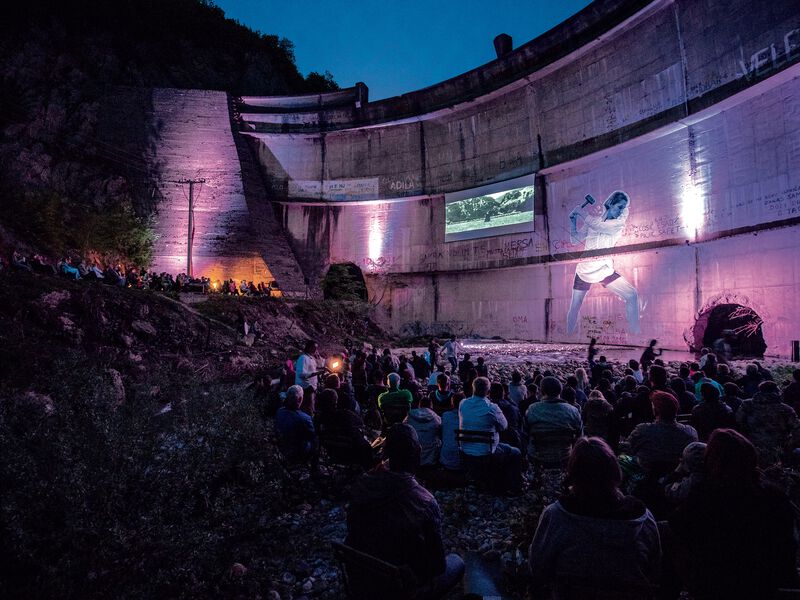
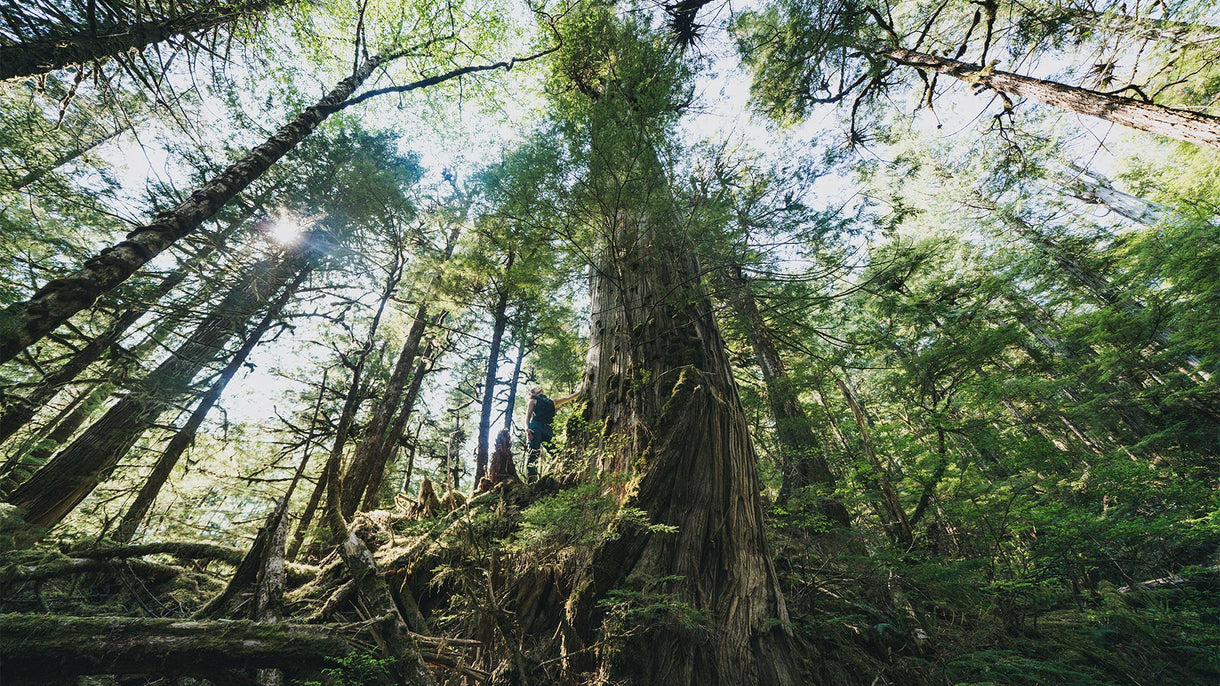
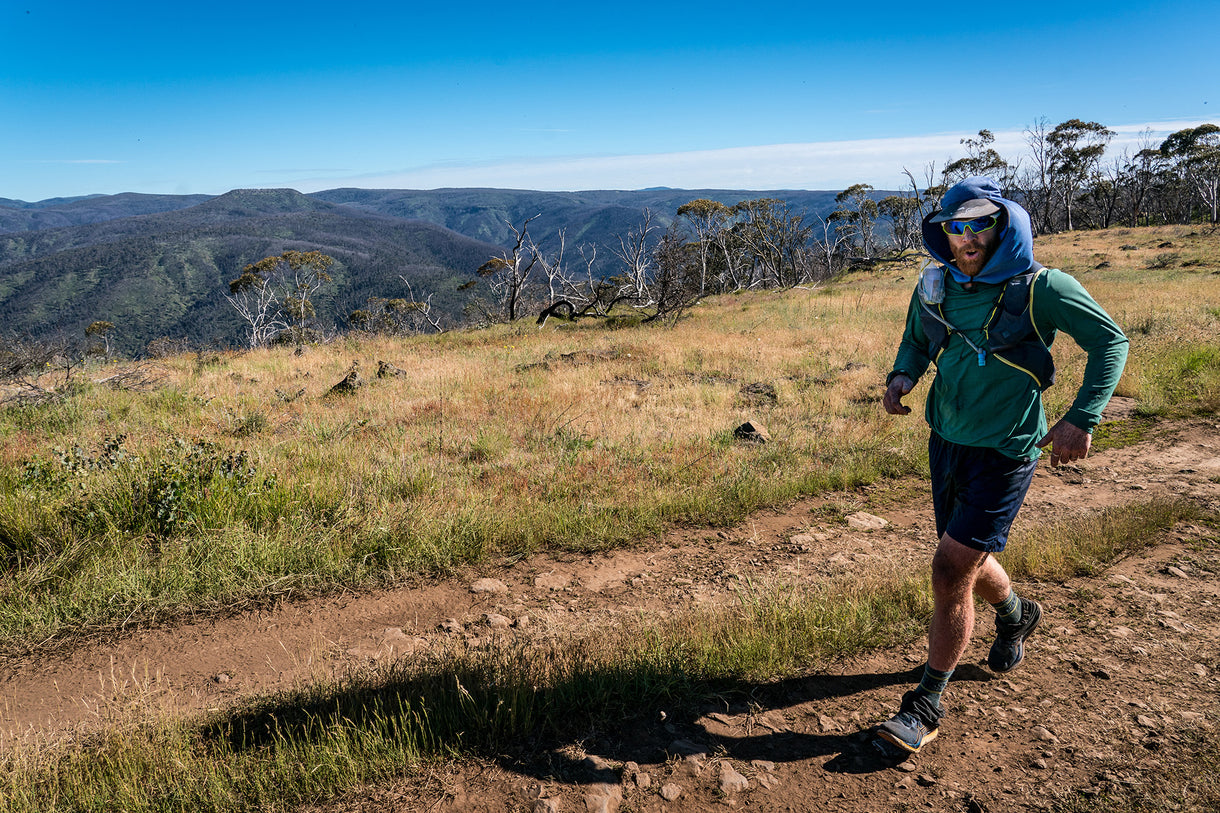

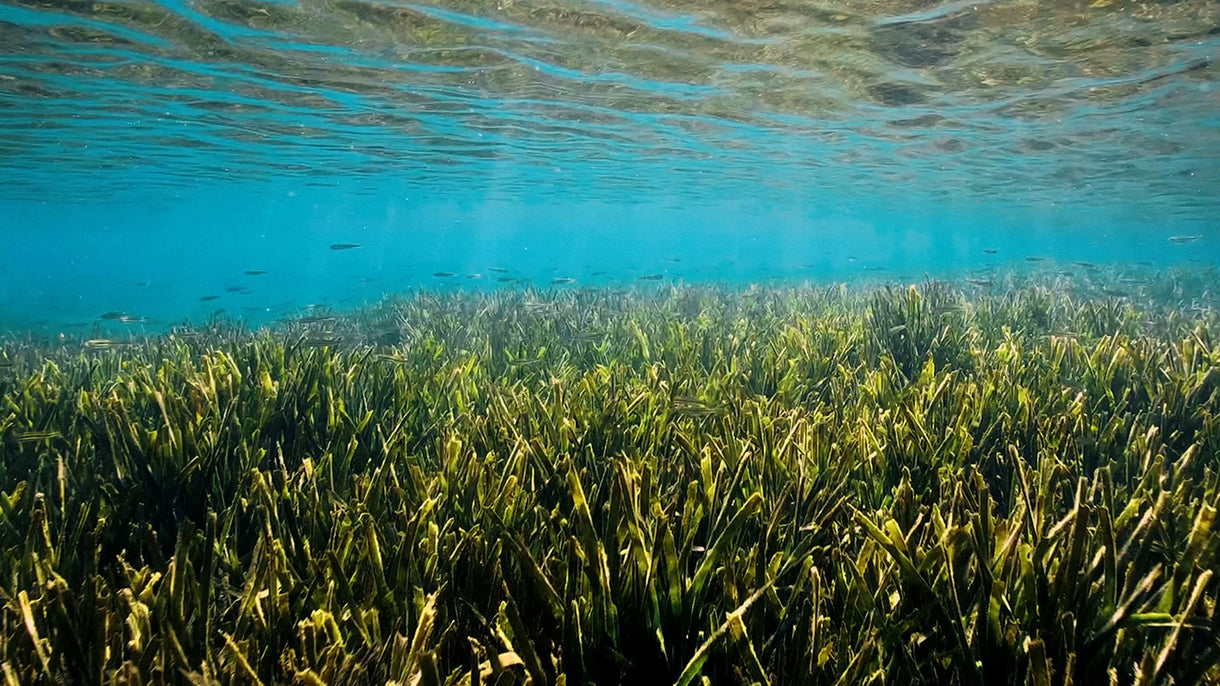
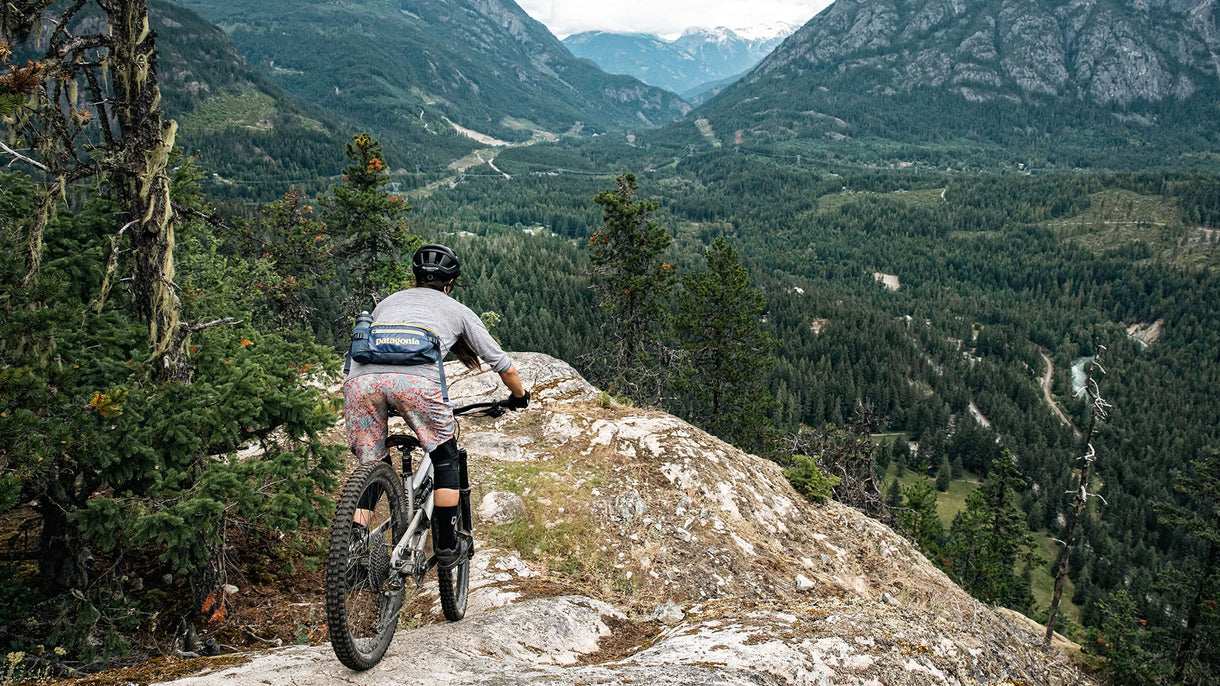
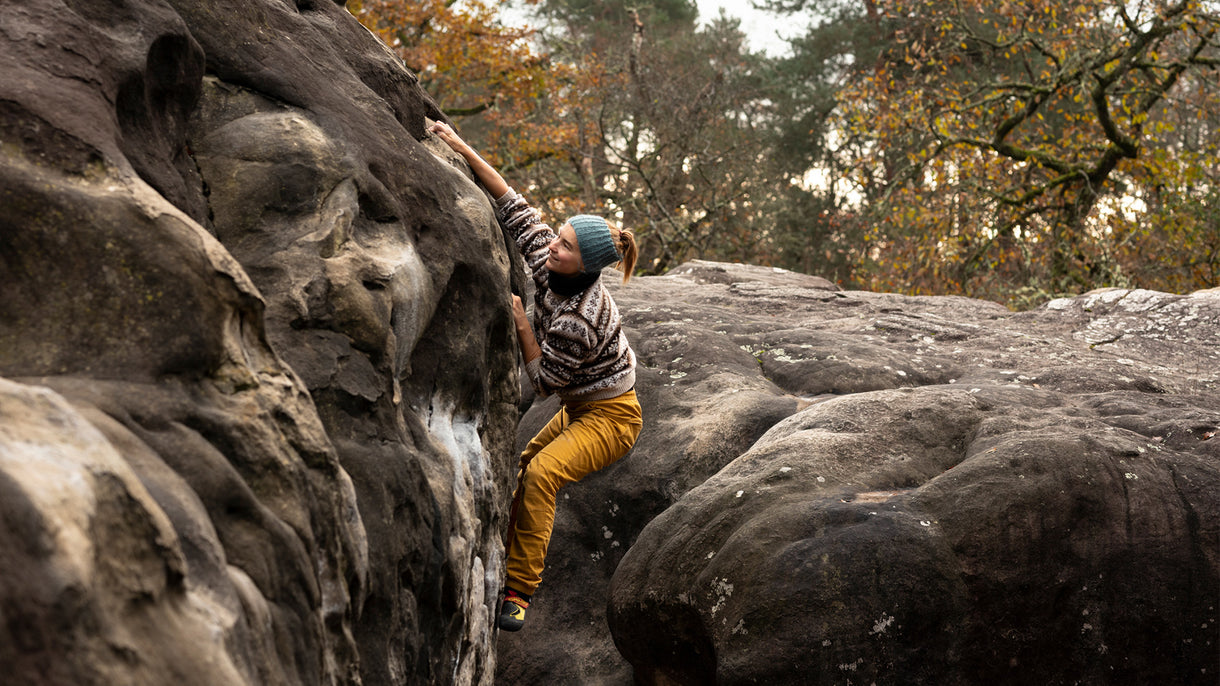

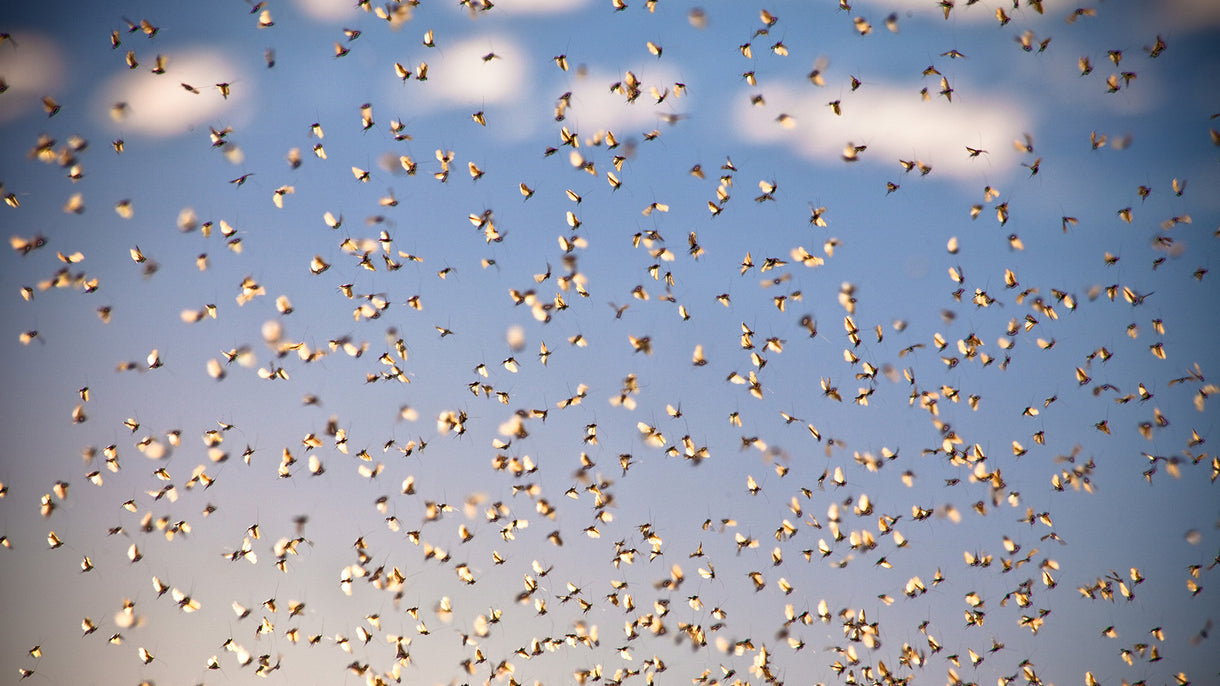

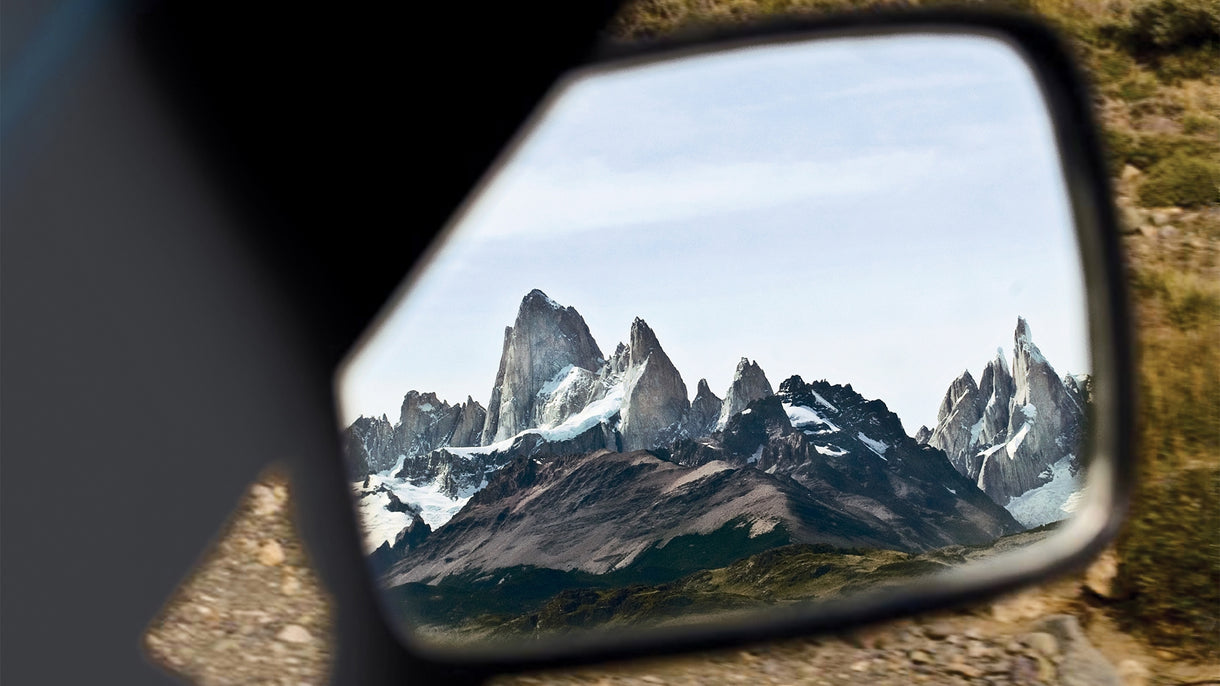

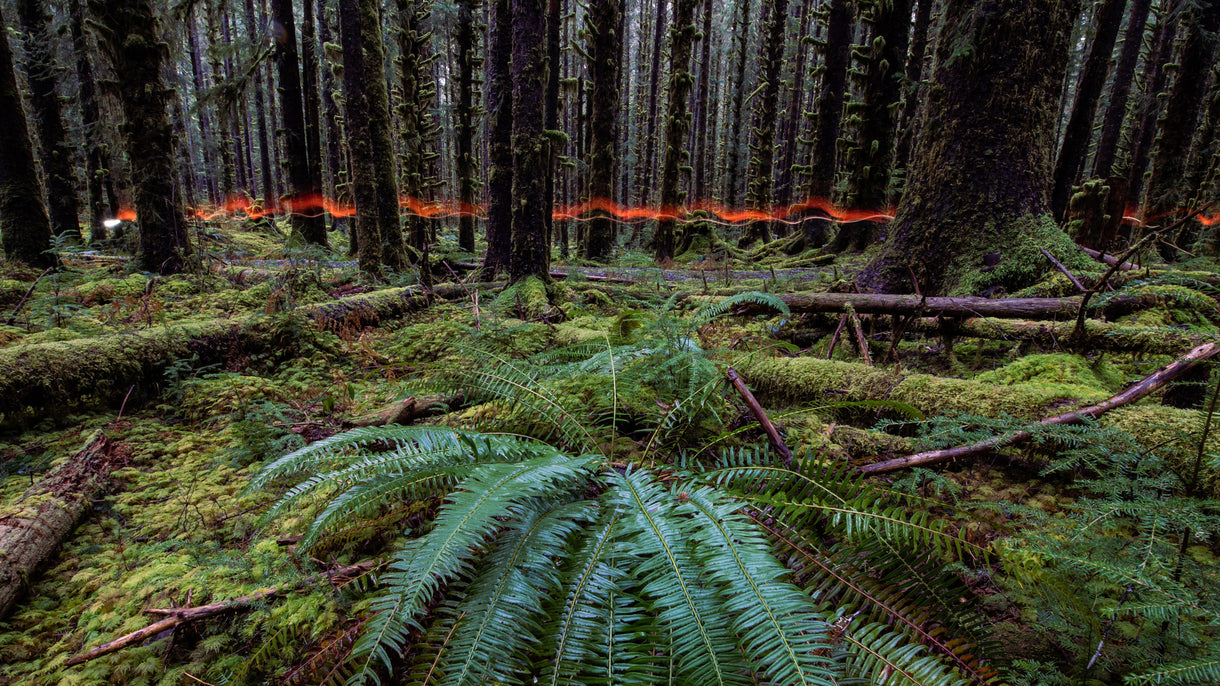
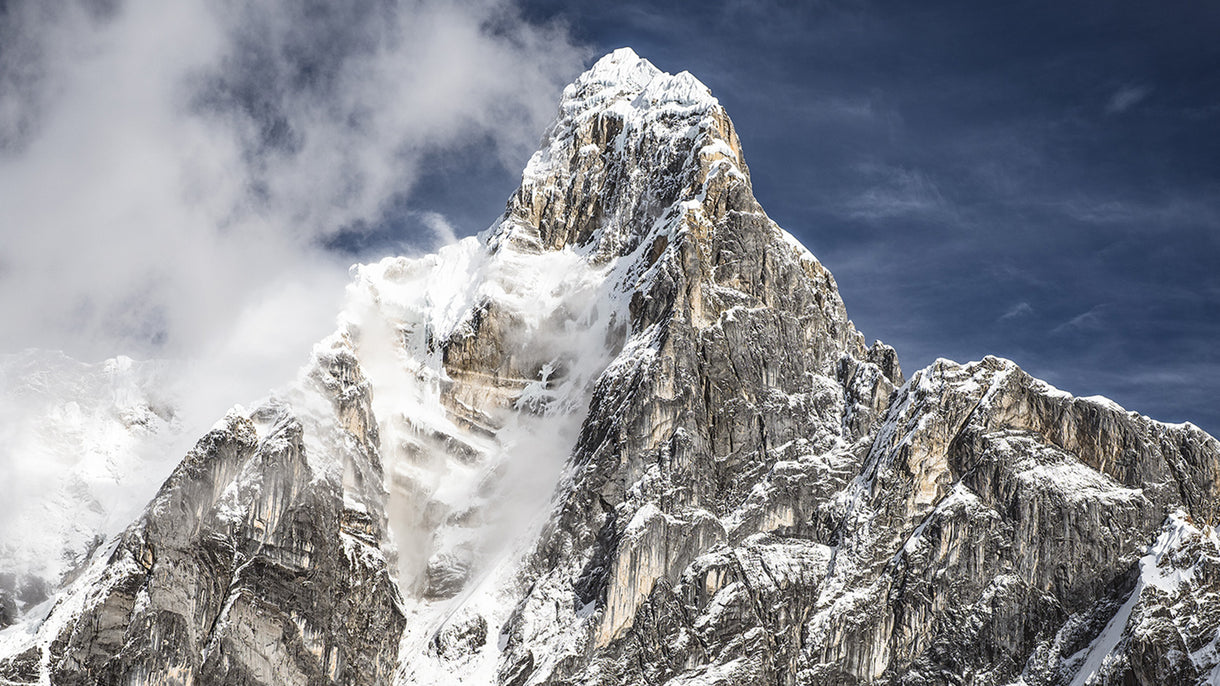
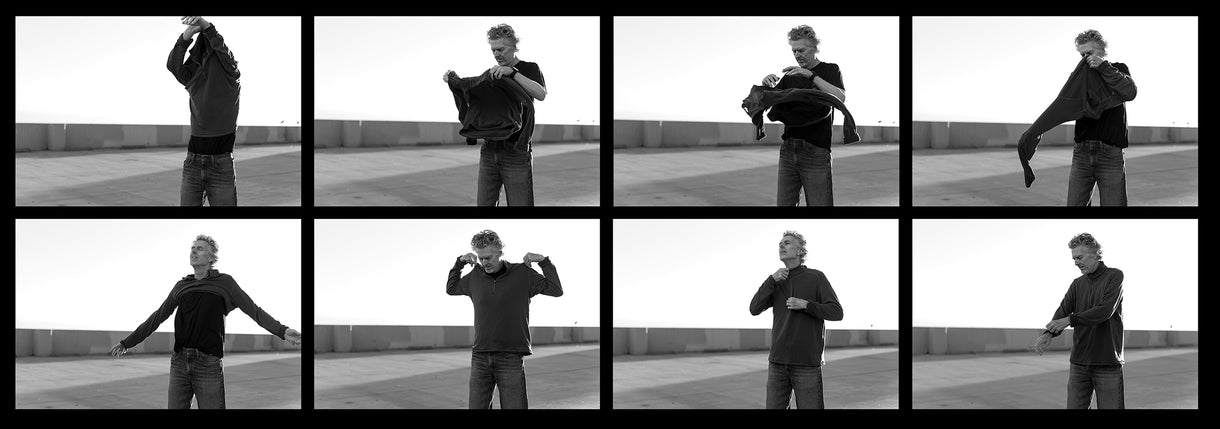

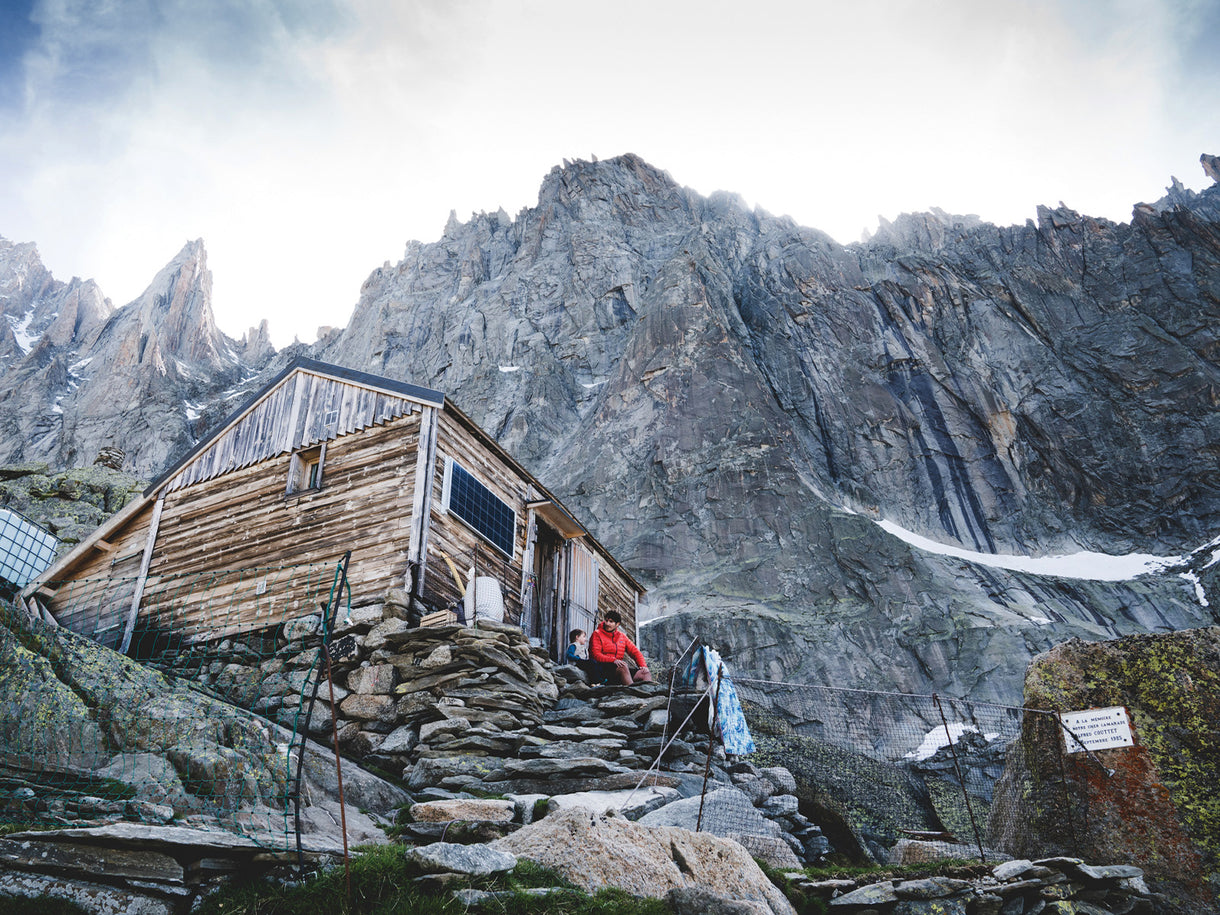



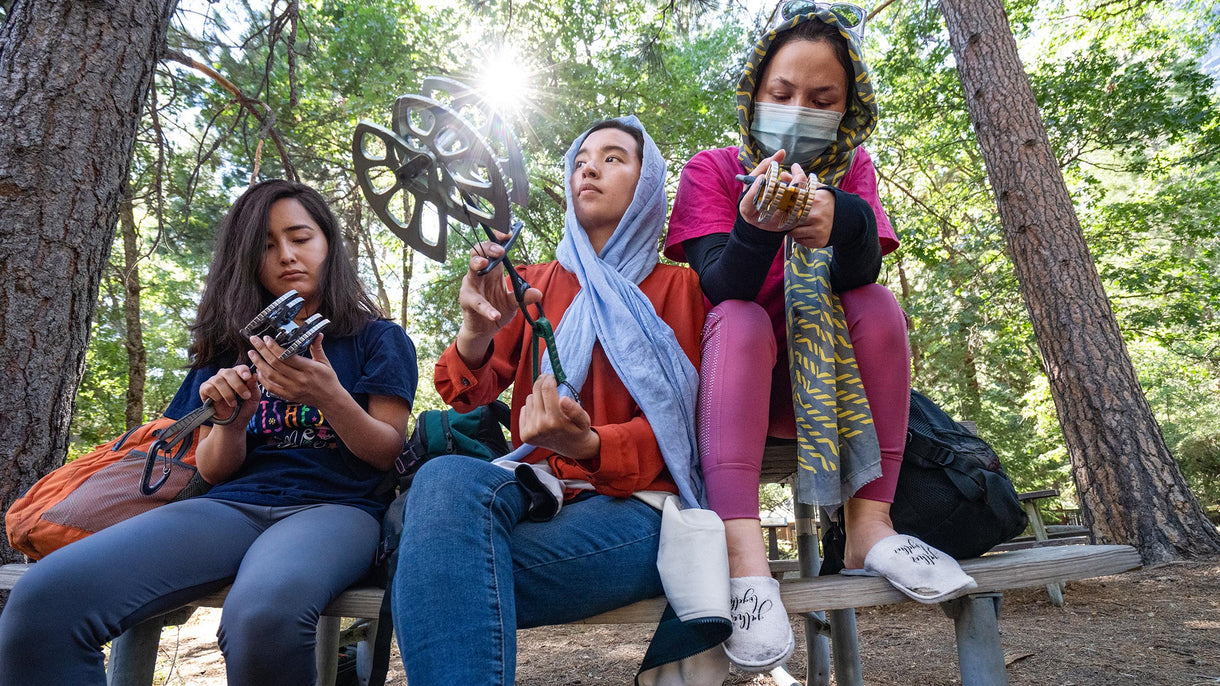

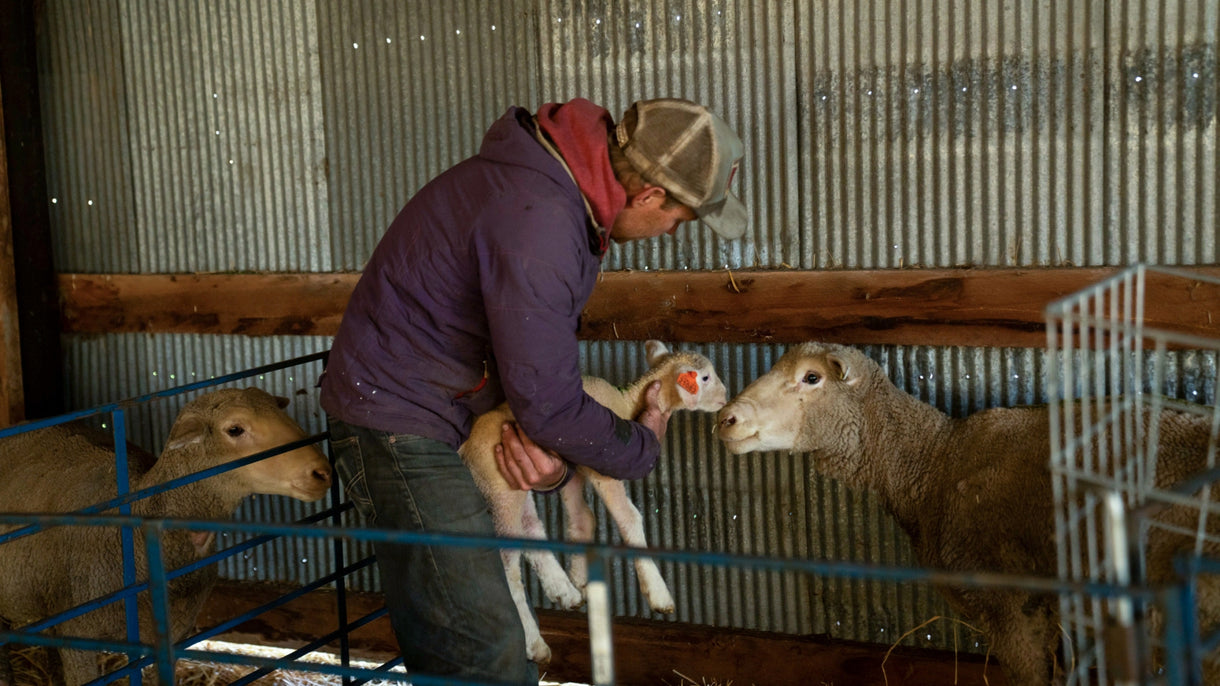


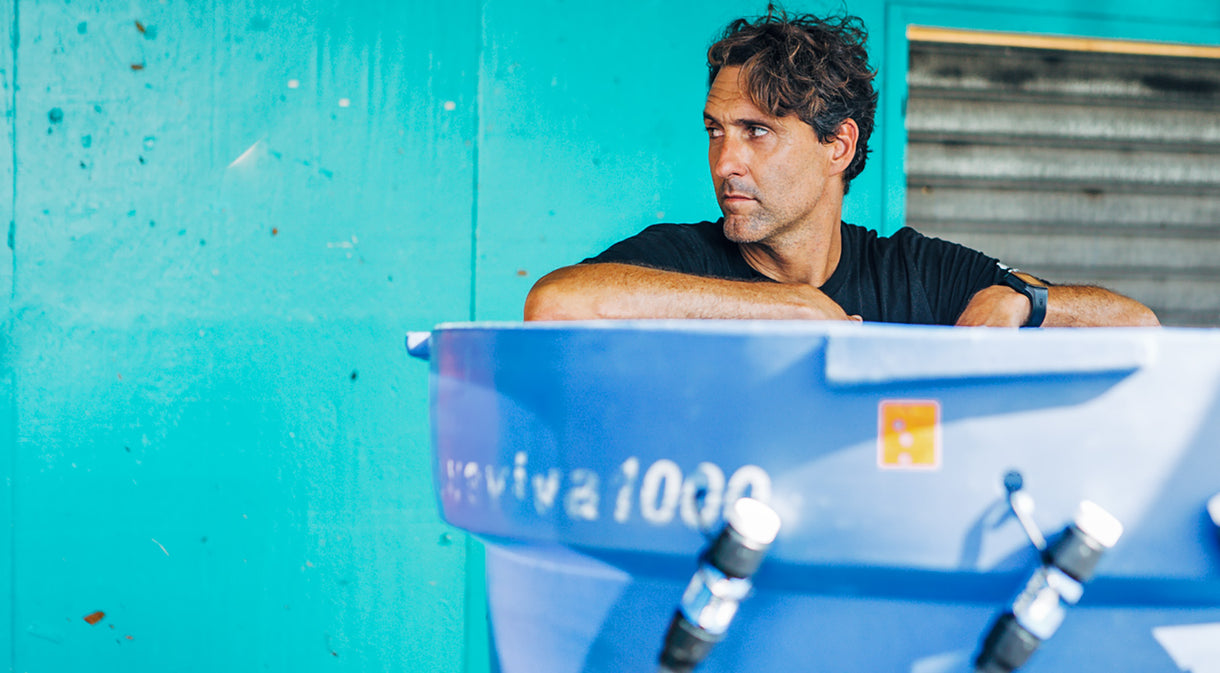
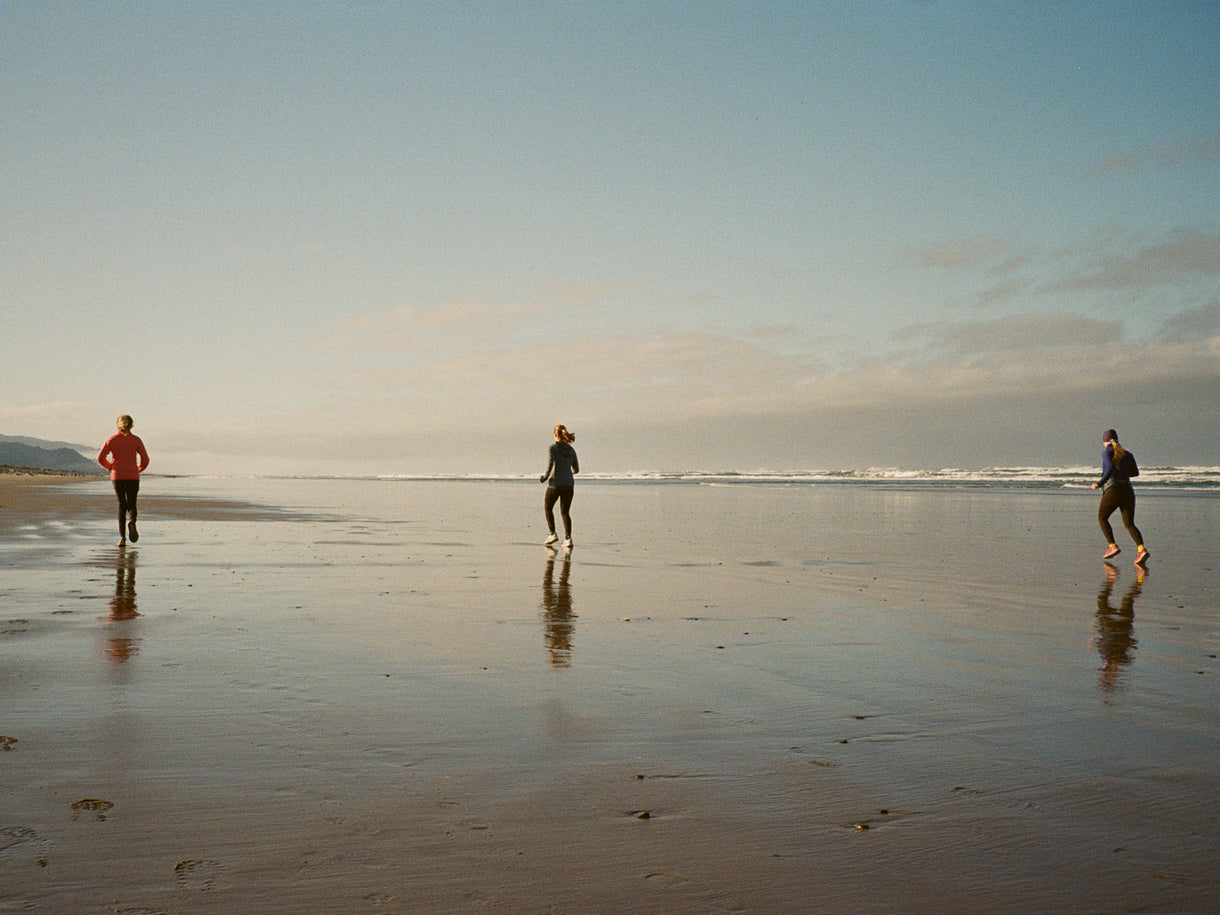
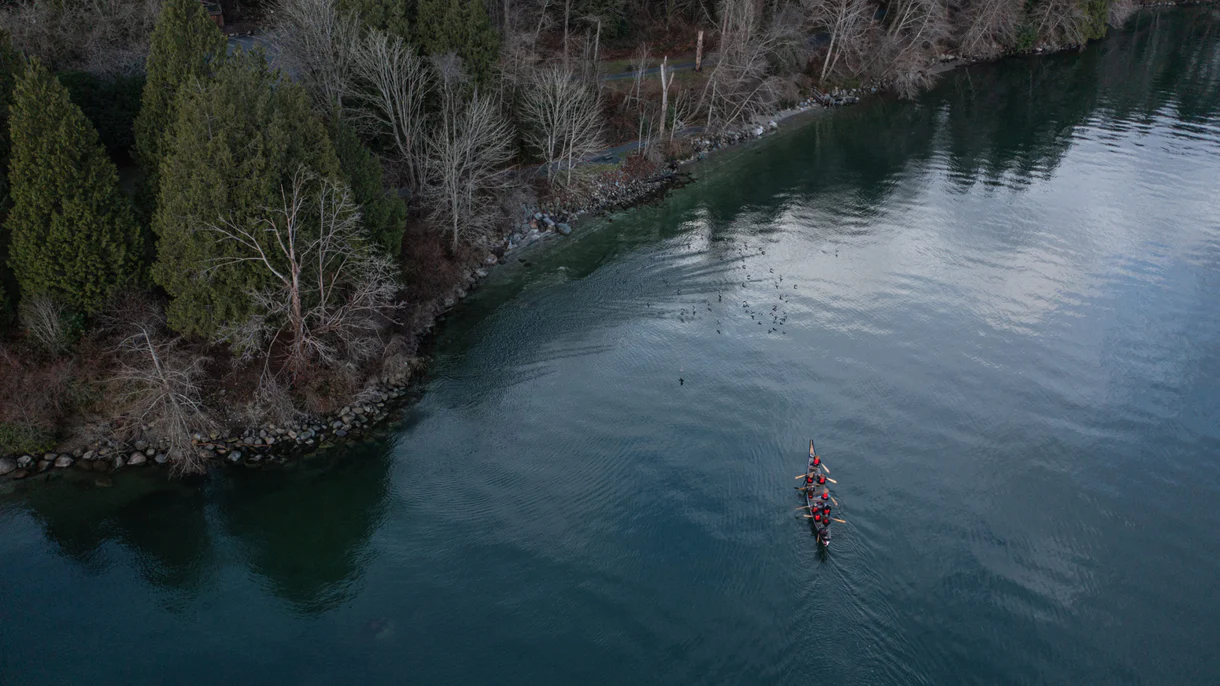
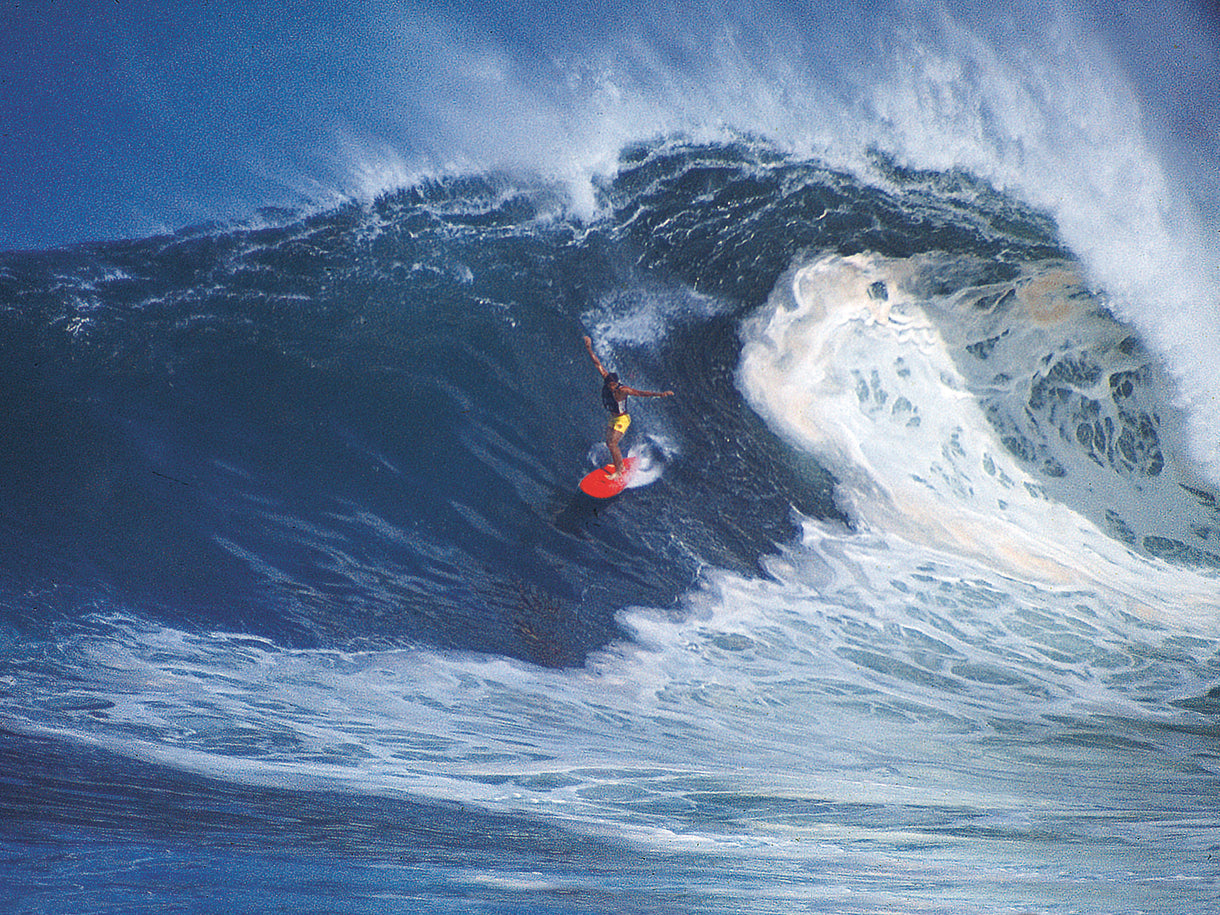
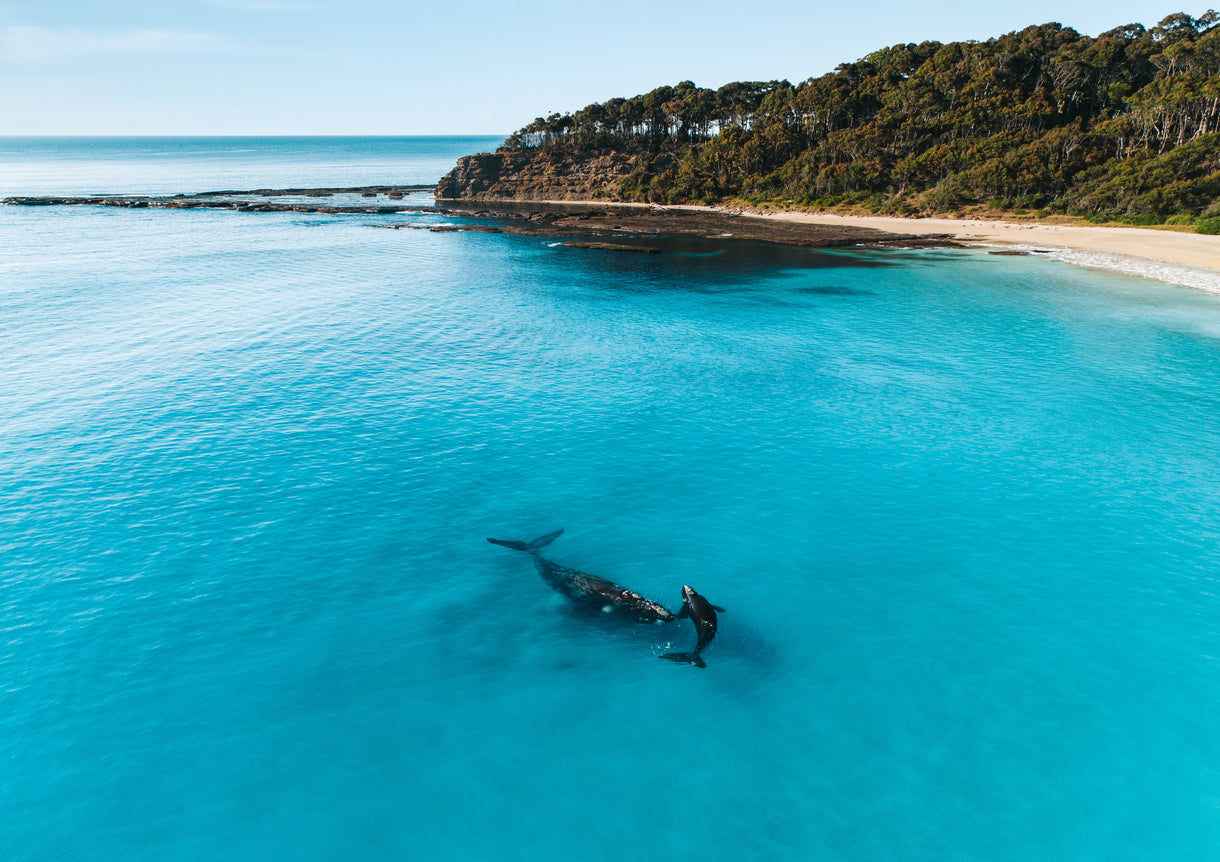
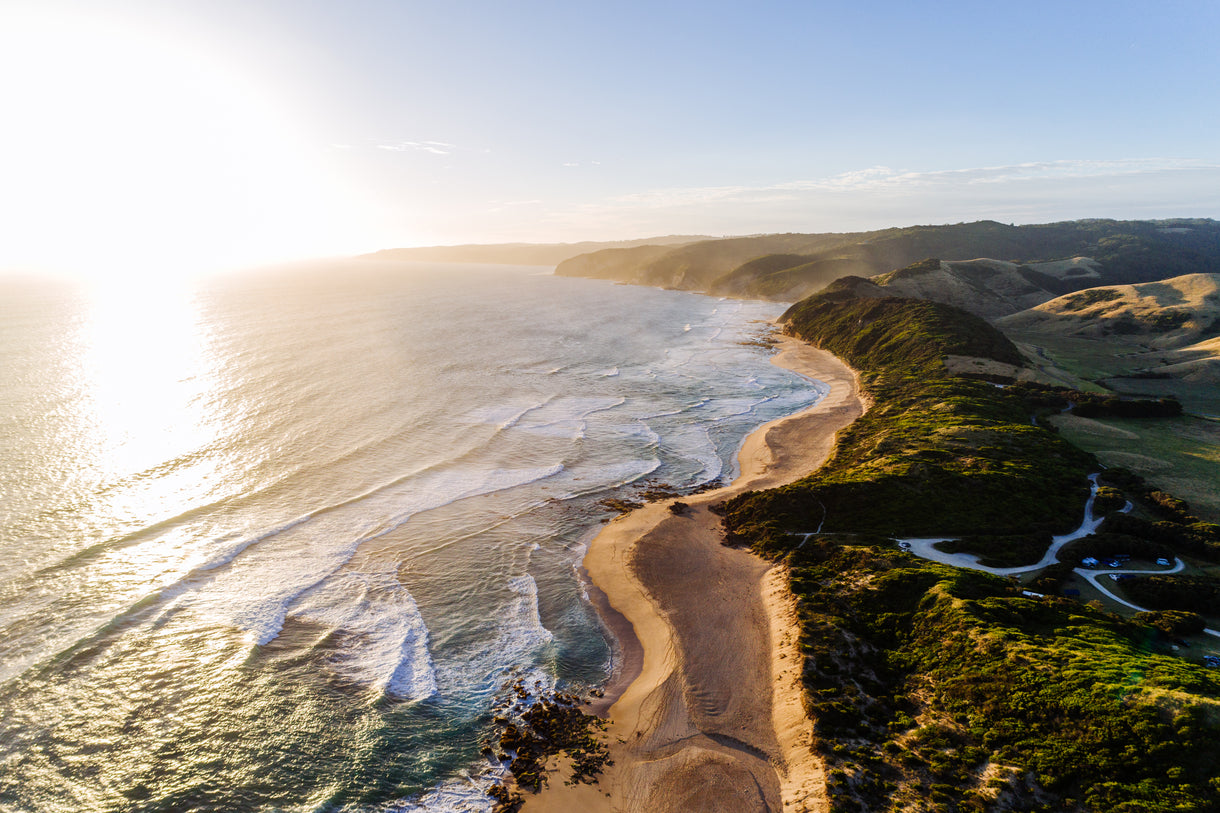
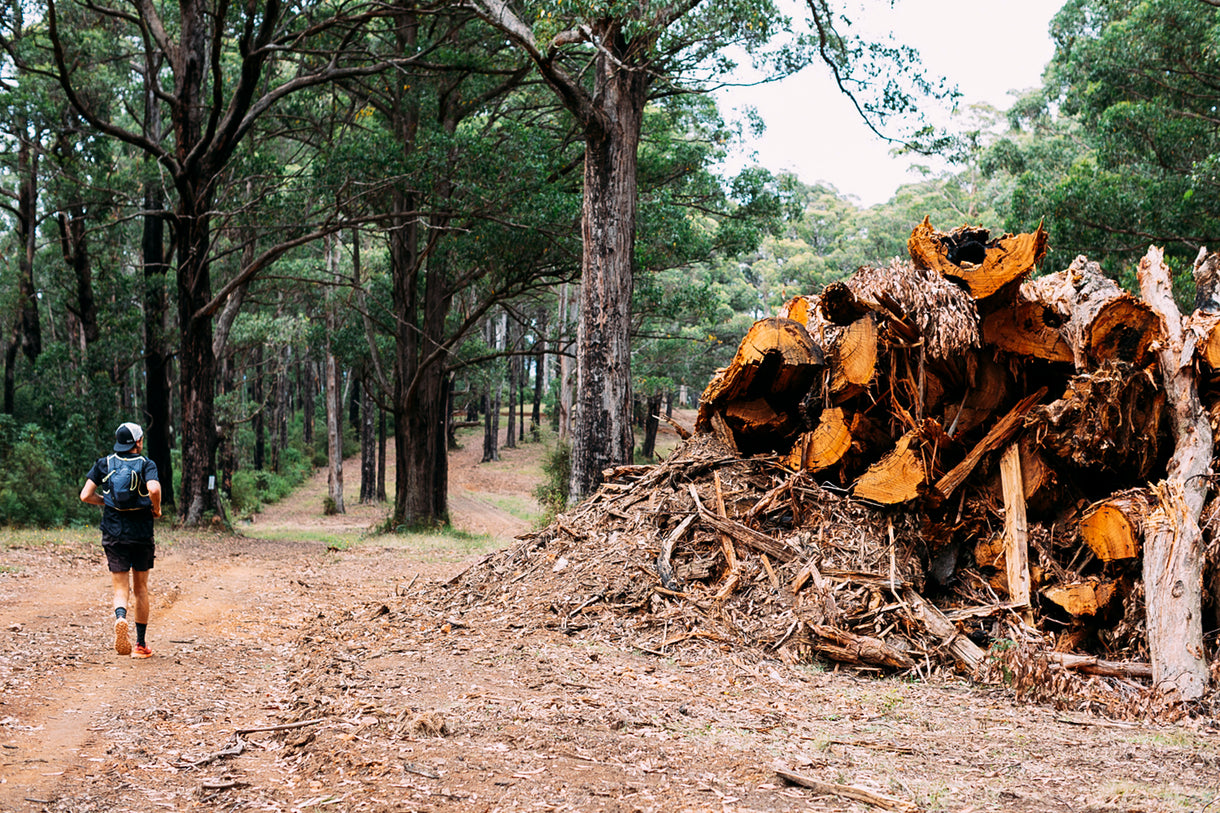
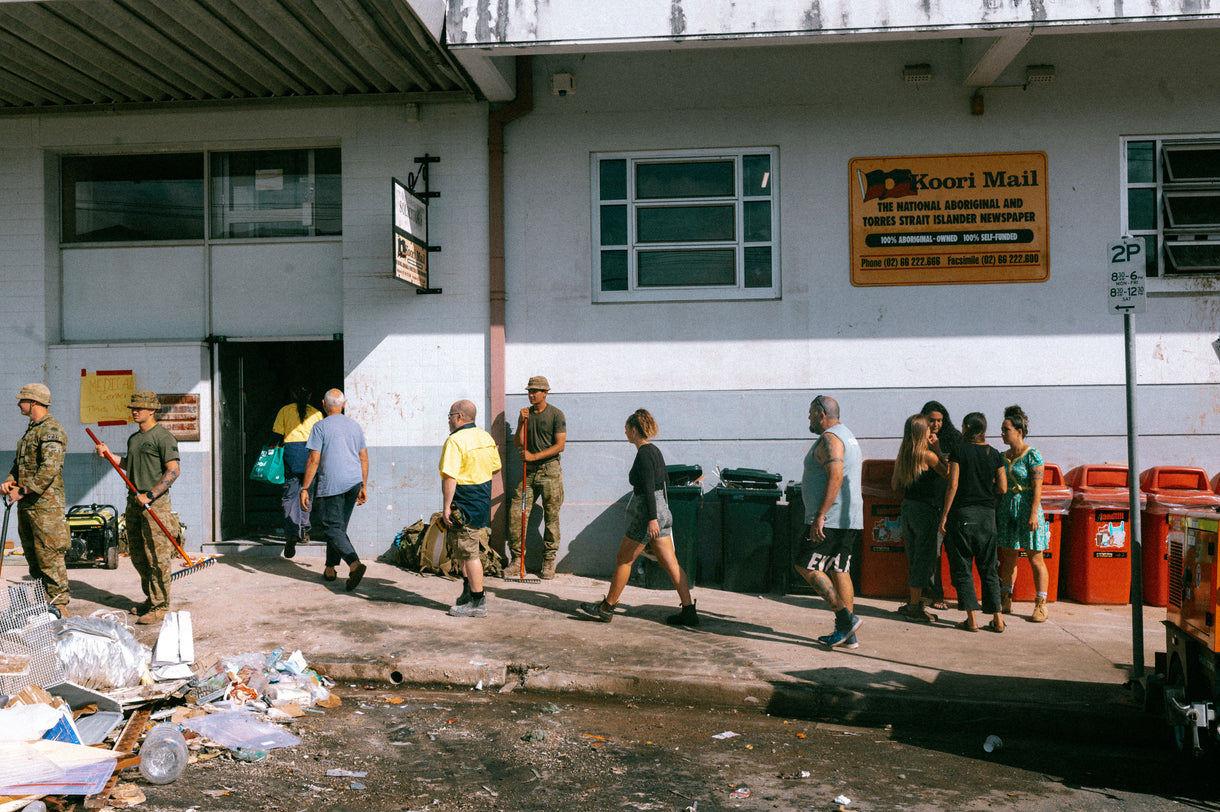

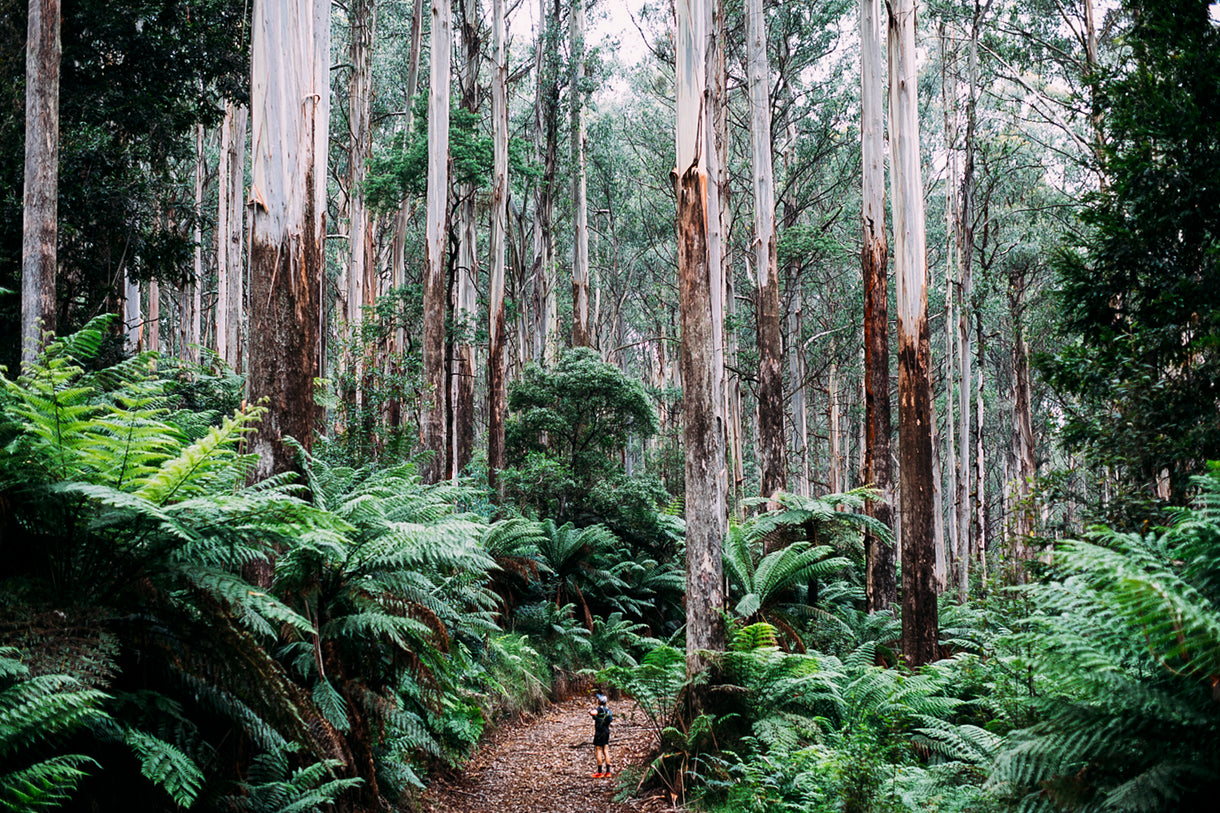
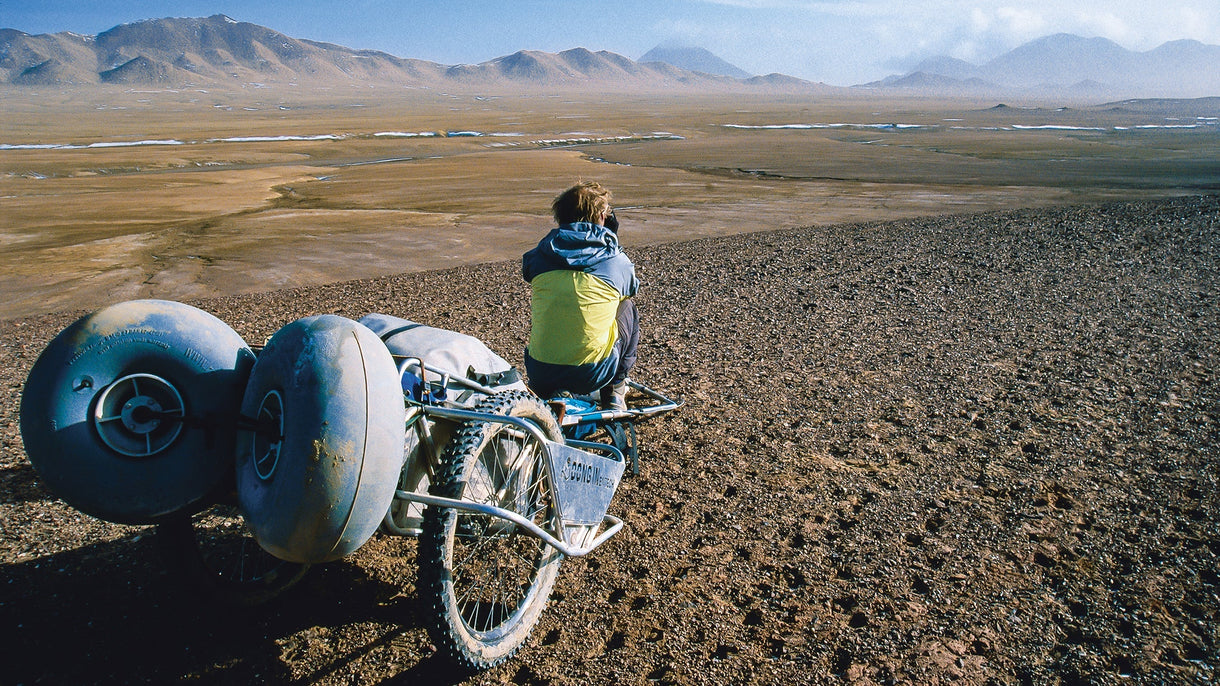
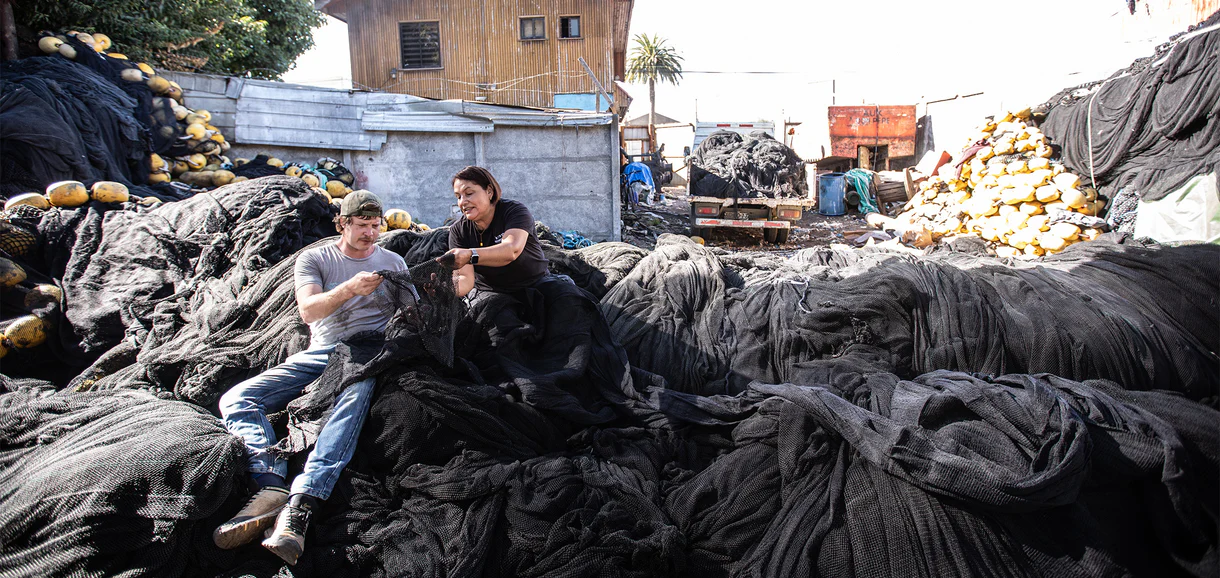




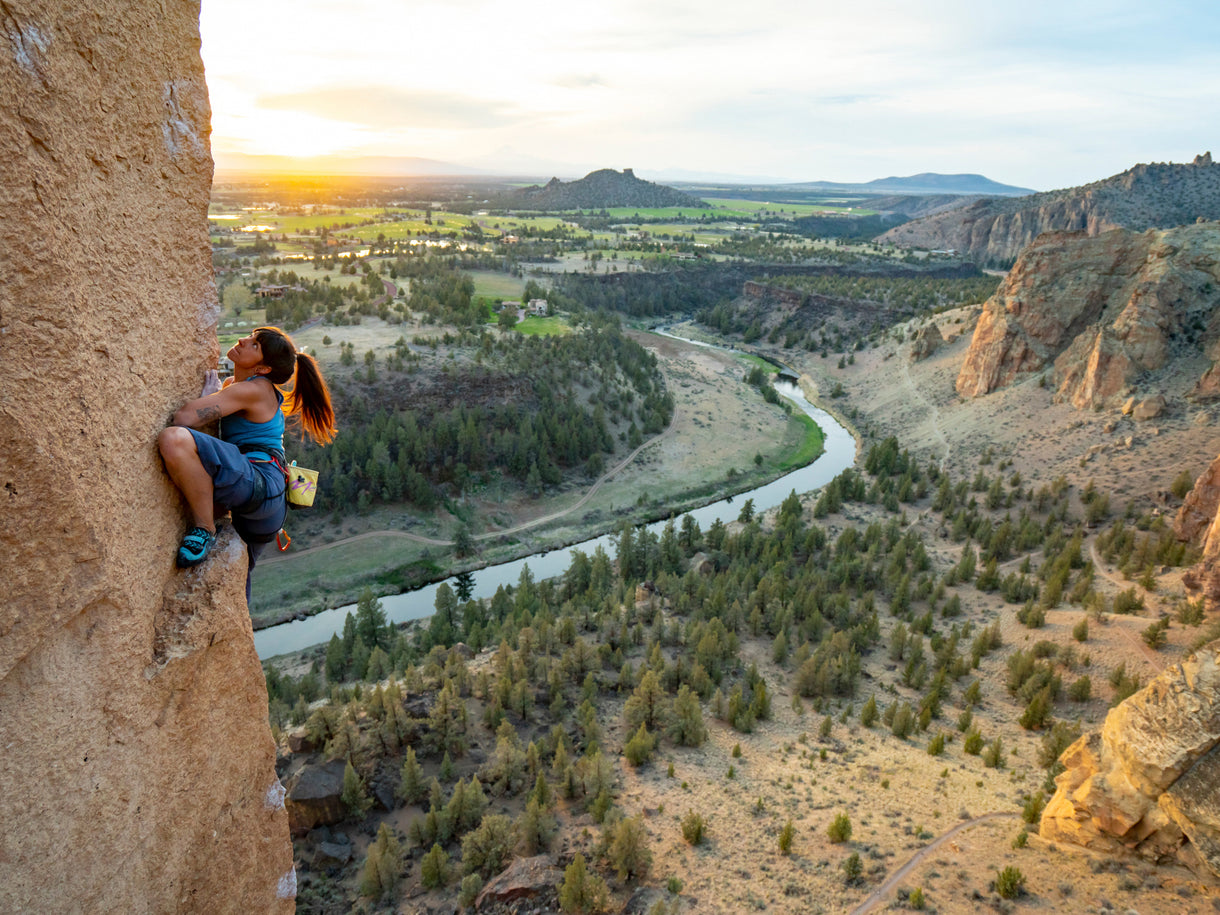
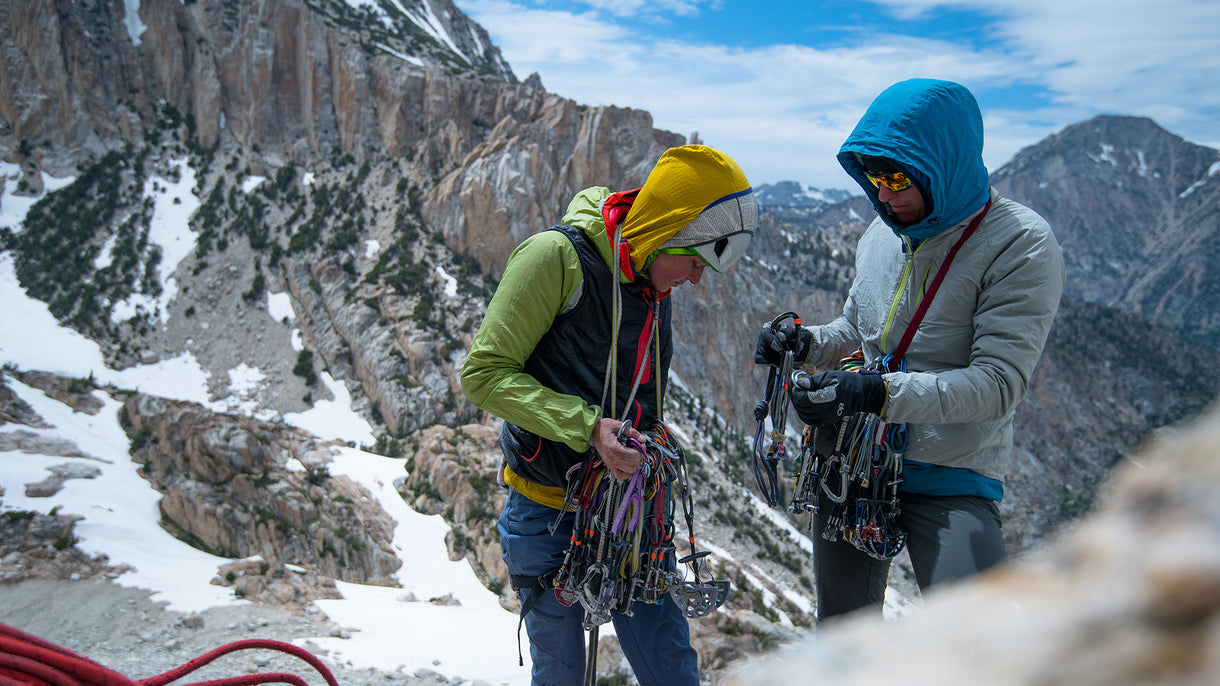
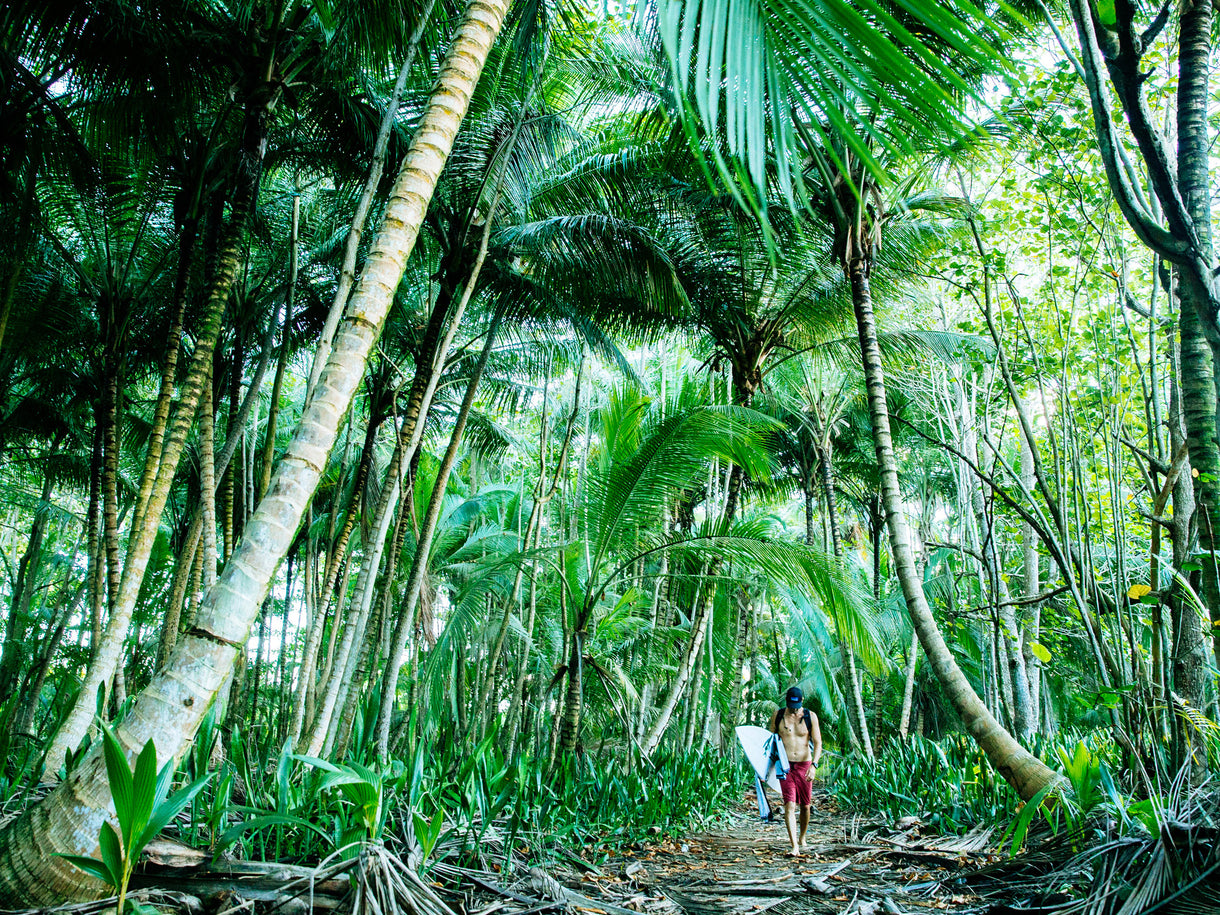
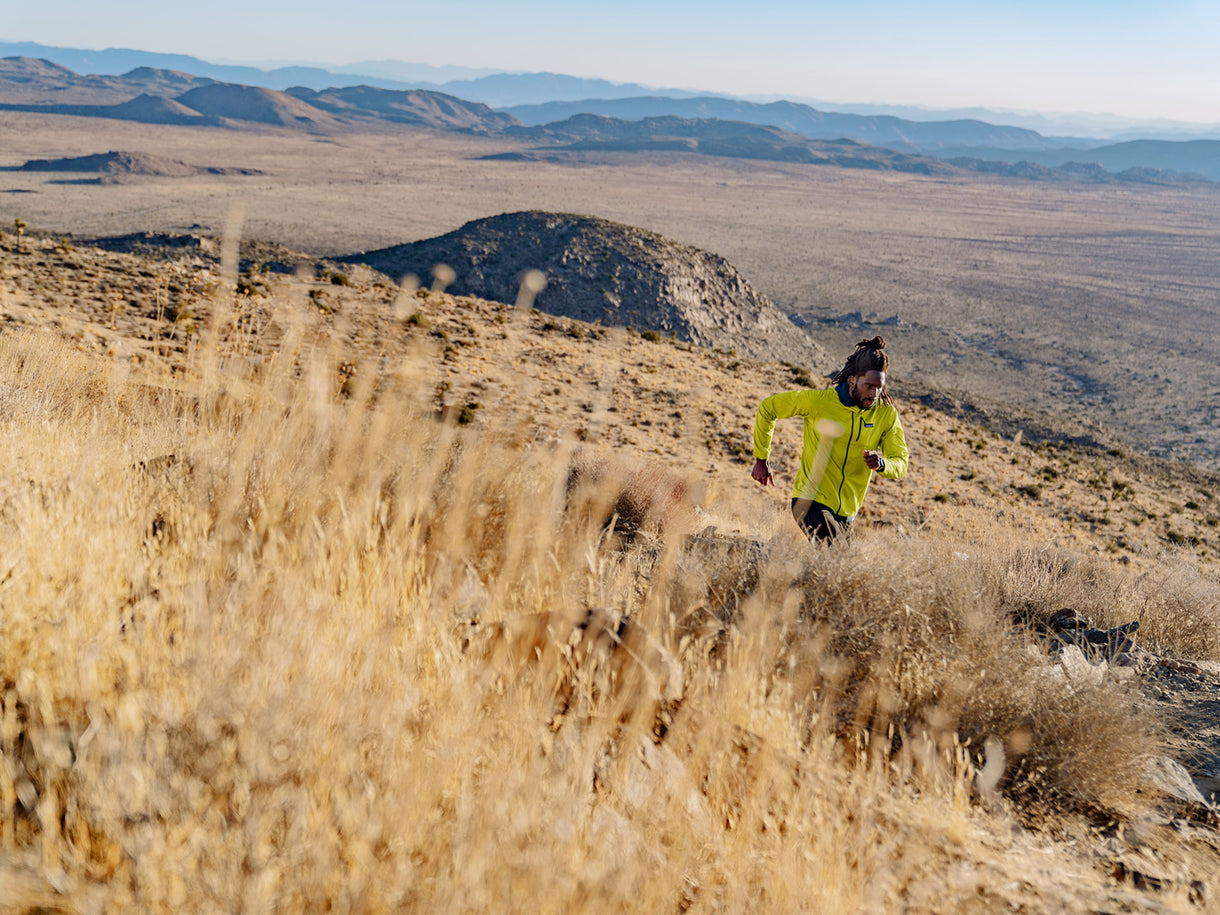

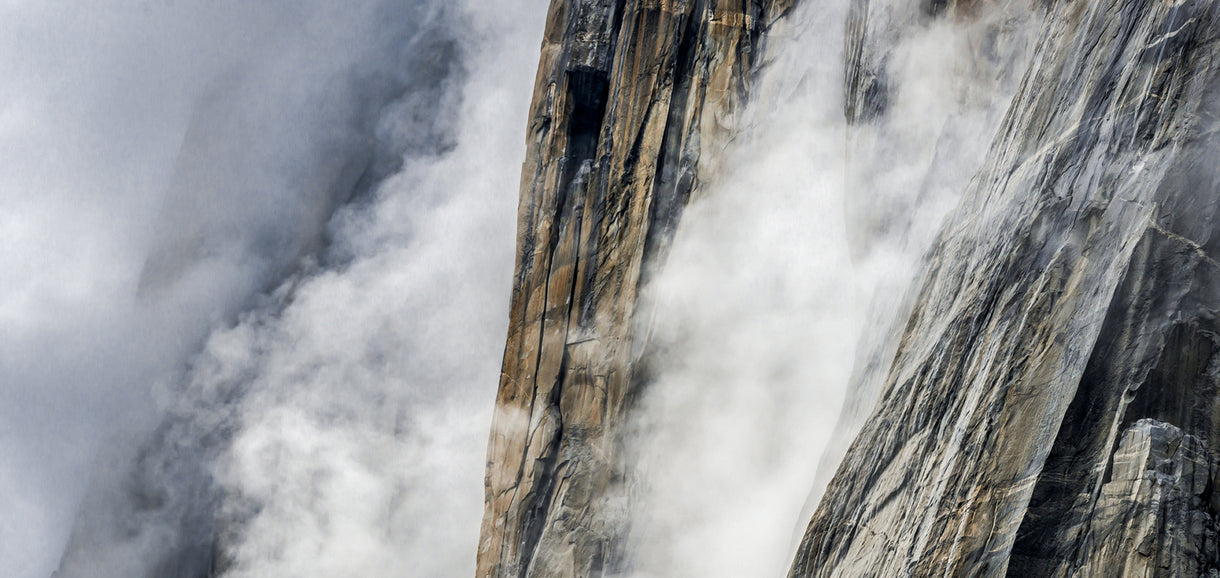
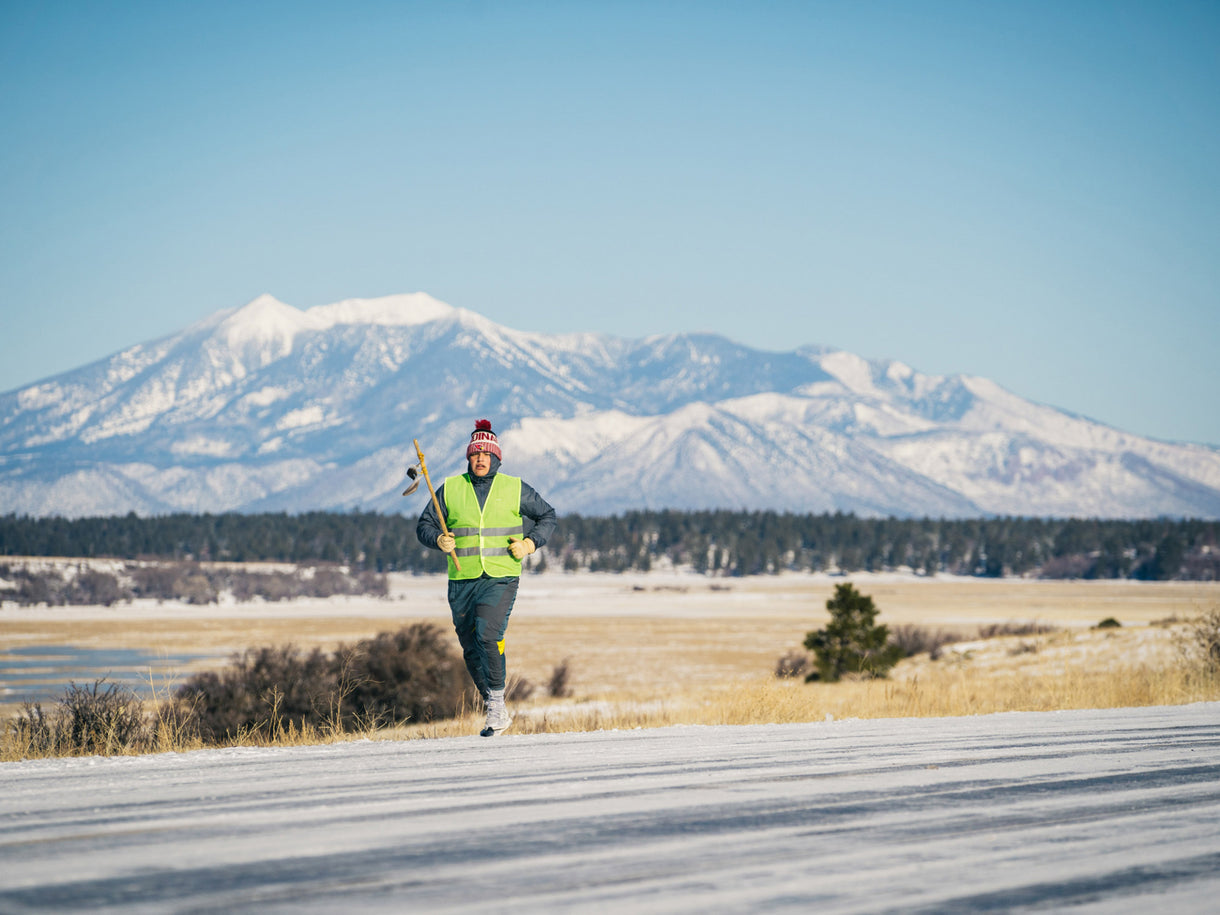
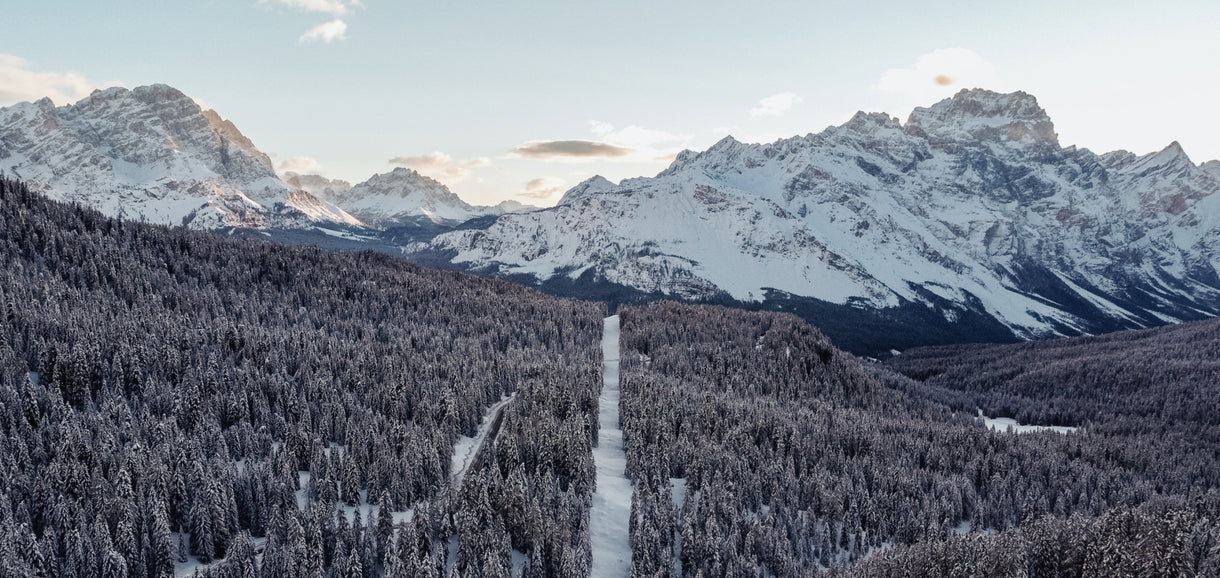
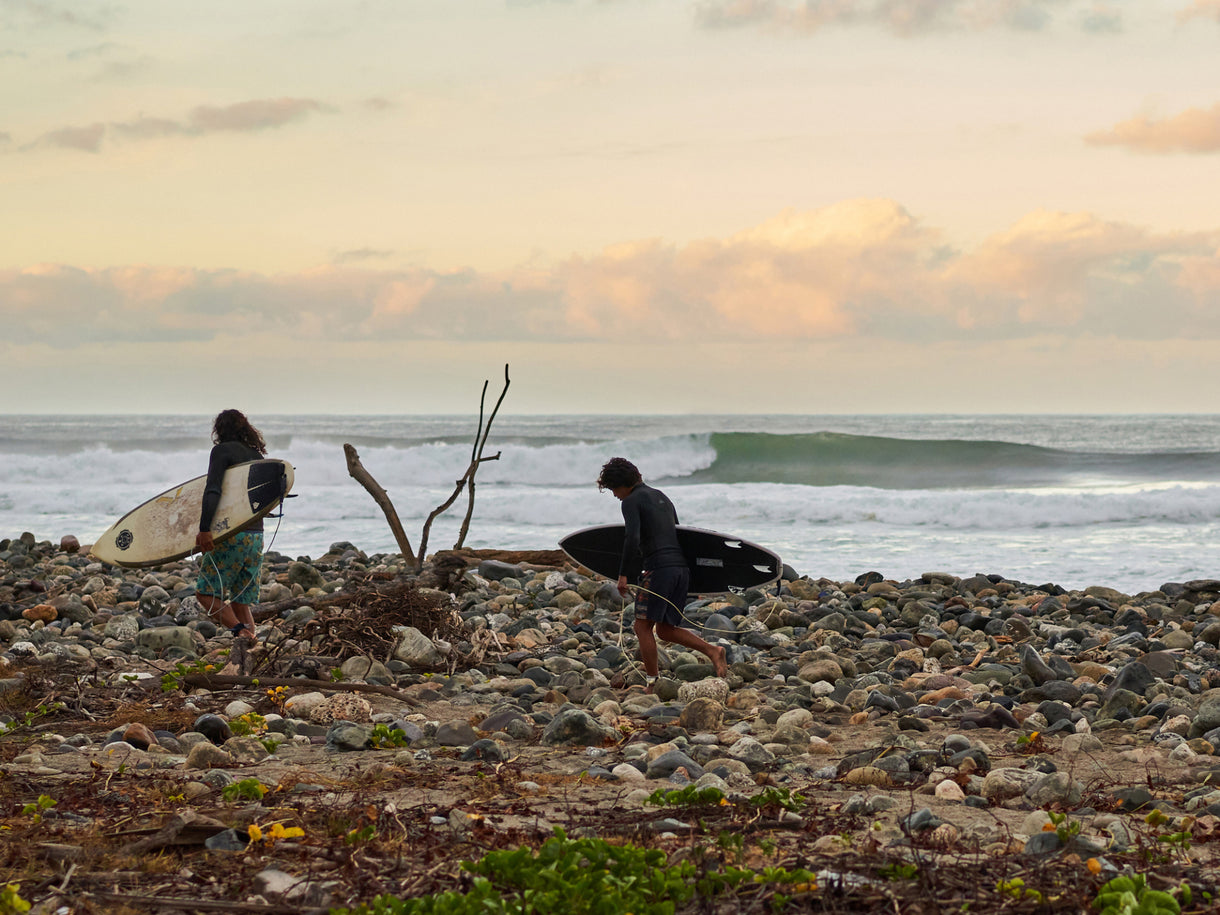
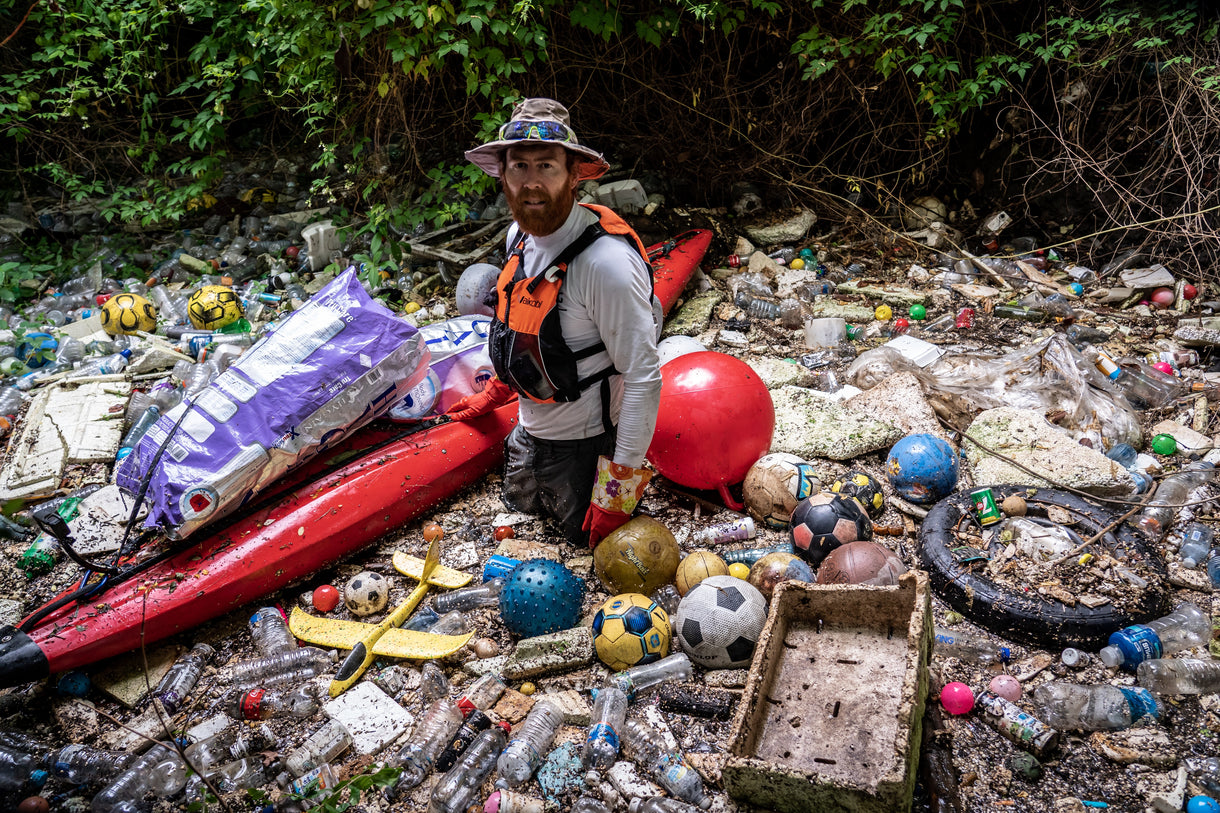
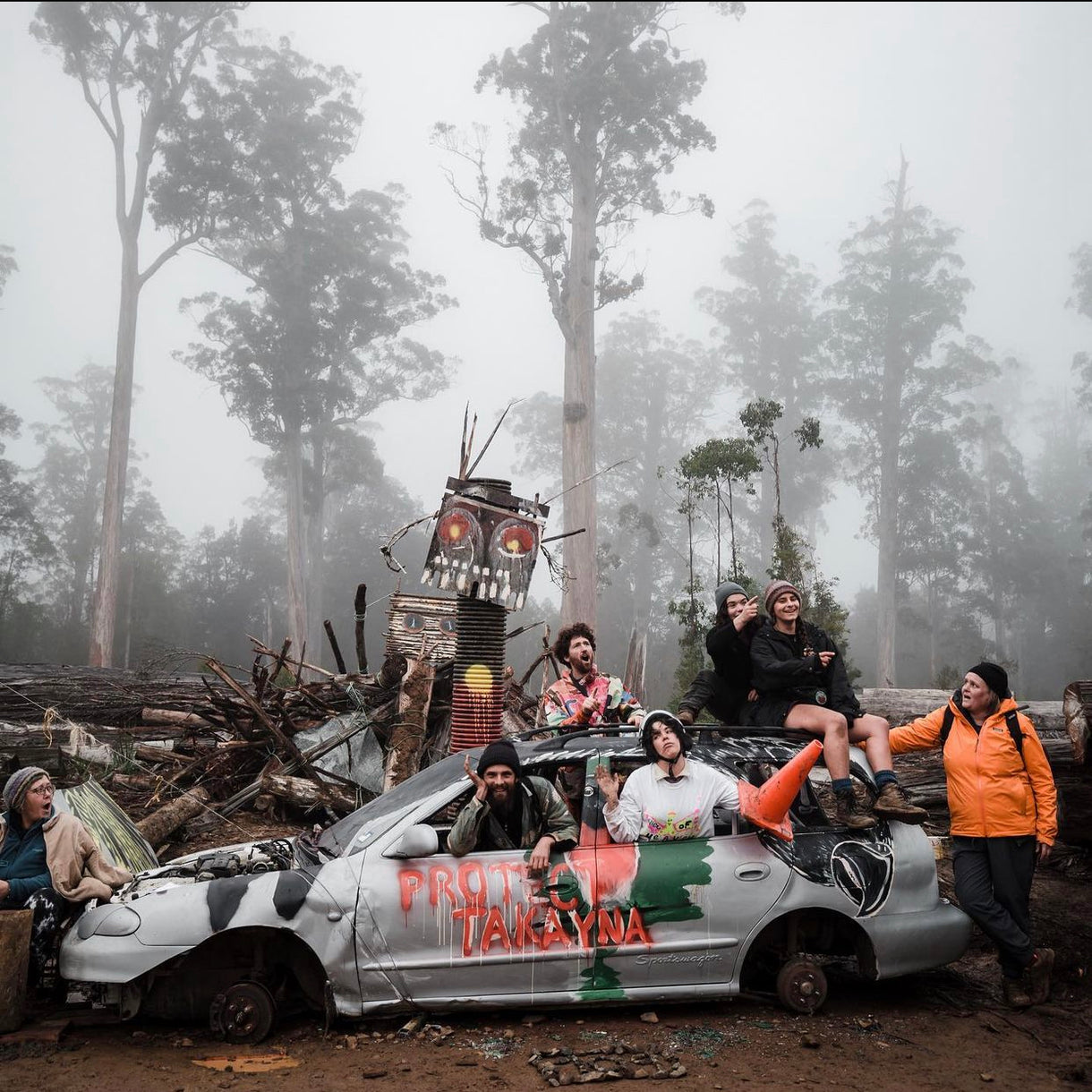
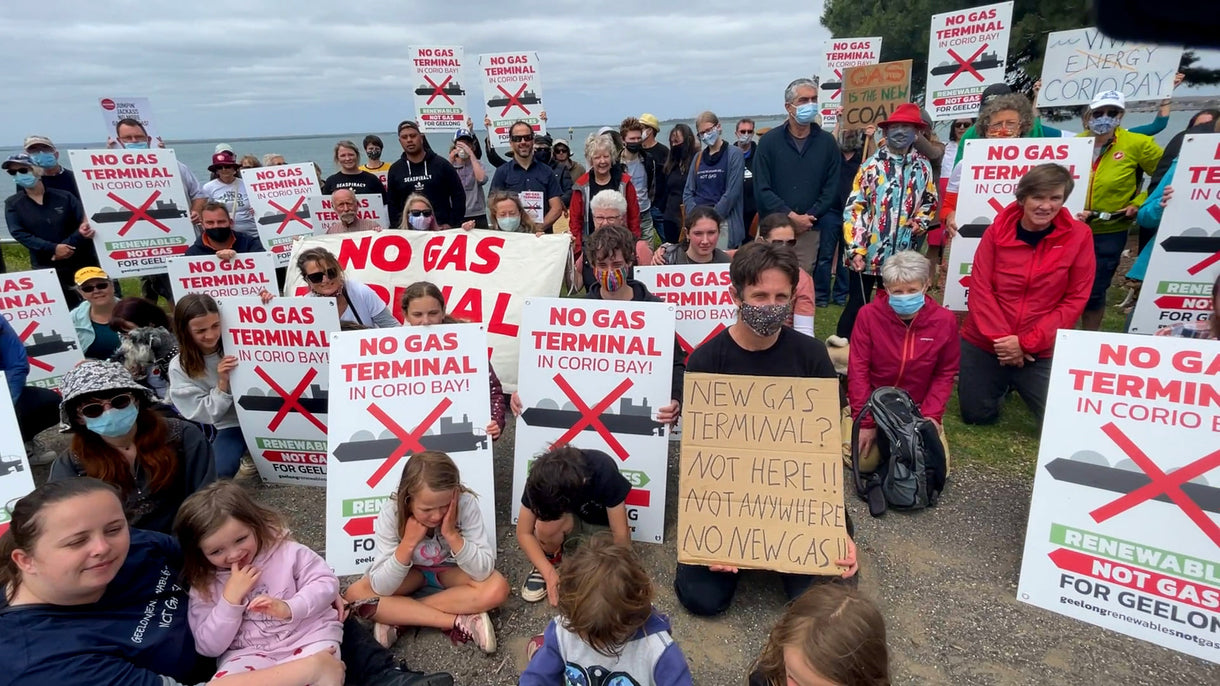
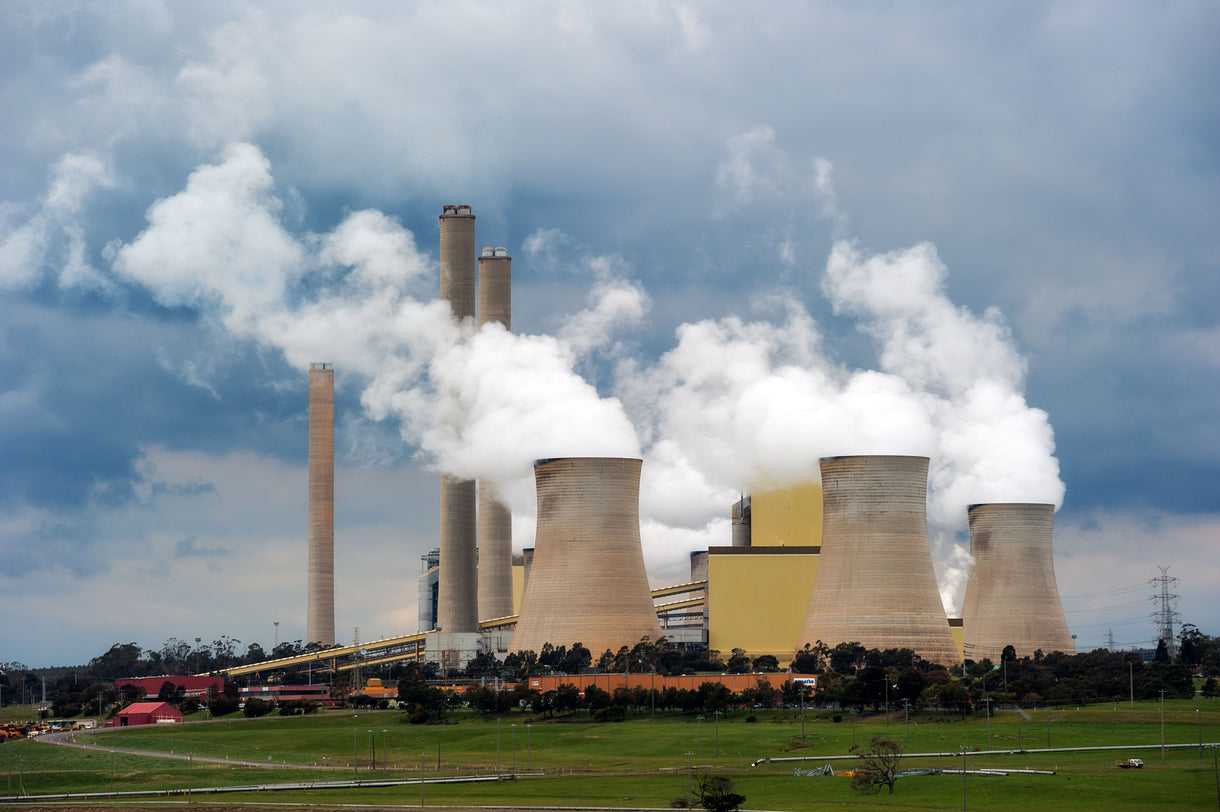
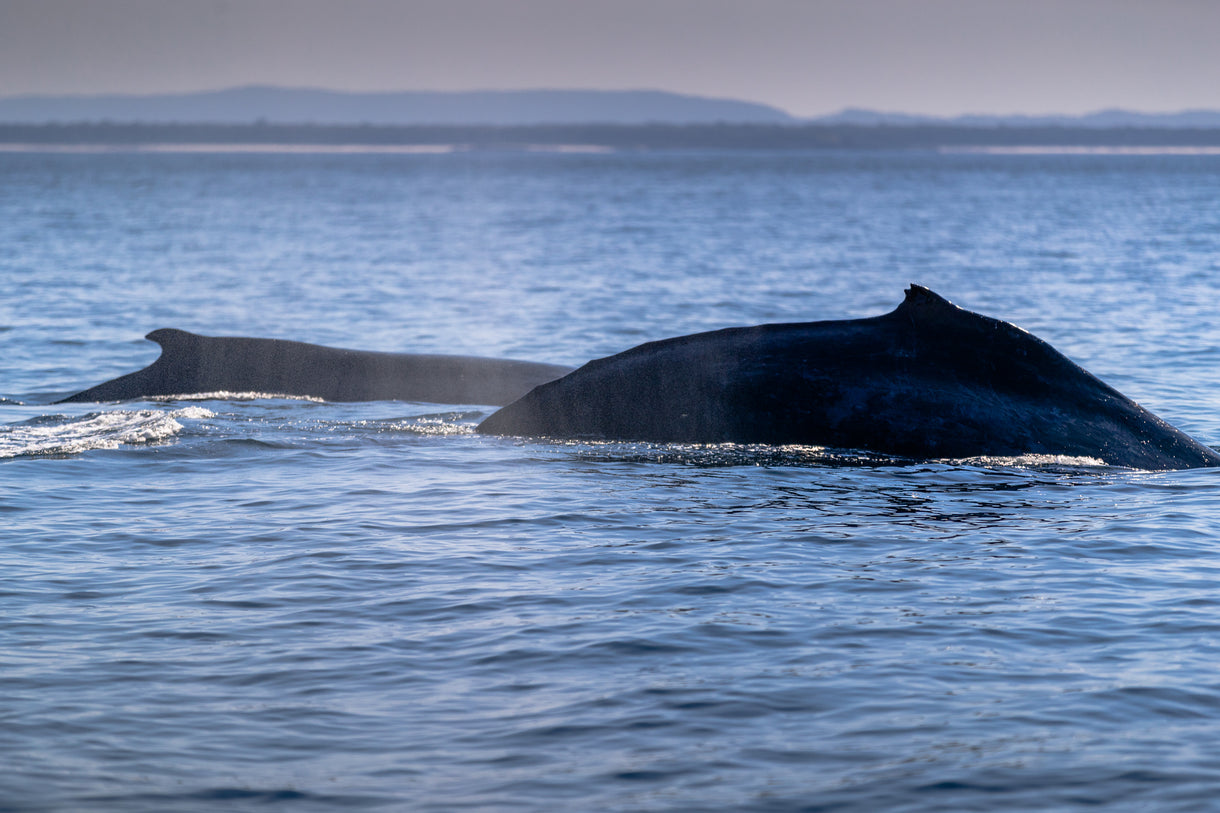
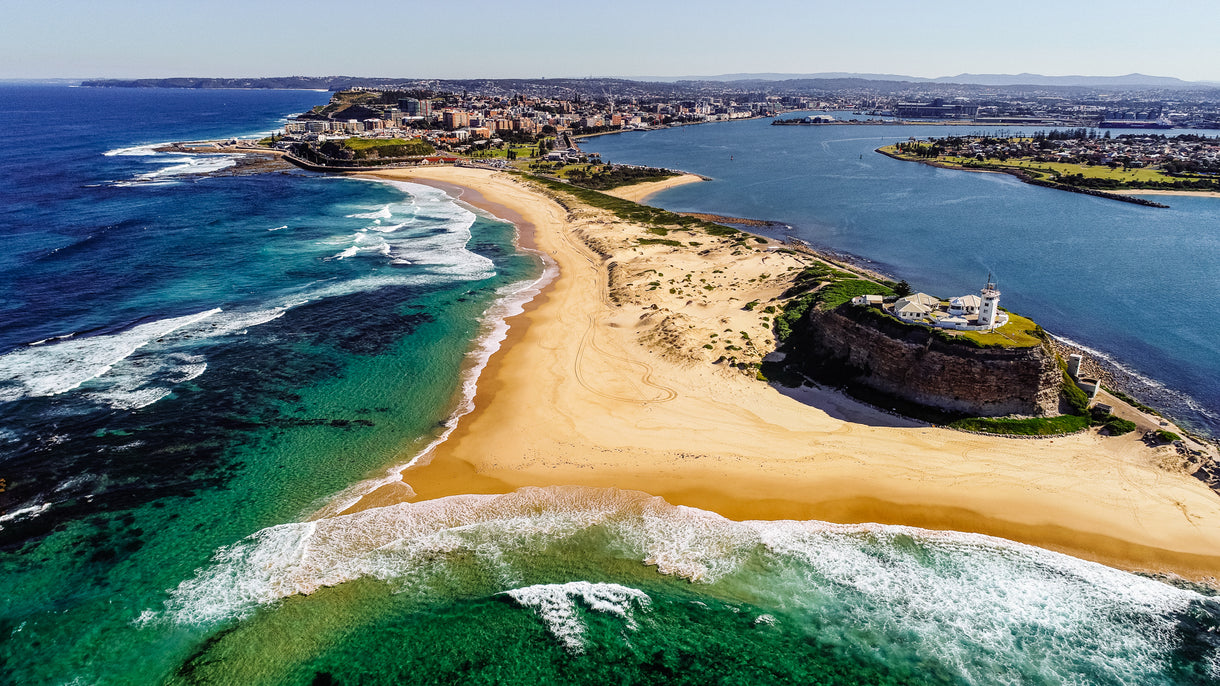
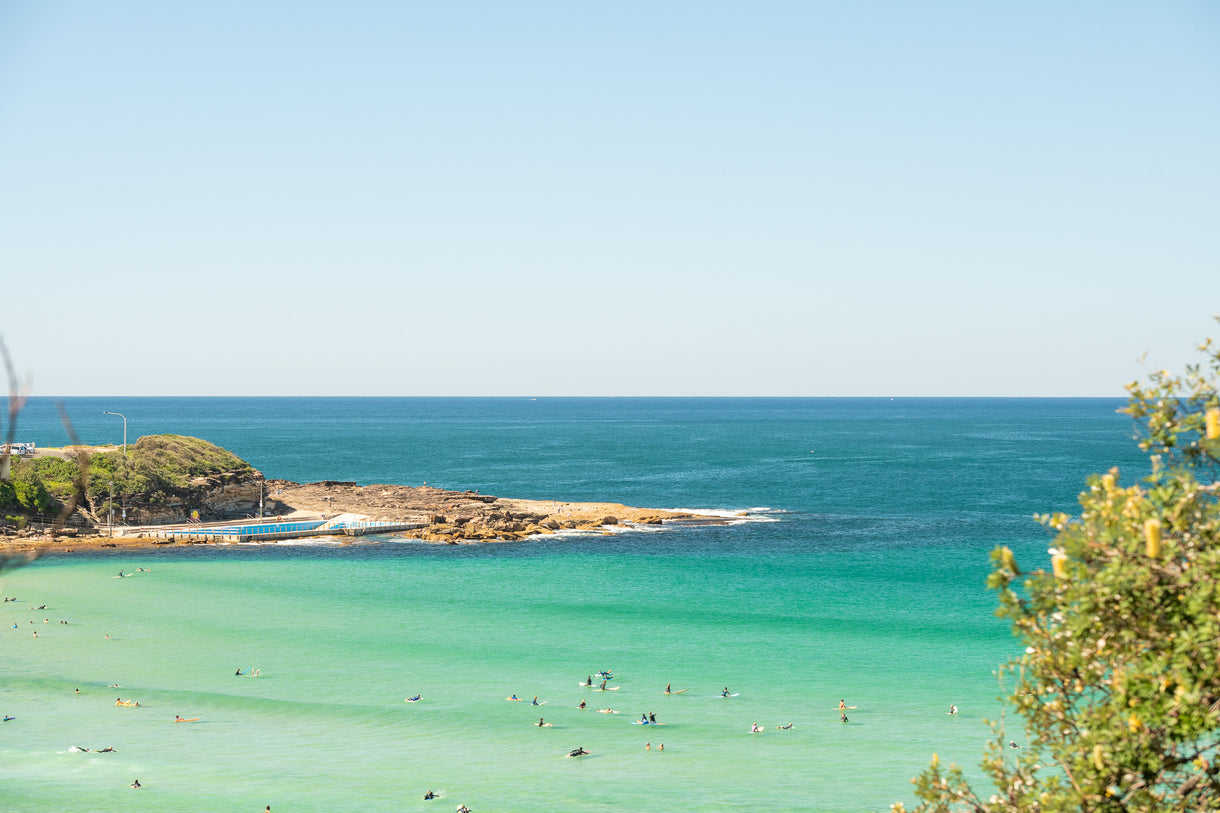
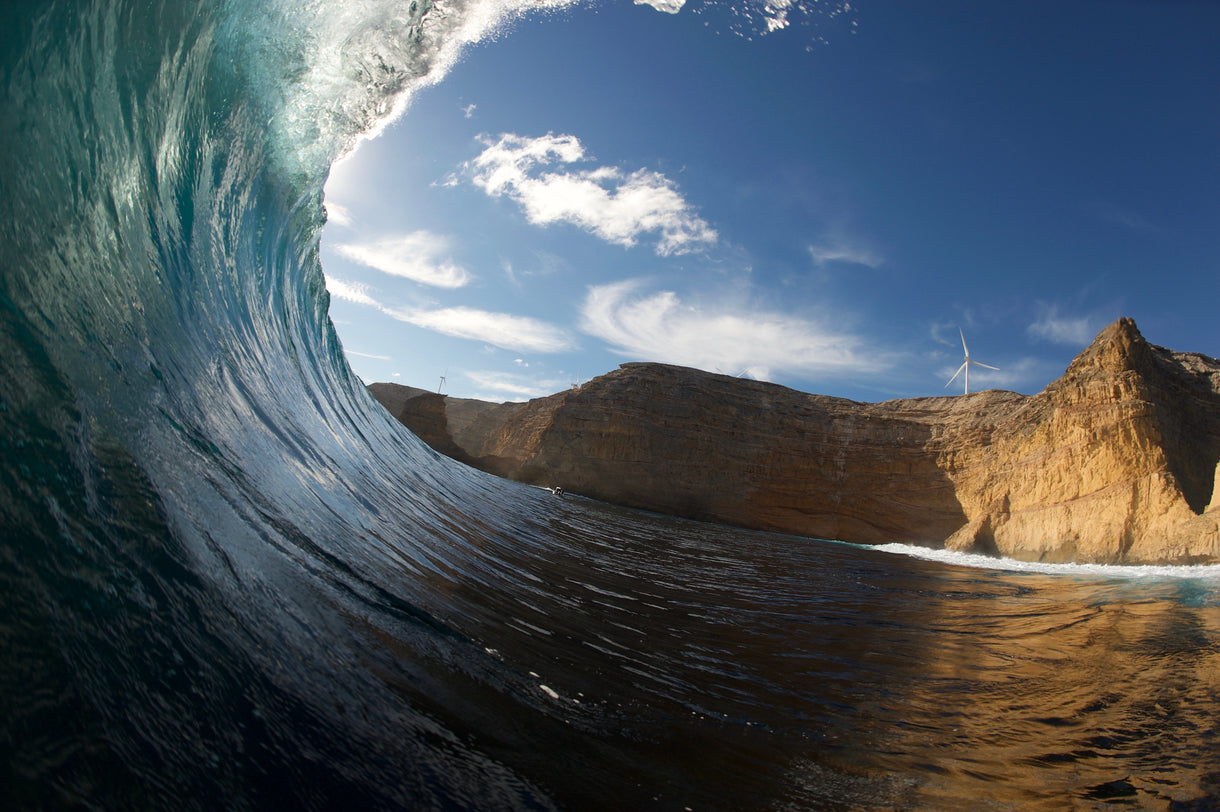
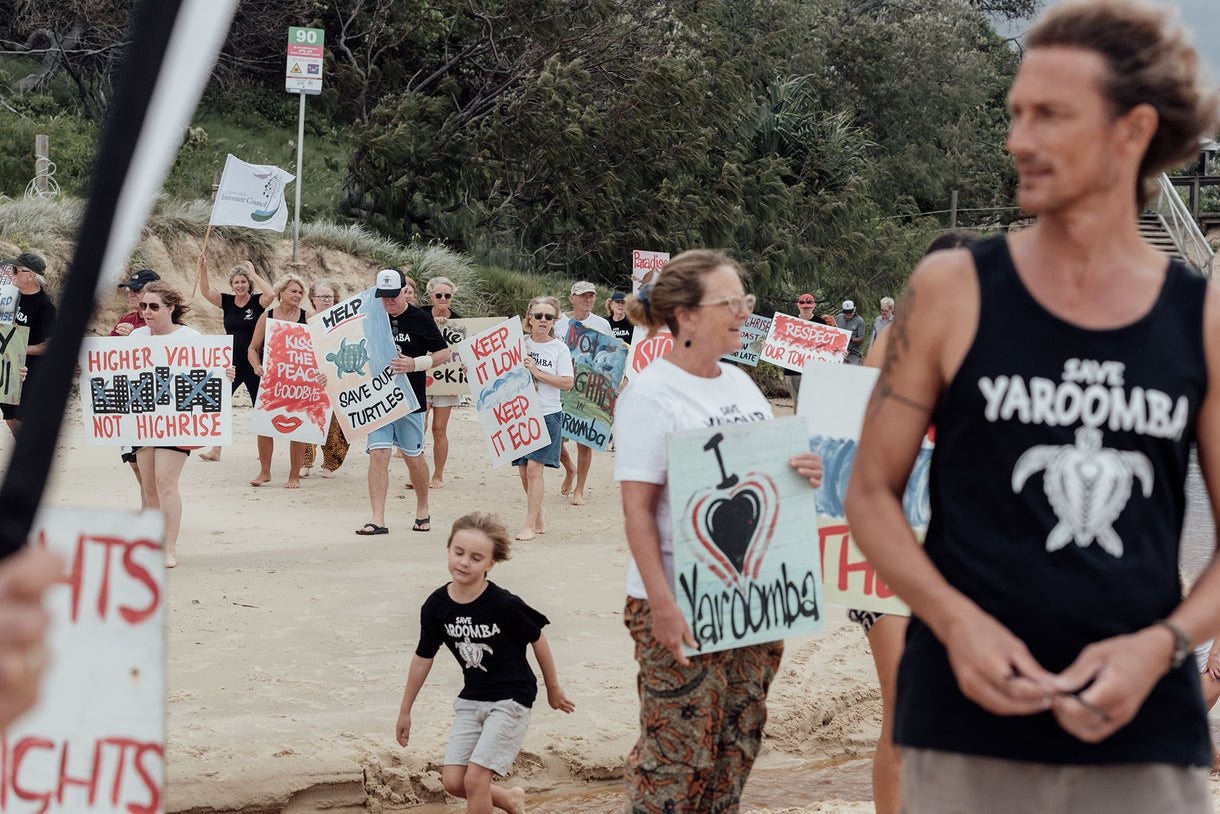
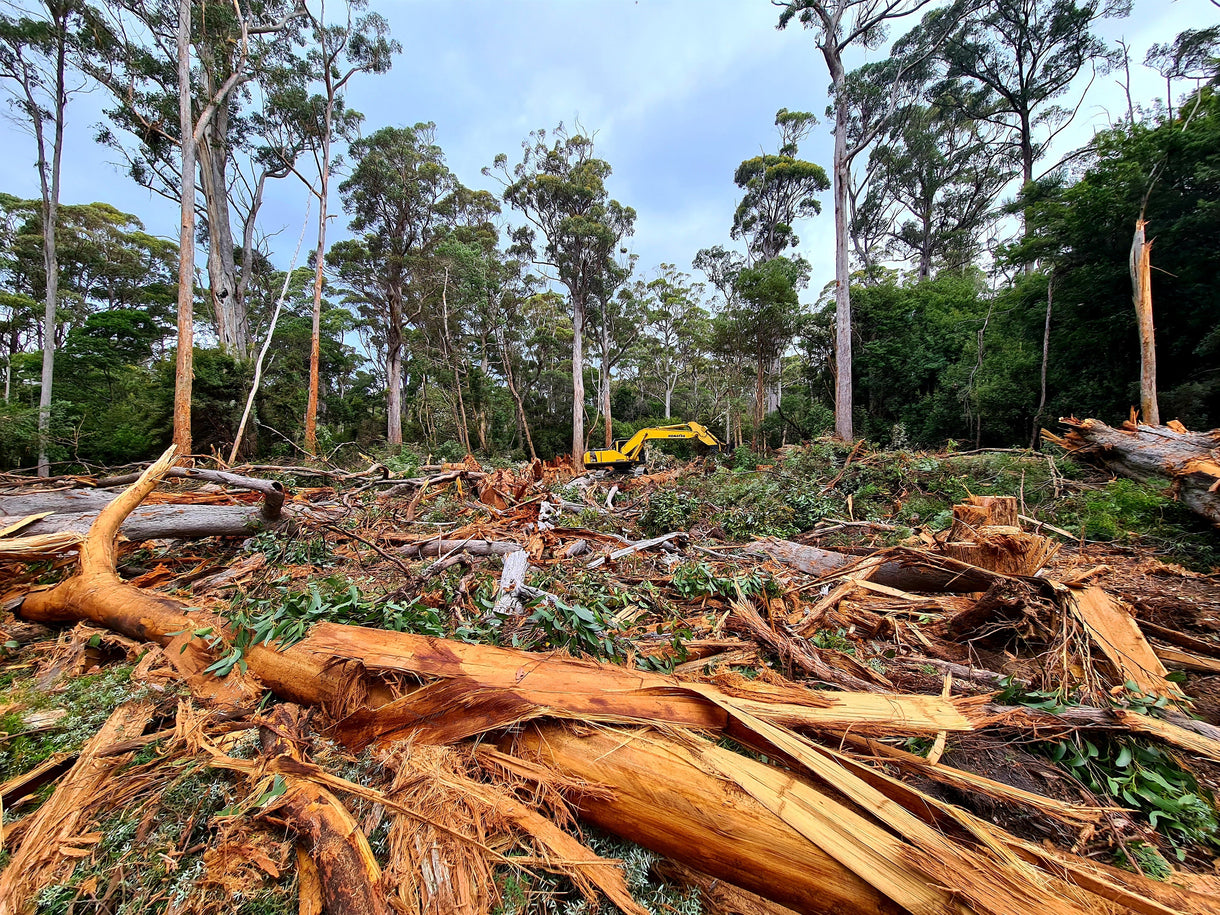
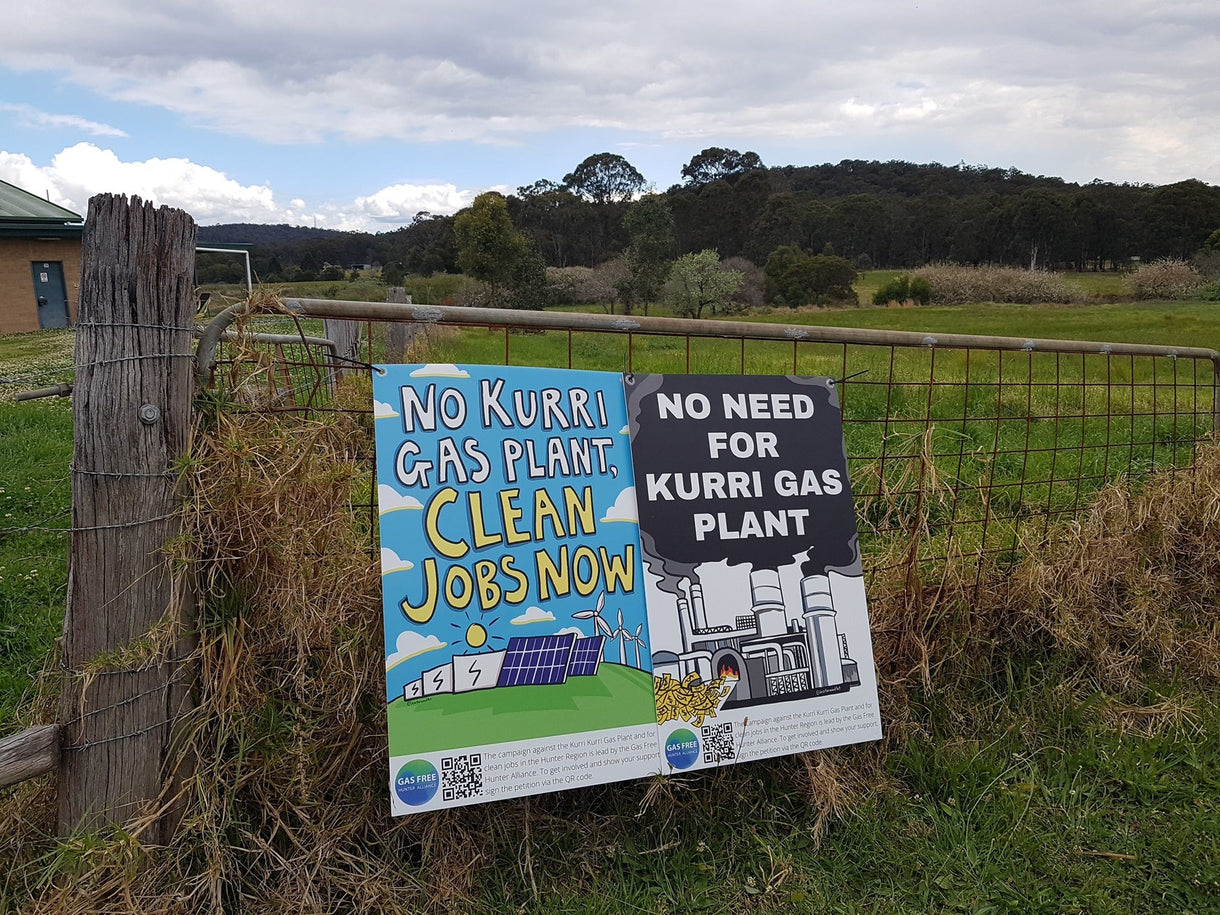
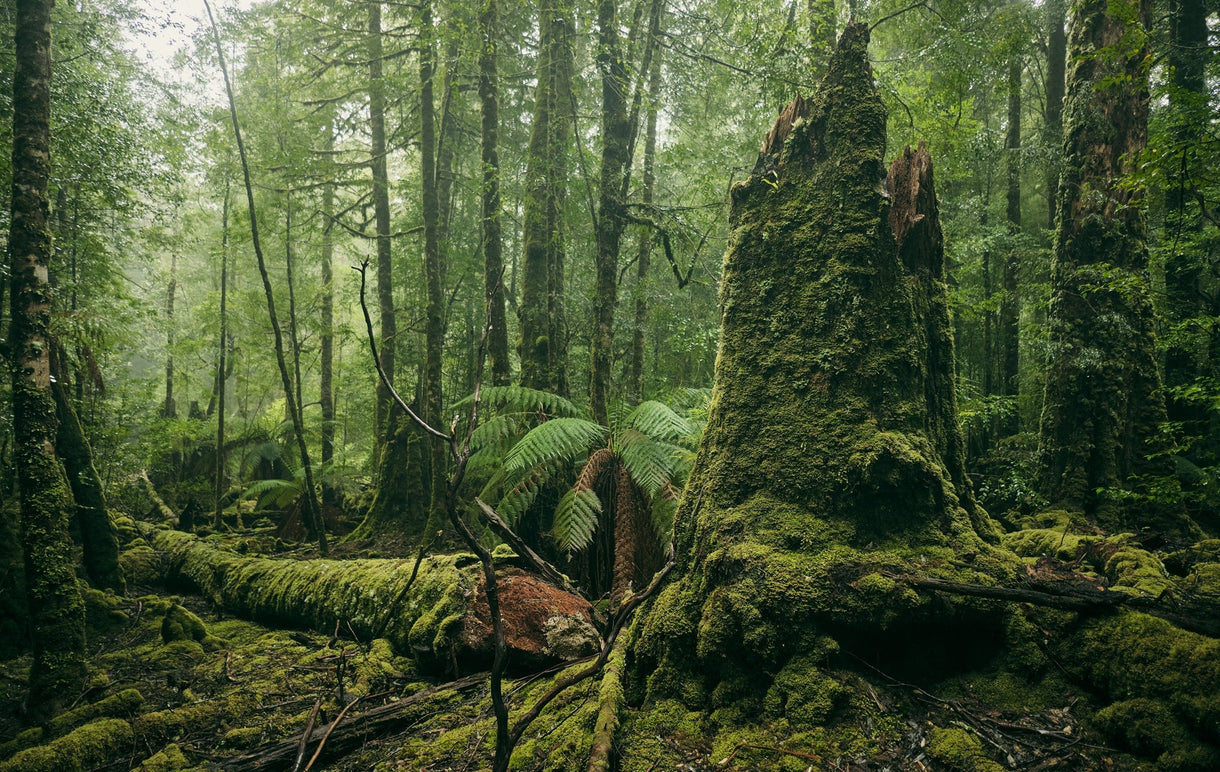
![Today was a huge victory for coastal communities between Sydney and Newcastle. [Front] Damien Cole, Belinda Baggs, Drew McPherson and Asha Niddrie. Photo Zoe Strapp](http://www.patagonia.com.au/cdn/shop/articles/strapp_z_AUS_000142_b147f38f-4f28-4e66-a3ea-89fccd422484_1220x.jpg?v=1650419749)
